|
Gears of War was, alongside Halo and Forza, part of the holy trinity of Xbox IPs in the mid to late 2000s. It brought a level of visceral violence to which most gamers weren’t accustomed, and it coupled it with solid voice acting and an interesting storyline even if the world was almost completely desaturated. Gears of War started off rad, and Gears of War 2 kicked things into high gear. When Gears of War 3 dropped in 2011, Xbox fans were stoked. Gears of War 3 is a direct sequel picking up after the events of the second game, and Epic really put some real emphasis on character and world development here. The fact that a game about roided up dudebros with chainsaw machine guns can make me cry is all you need to know about the writing and voice performance in Gears 3. The lore is really moved along in a meaningful way here, and while it serves as the end to this particular Gears saga, it thankfully left the door open to future installments, thus Gears 4 and 5. Visually, Gears of War 3 takes the foundation of the previous two games and applies further polish and refinement. It’s not as big a graphical leap as Halo 3 to Halo 4, but it looks impressive nonetheless. As with the previous two games, the sound design is fantastic in terms of music, combat sound effects, and voice acting. No one can mistake the sound of a Lancer’s chainsaw revving up or the sound of a Boomer’s shouting “BOOM!” before firing a grenade at you. The addition of the Retro Lancer’s bayonet is my favorite new weapon in Gears 3. Gears of War 3 was initially expected to be the end of a series, but it thankfully ended up being more of a turning point than an end. The story and character development arguably peaked for the series with Gears of War 3, but whether Gears 3 is your favorite or if you prefer Gears 5, this game is absolutely worth dusting off your Xbox 360 or popping that old disc into your Xbox Series X. It’s an exceptional sci-fi war shooter that reinforces the idea that a war shooter doesn’t have to be first person to be badass. My Rating - AActivision used to have this habit of trying to include Call of Duty releases for weaker hardware. Call of Duty 3 was full on multigen, Call of Duty 4 got releases on Wii and DS (although the latter was a totally different game), and Call of Duty: World at War got the same treatment with a Wii port, a different DS version, and now a PS2 side game called World at War - Final Fronts. This is basically the precursor to the Vita side game, Call of Duty: Black Ops - Declassified. Fortunately, Final Fronts isn’t as bad as Declassified, but it still leaves you feeling like it was a bit of a fumble. Like the main World at War on PC, PS3, 360, and Wii, Final Fronts has you fighting across different theaters of World War II. Unfortunately, it’s not just the visuals that took a big hit being on the PlayStation 2; it already felt like the B team did the writing for World at War, and Final Fronts’s script must have gotten the new hires’ unpaid interns. It’s just bland and uninspired, like eggs fried over hard with no salt or pepper; it’s not actively bad, but it’s definitely not especially good. If anything, the visuals actually are the highlight of the game as they look pretty impressive for the PlayStation 2. The controls are a bit clunky - odd considering that the PS2 controller is basically the PS3 controller plus a wire and minus the gyro controls - but they’re serviceable. World at War - Final Fronts has no multiplayer whatsoever despite the fact that the PS2 was capable of online play as well as LAN plan. That exclusion isn’t terribly surprising as relatively few games outside of Dreamcast and Xbox featured online play that generation, but the absence of any local multiplayer is rather disappointing considering that local multiplayer with AI bots was pretty commonplace on PS2 and its competitors. In fairness, though, by 2008, the world had moved on to favoring online multiplayer, and the AI bot multiplayer features had largely died off. It’s a bummer, but it’s not wholly unexpected. Call of Duty: World at War - Final Fronts is a cool piece of Call of Duty history in that it was an attempt to cater to the PS2 audience two years after its successor came out. Granted, the PS2 had some lingering third party support long into the PS3’s lifespan, but still, most of that was from sports games and shovelware; this was a major staple IP. It’s a shame, then, that it’s such a lackluster game. I definitely wouldn’t call it the worst game in the Call of Duty series - that dubious title goes to Black Ops - Declassified on Vita - but it probably is the second worst game in the series. It’s worth a play if you’re a World War II enthusiast, and it’s worth a purchase if you’re a PlayStation 2 enthusiast, but don’t go in expecting a blockbuster game. My Rating - DAlso available on PlayStation 3, Wii, and Windows I first played Call of Duty: World at War when it originally came out a good 15 years ago, but back then, I played on Wii. To be clear, I unironically and genuinely love Call of Duty on Wii. With the 360 Call of Duty games being backwards compatible on Xbox Series X, though, I wanted to collect the old 360 games partly for nostalgia and partly to revisit them on a different system for fun. After all, they're dirt cheap these days. Call of Duty: World at War was the last World War II Call of Duty game for a long while. It's usually looked at as the black sheep of the WW2 CoD games, at least from my experience, and while I don't disagree with the assessment that the other World War II games in the series are better, that's not to say that World at War is bad. You spend the campaign bouncing between playing as American Marines fighting against the Japanese and Soviet army fighting against the Nazis towards the end of the war. Because, as we all know, Russians are terrible, I used a historical loophole to comfort myself and insisted that I was actually a Ukrainian soldier in the Soviet army. Probably wasn't true, but the thought of playing as a Russian in a heroic role is just gross. Anyway, you do a couple missions as the Soviets, a couple missions as the Americans, then back to the Soviets, etc. The campaign culminates with the storming of Shuri Castle during the Battle of Okinawa for the Pacific theater and the storming of the Reichstag during the Battle of Berlin for the European theater. The looks pretty damn good for a relatively early Xbox 360 game, and the action in the campaign is absolutely awesome. My main complaint with the campaign is simply that it feels a little disjoined, not with the content of the fighting itself. It's a bit jarring to jump back and forth between armies and theaters of war over the course of the game. That's not at all unusual for Call of Duty - the series still does that today - but it's not a method of presentation that I tend to prefer. Within the missions, though, there's a pretty solid amount of variety of action. In one mission, you clear out trenches and machine gun nests in the jungles of the Pacific with a flamethrower. In one, you play as a bomber gunner supporting American ships during a naval battle. Then you might be driving a Soviet tank through the German countryside, blasting German tanks and watchtowers along the way. In Shuri Castle, you get to pick up actual mortar shell and just yeet them at the enemies like gigantic grenades, and in the Reichstag, you have to contend with absolutely brutal combat against wave after wave of Nazi defenders. The storytelling and character presentation may have left a lot to be desired in my opinion, but the action was absolutely spot on. If all you want is a good World War II experience, there are truthfully better choice than Call of Duty: World at War. That doesn't mean that this one's a bad choice, though. Whether it's on Wii, PS3, 360, or PC, just because it's not the best at what it does doesn't meant that it doesn't do it well (super confusing but somehow grammatically correct sentences for $800, please Alex). If you're wanting a good World War II story, I'd turn your attention to Call of Duty: Vanguard or Medal of Honor: Allied Assault. If all you really care about is Nazi and Japanese killing action, though, you can do a lot worse than World at War. My Rating - BGears of War 2 was Microsoft's and Epic's follow-up to the absolutely killer original game. It unfortunately never got a remaster for a stronger Xbox console like the original did, but it's still playable on modern Xbox consoles via backwards compatibility. Since the Locust clearly weren't killed over the course of the first game, Marcus, Dom, Baird, and Cole are back to the battlefield against the reptilian horde, and you start off in the meat grinder almost from the get-go fighting off an attack on Jacinto, the last remaining human stronghold. From there, you launch into a massive counteroffensive to take the fight to the Locust. As you would expect, though, not everything does to plan; after all, no plan ever survives contact with the enemy. Over the course of the game, you finally get some solid character development for the Roid Boys and the glorious Cole Train. The game looks rough by today's standards, but it's pretty damn good looking for the time period and the hardware it was released on. I'd love to see a remaster like the original game got, but even without that, it's absolutely playable. The frame rate is consistent even on original Xbox 360 hardware, and if you're playing on Xbox One or Xbox Series X, that frame rate consistency is only more stable. Gameplay wise, it's pretty much exactly the same as the first game with no major changes or additions. The Hammerburst is a single shot weapon now instead of a burst fire weapon, but aside from that and a couple of new guns like the mortar and flamethrower, the combat and game mechanics are pretty much the same. Gears of War 2 is a great follow-up. The characters finally get some real development, the story and world get fleshed out a little, and the action gets a serious bump up. The game is still dreadfully drab with its desaturated color scheme, but that's just a product of being a gritty game made in the mid 2000s. The action still holds up extremely well today, and it's still a blast to play especially if you play co-op. My Rating - BAlso available on Xbox 360 and Windows Gears of War was one of the flagship IPs for Microsoft in the Xbox 360 days. Unfortunately, it's been somewhat neglected lately, but the Xbox One days still held some love for Gears of War. While Gears 2, 3, and Judgement have been neglected, the original game got a nice Xbox One remaster. It's got some bug issues, but it's definitely the way to play these days, and it's totally a game worth playing. The premise of the game is that humans on the planet Sera have, like the humans on Earth, been fighting each other for forever. That all changed on Emergence Day when the Locust, subterranean reptile people, burst from the ground and started ravaging the human cities. Clearly Hillary Clinton leads the Locust. You play as Marcus Fenix, a soldier for COG, the Coalition of Ordered Governments, as he works alongside Dom, Baird, and Cole (the best character in the entire series) to hit back at the Locust and win the war for humanity. Gears of War is a third person shooter where almost all of the men are victims of chronic steroid abuse. The roided up bros tear through the Locust - literally since they have chainsaws on their rifles - as they dart from cover to cover. Since this was a mid 2000s Xbox 360 game originally, the game exists almost exclusively in shades of grey and brown save for the red of the blood. It originally turned me off of the game back in the day - I hate the desaturated aesthetic that was so prevalent back in those days - but the game itself and its gratuitous violence is undeniably awesome. Gears of War was a trip down memory lane for me. Playing it co-operatively with my childhood friend Grant was a ton of fun and definitely more enjoyable than playing through solo. The original is available on Xbox 360, this remaster is available on Xbox One, and both versions are playable on Xbox Series X via backwards compatibility. It's also playable on Windows, so if you've never dived into Sera to battle the Locust, definitely give it a go. My Rating - BAlso available for PlayStation 4, Xbox One, Xbox Series X, and Windows When I played the 2019 Modern Warfare, I had some pretty high praise for it. It was significantly better written than the old school Call of Duty: Modern Warfare, and the voice acting was better, as well. Modern Warfare II from 2022 is a direct sequel to that reboot, and while I didn't think it was quite as good as Modern Warfare, it's a fantastic sequel and a much more engaging experience than the original Modern Warfare 2. After the events of Modern Warfare, Captain Price's special task force along with some key allies are fighting against Hassan Zyani, an Iranian officer in the Quds Force, showing that the game was clearly inspired by the real-world assassination of Iranian Quds Force General Qasem Soleimani. That's the kind of touch really elevates a game for me. In addition to Iranians, you also fight a Mexican cartel smuggling drugs across the border and aiding terrorists. In other words, the Trump administration heavily influenced the storyline of this game. The game's overall story was less interesting to me than the previous Modern Warfare game (probably because Mexican gangsters and Iranian terrorists are a little - but only a little - less fun to shoot than Russians). There wasn't a "No Russian" level, but there was plenty of other brutality to make up for it. The biggest advantage Modern Warfare II has is level variety. Sometimes you're shooting Iranians on a traditional battlefield, sometimes you're blasting Mexican gangsters in urban combat. Sometimes you're driving a truck through a chaotic highway battle, sometimes you're controlling the guns in an aerial gunboat. Sometimes you're using range and stealth to snipe enemies from afar, sometimes you're sneaking around incognito like James Bond. It never gets boring because you never know what the neve level will bring you. When I first fired up this game, I was stunned. I seriously pulled out my phone and texted one of my friends and said "I've seriously never seen a FPS game with graphics this good." It's not necessarily THE prettiest game out there of all genres, but at least of the FPS games I've played, Modern Warfare II is definitely the most visually impressive. Sound design is fantastic and the voice acting is stellar. The level design is, for the part, excellent with a lot of variety in objectives to keep things interesting. If you're into modern military shooters, then this is an excellent one. I'm not one for Warzone, but the regular multiplayer is just as much fun as you'd expect. As with most of the Call of Duty series, it's not perfect, but it's a damn good time. My Rating - AFinal Fantasy is a series that I love, but it's always been a series I tend to like more in theory than in practice. They're such a massive time commitment, and since FF9, the games have seemed less and less interesting to me. From the time I first saw the reveal at the PS5 original reveal, though, I loved the look of Final Fantasy XVI. It looked dark, violent, and full of political intrigue, and that's completely my jam. I know there's been some criticism online for the complete exclusion of any non-white characters even as incidental NPCs, but all I'm going to focus on here is the game itself; I'll leave the arguments about social issues to Kotaku, Tumblr, and Twitter (although I guess it's just "X" now thanks to Elongated Muskrat). The main character, Clive, is the elder son of the archduke of the Grand Duchy of Rosaria, a small but proud country in the west of the continent of Storm. Most people are just regular people, but a small number are born as bearers, people who an use magic without a crystal. These people are brutally discriminated against by the non-magical majority and enslaved with a tattoo brand on their cheek. A select few people are dominants, those who can not only use magic but can harness the power of an eikon associated with one of the seven element. Rosaria's archducal family has always had the power of the Pheonix, the eikon of fire, passed down in its family line. Clive did not awaken as the dominant of fire, but his younger brother, Joshua, did; as such, Clive instead trains as a soldier to be the First Shield, the knight whose primary duty is the protection of the dominant of fire. Most recent Final Fantasy games used an active time combat system that's not truly turn based but not a true real time action RPG. Final Fantasy XVI is a full fledged action RPG, though. If you just stand there, you're not going to attack at all. You've got your basic attack with square and your basic ranged magic attack with triangle, but you can use magic abilities to chain attacks together. It takes some getting used to, but once you get a feel for your abilities and how to chain them together effectively, you can absolutely devastate your opponents. I still prefer classic turn based combat, but I do prefer this over the hybrid system that Final Fantasy has used for a lot of the past several entries. It should come as no surprise given that it's the first current generation Final Fantasy game, but Final Fantasy XVI is a stunningly gorgeous game. You've got two visual settings, graphics and frame rate, as is usual, but the use of the two settings here is sadly minimal. The frame rate setting wavers a lot, especially when exploring. It will range anywhere from near 60 to low 40s and high 30s. The combat frame rate, at least, is a fairly consistent 60, but the inconsistency of frame rate is a real bummer. The graphics setting, on the other hand, looks much better with details, and while the frame rate is obviously much lower, it's fairly consistently 30 fps. I almost always go for frame rate when there are settings, but in this game, I opted for the graphics setting for the sake of the consistency. Final Fantasy XVI is, potential social issues aside, a fantastic RPG. It's one of the shorter Final Fantasy games if you stick just to the main quest, but if you 100% the game like I did, it will take probably 80 hours for a playthrough. If you want the platinum trophy, you'll have to do a New Game+ playthrough on the Final Fantasy difficulty that is unlocked upon finishing the game once. It would be nice if they could fix the inconsistency with the frame rate visual mode, it would be an even better experience. Either way, I thoroughly enjoyed my time with this game and may well do another playthrough on the Final Fantasy difficulty later on. Gotta give a shout out to my buddy, Gordan; his brother won a download code for Final Fantasy XVI from a contest, but as neither Gordan nor his brother have a PlayStation 5, they gave the code to me. As a result, I got to play this incredible (and $70) game for free. My Rating - SAlso available on Switch, PlayStation 4, Xbox One, Xbox Series X, and Windows As a brony since the first season of Friendship is Magic, I still mourn the end of gen 4, but I gotta admit, gen 5 ain't bad. This game had been on my radar for a while, but I never got around to actually ordering it. When I saw it was coming to PlayStation+. I was stoked. Most of my friends thought I was kidding when I said that I was going to play it as soon as it got added to the service. I have no idea why. This is literally the most in-character thing in the world for me to do. You play as Sunny Starscout, gen 5 protagonist and all around best pony (Sunny/Izzy OTP), as you go around Maretime Bay helping your friends to set up for Maretime Bay Day and uncover a plot by the town's most virulently racist and Earth pony nationalist pony. I'm not kidding, that's seriously part of the game; if you've ever seen the My Little Pony: A New Generation movie, the Earth ponies are seriously just Trump supporters with hooves. As you'd expect from Outright Games, it's short, shallow, and simple, but it's cute, and for fans of the IP, and it's a pleasant little romp. It's not like there's a huge time commitment; it took me less than two hours to 100% the game and get the platinum trophy. It's absolutely a low-budget game, though, and it looks the part; the character models are nice enough, but it looks like a PS3 game. As you go through the game, you'll have little puzzles to solve some of which involve using your Earth pony magic and some of which are just Baby's First Logic Task. There are a handful of minigames spread throughout which would be more fun if they were at all challenging, but it's a kids' game, so it makes sense. There are just shy of 2000 magic bits for your to collect in the game which unlock cosmetic items for Sunny to wear. About halfway through the game, you unlock her signature roller blades and discover that ponies in roller blades is absolutely peak aesthetic. My Little Pony: A Maretime Bay Adventure is a stunningly short and easy game, and I absolutely do not recommend it to anyone who doesn't have small children or isn't otherwise a fan of My Little Pony. If you DO have little kids or like My Little Pony, however, give it a shot. Even brand new, it's only $20 these days, it's on ever platform, and as I mentioned, it's part of the PlayStation+ catalogue for the moment, so it's readily accessible. Go in with reasonable expectations, though; this is a little kids' game through and through, but what it sets out to do, it does fairly well. My Rating - CAlso available on PlayStation 3, Xbox 360, Xbox One, OSX, and Windows Call of Duty: Modern Warfare 2 is a nice step up in narrative quality from Call of Duty 4: Modern Warfare in my opinion. It's not perfect - I feel like there are a few loose ends in the story that didn't get adequately addressed - but instead of the horribly written "unnamed desert country somewhere in the Middle East," you're fighting predominantly in named locations this time, primarily the United States and Russia. It still falls prey to "late 2000s/early 2010s bad Call of Duty writing," but it's a solid move in the right direction. A note that if you're playing the remastered version on PlayStation 4 or Xbox One like I did, it's just the campaign, no multiplayer. If you're playing the original release on PS3 or 360 (or PC), though, the multiplayer is still running, still being played, and still fun. The story takes place after the events of Modern Warfare, and despite your efforts in the previous game, the ultranationalist faction still manages to take control of Russia. Control swaps between a few different characters over the course of the campaign, but you're mainly fighting on two fronts - to contain the ultranationalist Russians' plans, and to defend the United States after being invaded by Russia following a false flag terrorist attack. The stages where you play as an American soldier trying to fight back the Russian invasion are definitely the high point of the game for me, but that's probably because I love that sort of "fight back the invading horde" gameplay. As a side note, with a year and a half of war in Ukraine as context, I now find the notion that Russia could not only invade the United States but seriously push our defenses to the limit and occupy our capital to be downright laughable and absolutely hilarious; they couldn't even do that in a significantly weaker country with which they share a land border. We need a new boogeyman. One a bit less woefully incompetent. I'm going to feel like a heretic when I say this, but Nintendo needs to be taking notes; this is how you do a remaster. This game mostly looks like it was made for the PS4, not a polished PS3 game, and it's only $20; Twilight Princess HD looked like a hastily upscaled Wii game with minimal actual remastering and sold for $50 digitally at launch. I adore Nintendo, but their remasters leave a lot to leave desired; I generally dislike Activision, but damn if they don't know how to remaster a game. Modern Warfare 2 Remastered really does look fantastic, and it plays even smoother than before. I know a lot of people play Call of Duty for the multiplayer, but they've got some seriously great campaign experiences. It's a bit rough from a writing standpoint, but for the gameplay experience, this is a pretty damn good time for $20. For those a bit more easily offended, you do get the option of skipping the infamous "No Russian" level. While I've always been a bit prejudiced against Modern Warfare 2 as the only 7th gen Call of Duty game that never came to Wii (or, in the case of Black Ops 2, Wii U), but I can't deny that it's a fun game and a step up from Modern Warfare with regards to the writing. The characters still feel pretty bland in my opinion, but the larger narrative definitely has that action movie feeling of gravitas that makes for a fantastic war game. It's included with PlayStation+ and will probably come to Game Pass as soon as Microsoft's acquisition of Activision is finalized, so give it a go when you can. My Rating - AAlso available on PlayStation 4, Xbox One, Xbox Series X, and Windows It is no secret to anyone who's read any of my reviews here that I'm a huge fan of the Hyperdimension Neptunia series. There's a reason my rating system uses "Neps." While the games themselves are usually solidly in the "average" tier, it's the characters and premise of personified game consoles that keeps me coming back for more game after game after game, and Neptunia: Sisters vs Sisters did not disappoint. It didn't surpass my expectations, but it also didn't fail to meet them. Idea Factory seems to have given the series a soft reboot of sorts for the 9th gen Playstation console. They remastered the remake of the first game with Neptunia ReVerse, and while this is not a remaster of the remake of the second game, it does take a cue from the second game by having the CPU Candidates, the little sisters of the main characters, taking the role of the main characters this time with Nepgear being the protagonist instead of Neptune. The story, however, is all new, and not only that, but this is, according to Gematsu, the first time that the CPU Candidates' models have been remade from scratch since the characters were first introduced. I'll be honest, I'm a big fan of Idea Factory, but that's more effort than I usually expect to see from them, especially from this series, so I was pleasantly surprised by that. The premise of the game is that the CPUs of the four nations of Gamindustri - Planeptune, Lastation, Leanbox, and Lowee - go to help handle some crisis on the PC Continent, but that continent ends up being swallowed up in some kind of dimensional vortex. Unfortunately, Neptune disappears into the vortex, too, leaving Nepgear as Planeptune's sole goddess. Not only that, but something called the Trendi Phenomenon is breaking out across Gamindustri, causing massive outbreaks of monsters which has pushed Leanbox, Lastation, and Lowee to the brink and effectively destroyed Planeptune as a nation entirely. Now it's up to Nepgear along with Lastation's CPU Candidate, Uni, and Lowee's twin CPU candidates, Rom and Ram, to unravel the mystery and save Gamindustri. Visually, the game looks really good for the series, and some of the enemy models are gorgeous, but it definitely doesn't even come close to pushing the PS5. It looks like a nice PS4 game. I haven't played it compare, but I bet if you put the PS4 version and the PS5 side by side, no one other than Digital Foundry would be able to tell the difference, and I'm not 100% sure even they would be able to notice. Still, though, Neptunia is a not a hardware-pushing or high-budget series, so for the price of the game ($50 MSRP if I remember correctly) and the precedent of the series, it's a pretty good looking game, and it runs at a pretty smooth and stable frame rate. Honestly, my only real complaint with the game is the side quests. Some of them are pretty reasonable, but others are insanely frustrating. Gather 15 of Item A. Okay, cool, that's fine, except that Item A only appears in crates. Crates only respawn when you leave and re-enter a dungeon, and there are only like 10 in each dungeon. You also only have a 3% chance of obtaining Item A when you break a crate in that dungeon. Or Slay 10 Monster As. Okay, well Monster A only appears in this part of this dungeon, and it only has a 10% chance to spawn. You have to kill everything in that part of the dungeon and then just wait for things to respawn (takes probably five minutes of waiting) and hope that one spawns. And then do that 10 times. Not hard, per se, but needlessly annoying. Neptunia: Sisters vs Sisters is not going to win any Game of the Year awards, it won't be remembered as a groundbreaking RPG, and it won't be lauded for its stunning visuals or riveting storytelling. That said, it's fun time. Annoying side quests aside - and I only found around a quarter to be super annoying - it's a cute, fun little game, and it's longer than I expected with my playthrough clocking in around 40 hours. It'll probably get a price cut fairly quickly or be available cheaper used, so if you're into waifu fan service, give it a go. My Rating - BAlso available on PlayStation 4 and Windows I initially skipped Modern Warfare (which I typically call Moderner Warfare because I despise the trend of giving a reboot the exact same title as the original game) when it first came out because I mistakenly though that it was like Black Ops 4 and had no campaign. Once I realized that I was mistaken, I kept telling myself I'd pick it up, but I just...never got around to it. I finally rectified that, and I managed to snag a used copy complete for $10 online. Sounds like a win to me. How does it compare to Call of Duty 4: Modern Warfare, though? Better in every way, in my opinion. This game fixes every gripe I had with the original Modern Warfare. Keep in mind that this is a reboot, not a remake, so it's a completely different story in a different universe; don't let the reused character names and designs confuse you. The Captain Price here is not the Captain Price from the original Modern Warfare trilogy. My biggest grip with Call of Duty 4 was that you were fighting in....you never knew where. It was the Middle East, but the game adamantly refused to tell you where in the Middle East. What part of the Middle East? Arabia? The Levant? Closer to India? Asia Minor? What's the name of the country? Who knows? Bad writing. Modern Warfare 2019 does not do that. They tell you exactly where and whom you're fighting; you're in the fictional country of Urzikstan fighting against both occupying Russian forces as well as terrorists from the group Al-Qatala. The other thing this game does infinitely better is character development. Yeah, most people remember Captain Price and Soap from Call of Duty 4, but that's because they were central to the plot, not because they were actually particularly memorable characters. They were fine, but they were generic. In this game, the characters actually have memorable personalities. Captain Price is fantastic, Alex is awesome, and Farah is probably my favorite character in the entire series. What the original game excelled in was the big picture story and the action, and this game absolutely lives up to the standard CoD 4 set in that regard. I played on Series X using Xbox One backwards compatibility, so I can't speak to performance on base Xbox One or on Xbox One X, but the game ran at a pretty solid 60 fps and looked absolutely fantastic during my playthrough. Characters looked amazing, environments were detailed and rich, and the explosions would have made Michael Bay proud. As is standard for more recent Call of Duty games, motion capture and voice acting was stellar from start to finish. It's a real shame that I skipped this game initially because it really is a fantastic single player experience. Call of Duty: Modern Warfare [2019] is a truly fantastic game. I have a very love-hate relationship with Call of Duty as a series, but that's honestly more because of how toxic the community is than the games themselves (except for Warzone and Black Ops 4; I genuinely dislike those at a foundational level). I'm a campaign player, so that's what I primarily judge a game on, and on that basis, Modern Warfare is exceptional. Call of Duty almost always has stellar multiplayer, so that was never an issue, but couple that with a fantastic single player campaign, and you've got a seriously good modern war shooter here. If I could change anything, it would only be to make the game a bit longer as it only took me about six hours to play through. Quality is here, but the quantity is still lacking. My Rating - BAlso available on Windows Redfall is a game that that had a lot of hype to live up and, according to critical reviews, seems to lived up to almost none of it. Arkane has an impressive resume, so a lot of people had high expectations for this game, but there's one key factor people seem to forget that makes these expectations unreasonable in my opinion - Arkane's games are single player whereas Redfall is a (mostly) open world multiplayer game. Yeah, you can play it solo as I did, but it's definitely a multiplayer game. That's a big difference; a studio specializing in single player experiences is not going to hit it out of the park on their first big multiplayer experience, especially with the turnover and personnel issues that Arkane had with this game The premise of the game is that you're trapped in the island town of Redfall, Massachusetts, a town that suddenly finds itself infested with vampires and cults worshipping them. You have a choice of playable characters each of whom have their own unique traits and skills. I chose to play as Devinder, a cryptozoologist with a gloriously British accent and a badass ultimate skill that sets up a tridirectional pulsating UV light that petrifies any vampires in range. As the vampires have somehow frozen (in time, not in ice) the ocean into massive walls of water preventing escape, the player(s) have no choice but to go on the offensive and hunt down the vampires if there's any hope of escape. The game is divided into two halves with four "vampire gods" that have to be slain numerous sub-bosses, some optional and some mandatory. You start the game in Redfall Commons where your main goal is to slay The Hollow Man. In addition to the vampires serving as The Hollow Man's thralls, you'll have to deal with his army cultists and the Bellwether mercenary company, as well. None of the human enemies are particularly difficult to kill, but they WILL swarm and obliterate you if you give them the chance. The sniper rifle was my best friend. Humans die as they would in any game, but vampires are a little trickier. You can kill them either with fire, by meleeing them while they're petrified, by shooting them with a gun that has a special perk to let you kill them (I only found one in my playthrough), or by draining their HP and then meleeing them with a weapon that has a stake attached (that would be either your shotgun or assault rifle). Anyway, once you kill The Hollow Man, you're going to be thinking "That was way too short. That can't possibly be the whole game." And it's not; you then make your way to Burial Point, the second half of the town of Redfall at which point the game inexplicably locks you out of Redfall Commons forever. This is a bizarre design choice which serves no purpose that I can see and only limits player freedom. Needless to say, it irked me. In Burial Point, you spent your missions hunting down two vampire gods - Bloody Tom and Miss Whisper. Once they're dead, you take on the game's final vampire god boss, The Black Sun. As you're doing all of this, there are numerous side quests, some "campaign side quests" that you take on at the mission table, and some miscellaneous side quests that you either pick up from the world or by talking to a certain NPC. You also have various safe houses across the world that you can secure. These safe houses have three steps to complete. First, you find the actual safe house and turn on the generator powering the UV lamps that protect it. Sometimes this involves just interacting with the generator, but sometimes the generator key is missing, so you have track down the key before you can turn on the generator and activate the safe house. Then you have to complete a random side quest. After that, you have to kill the vampire underboss of the neighborhood. Once all of that is done, you have secured the neighborhood (a misleading turn of phrase as there will still be vampires, mercenaries, and cultists skulking about). Visually, the game looks very Arkane. I don't know a better way to describe it than that. It's definitely not a photorealistic art style but it's not cell shaded, either. Someone more educated in digital art design can probably give you a better description than that, but whatever it's called, I quite liked the art direction. Vampires looked cool, the human characters looked nice, and the world itself was extremely well designed. As for performance, I've heard from friends who tried the game that some of them hit a lot of bugs, but I think they just had bad luck; even with the day one version, my main bug encounters were weird physics glitches - objects floating an inch off the ground, dead enemies ragdolling a bit too much, etc. There was one fast travel point in Burial Point that would spawn me under the world where I'd fall to my death or in the air in front of a cliff instead of on it where I'd fall and take damage about one out of every three times, but that's it. I had one crash in nearly 30 hours of gameplay which I don't consider to be bad. The only performance issue I had was slow down. The game usually runs at 30 fps (they say a 60 fps performance mode is coming later; no clue why that couldn't have been implemented at launch), but I had numerous frame rate drops including some that briefly dropped to what looked to be sub-20 fps. These were all during busy fights, but still, I was playing on a Series X, and this game isn't exactly a showcase of graphical fidelity. Overall, Redfall is okay. It's a fun little vampire romp, but the story is pretty standard and uninspired, the gameplay gets repetitive, and there are only a few truly unique places in an otherwise homogenous world to explore. It would probably be more fun with friends, but if you've got three other friends ready to play a co-op Xbox game, you're better off going with Halo Infinite or Back 4 Blood. There's just nothing that makes Redfall really stand out aside from having vampires instead of zombies, and that's not enough to make up for a bland world, mediocre story, and inexcusable performance drops. My Rating - CAlso available on PlayStation 4, PlayStation 5, Xbox One, and Windows As a lifelong Star Trek fan, I yearn for the days 20+ years ago when Star Trek games were plentiful and amazing. We've seen a renaissance of Star Trek shows in recent years, but the games haven't caught up yet. Hopefully that's changing, though, as Star Trek: Resurgence's May 2023 release brought a heavily cinematic and story-driven experience that FEELS like you're playing a season of Star Trek. The story revolves around the ship's new first officer, Commander Jera Rydek, and engineer Petty Officer Carter Diaz board the Centaur class science vessel USS Resolute. Rydek struggles to slip into her new role after the unpopular decision to bring in a transfer as the new first officer after the tragic death of the previous first officer instead of promoting from within the crew. Meanwhile, Diaz is just content to be a dipshit grease monkey and fix the engines while his Vulcan department head glowers at him. Taking place after Star Trek: Nemesis - specifically after William Riker becomes captain of the USS Titan but before the Hobus supernova - the story revolves around a diplomatic mission to escort a Federation ambassador to negotiations where they will serve as a neutral intermediary between the Hotari, a relatively primitive spacefaring race, and the Alydians, a race roughly on par with the Federation that has kept the Hotari in imperial bondage for centuries. If you've ever played a TellTale game like Wolf Among Us, The Walking Dead, or Game of Thrones, then you pretty much know what you're getting here as Dramatic Labs has created a game that plays just like that. The focus is all narrative with some action thrown in for good measure. As is the case with TellTale's games, character choice is paramount, and your choices will have a direct impact on how the story plays out. Sometimes these choices are fairly minor, and sometimes they're major turning points; a lot of the time, you don't know what impact your choices will have until after you've made it. It's not as polished as TellTale's games with some visual glitches, one instance of a bug that forced me to reload my game, and a couple of bugged achievements; but for what, from what I can tell, is the studio's first release, it's pretty darn good. It makes sense, also, that it's so similar to TellTale's games as the studio is composed of former TellTale talent. The game's flaws are entirely technical as the writing and acting are simply superb, and fortunately, those flaws are minor. Visually, the game looks last gen and feels like a backward compatibility game even running natively on Series X and PS5, but that's really not that important; Star Trek has always been about the stories and character choices, not the flashiest and most state-of-the-art visual effects. The story is broken in three acts each of which is composed of a number of chapters that have title displays exactly like you'd see in an episode of The Next Generation, Voyager, or Deep Space Nine. That helps more than you'd think to set the tone and feel as essentially a playable season of Star Trek. Star Trek: Resurgence is not a perfect game, and those wanting an action packed space adventure will be disappointed, but for those wanting a genuine Star Trek experience, then look no further. This honestly feels more authentically Star Trek in my opinion than the legendary games of twenty years past like Elite Force and Bridge Commander. The element of choice really makes you feel like you're an active participant in the events rather than an outside observer. That said, the lack of checkpoints during chapters is irksome, and for a native Series X game rather than Xbox One game played via backwards compatibility, I would have hoped for some more impressive visuals. Still, the game looks completely fine, and outside of a few hiccups, runs well. I hope that Paramount allows Design Labs to keep the license because this is exactly the type of Star Trek game I want to see more of, and I'm sure that with future opportunities to make games, the team will only improve and deliver even better narrative experiences. My Rating - BYou remember that game I reviewed a few months ago called Hentai World? Well, for some reason, they made a sequel that nobody wanted. Hentai Girls. The game is as generic, bland, and forgettable as the title, and it's just as bad as the previous game. It's literally exactly like the previous game. If anything, it's worse. It's still just a boring sliding square puzzle, but there are fewer levels here, and there's no dialogue whatsoever. Sure, the dialogue was dumb and pointless in the first game, but at least it was there. There's just...nothing here. I literally don't know what else to say about it. Oh boy, I get to do some easy and boring puzzles to see generic topless anime women. Whoopie. The game sucks. It shouldn't exist. It doesn't have one single redeeming aspect. Boring puzzles, no dialogue, and less content than the previous game. Don't buy it. It's not even worth it as a joke game. My Rating - FAlso available on PlayStation 4, Xbox Series X, iOS, OSX, and Windows Resident Evil 4 is widely considered to be one of the best games if not the best game in the series. I don't personally agree with that assessment, but it's absolutely a fact that Resident Evil 4 is an exceptional game that manages to blend the horror experience that the series is known for with a more action focused experience that was becoming more popular in the mid 2000s. After the huge success of the recent remakes of Resident Evil 2 and Resident Evil 3, Capcom decided to neglect the only remaining main series game that didn't have a native version for modern hardware and remake Resident Evil 4, a game that has a competently upscaled version for PS4 and Xbox One. You'll get justice one day, Code Veronica... For those unfamiliar with the story, six years after the events of Resident Evil 2, Leon Kennedy is working as an agent for the United States government. The president's college student daughter, Ashley, has been kidnapped by a weird cult in Spain, and Leon is sent in to find and rescue her. What he discovers is that this isn't just a cult; it's a violent murder peasant cult. They're not zombies in the T-virus sense, but for all intents and purposes, they're basically zombies in the Haitian voodoo sense. While Resident Evil 4 didn't need a remake in my opinion, I'd be lying if I said that they didn't do a good job with this one. It looks absolutely fantastic, and the controls are every bit as modernized as you would expect. It's also got some good accessibility, too with an array of difficulties from "anyone should be able to finish this" to "no one should be able to finish this," and if you find that you've overestimated yourself a little bit, you have the option of lowering your difficulty once you've started instead of having to start over. I played on PS5, but I would imagine that the PS4 version looks stunningly good as well considering how good the Resident Evil 2 and 3 remakes looked on that system. It's a shame that the game isn't available on Switch, but there's just no way that a game this graphically impressive could have run on Switch without downgrading the visuals intensely or making another stupid cloud version. For those who like cosmetic flairs, there are a variety of costume options for both Leon and Ashley. Speaking of Ashley, while the game is still a giant escort mission, Ashely's AI is INFINITELY better than it was in the original. You still have to keep your wits about you to make sure she isn't captured or killed, but you're not going to be tearing your hair out hearing "LEON!!" every four seconds anymore. I was ready to feed her to the monsters and just tell the president I was too late in the original game; I legitimately liked her in this game. This Resident Evil 4 remake should have been a Code Veronica remake, but since it wasn't, I'm quite happy with what we got. This is absolutely the definitive way to experience the story, and it's an absolute blast to play. I can definitely see myself replaying this in the future because of how much fun I had this go around. This is a definite must-play for fans of survival horror games even if it did lean just a bit too heavily into the action side of things for my liking. My Rating - AThe Legend of Zelda is a series that has consistently reinvented itself in one way or another over its history. The first game was a top down adventure; the second game was a side scrolling RPG; the third game returned to the style of the first but with dramatic visual and mechanical improvements. When the series shifted to 3D, each game was distinct in both tone and art direction. That hasn't changed with Tears of the Kingdom, although of the few Zelda games that are direct sequels, it does appear to be the most similar to its predecessor. Don't let appearances fool you, though; this game is quite distinct from Breath of the Wild in a number of ways that keep it feeling fresh and prevent it from being, despite what some naysayers on the internet may tell you, "overpriced DLC." Tears of the Kingdom takes place six years after the events of Breath of the Wild. Hyrule is recovering from the Calamity, and Princess Zelda (no clue why she's not Queen Zelda when she's the only surviving royal) is trying to lead her kingdom to a prosperous future and learn from the past accompanied and protected by her faithful knight, Link. When investigating a chamber discovered deep beneath Hyrule Castle, they discover a mummy with a hand stuck to its chest. As mummies are wont to do, it magically reanimates itself and attacks Link, wrecking the Master Sword and Link's arm in the process, and throwing Link and Zelda into a random chasm. Upon regaining control of Link after the various opening cut scenes, you'd be forgiven for thinking that you're just playing more Breath of the Wild as the major differences do take some time to sink in. The two most significant gameplay differences are the fusion ability and the world itself. With the fusion ability, you can fuse together elements in the world to create a variety of tools to help you along the way. One of the tutorial elements early on has you make a raft. Half of the puzzles in the game (if not more) can be solved with the universal rule of Tears of the Kingdom - "When in doubt, build a bridge." Eventually, you'll be making cars, airplanes, and giant death mechs. It's at least 20% cooler than anything Breath of the Wild had to offer. The big game changer for your average gameplay, though, is the ability to fuse damn near anything you find in the world to your weapons. Have a stick and a curved rock? Now you have an axe. Have a shield and an explosive barrel? Now you have a bomb shield that will explode and send an enemy flying when they hit it. Have a sword and an explosive barrel? You're about to commit a murder-suicide. These weapon fusions have some serious potential, though; you can take a 10 attack power sword and turn it into a 65 attack power sword with the right fusion material. Unfortunately, you can fuse anything to your bows, but you can fuse material in your inventory to your arrows to make bomb arrows, fire arrows, etc. Tears of the Kingdom's other main difference is the massive scope of the world. The regular overworld is virtually identical to Breath of the Wild, but you also have a series of sky islands that you can (with a little frustration and creativity) explore and traverse as well as the depths, a realm the exact same size as the Hyrule overworld but mirrored. Wherever there's a valley in the overworld, there's a mountain in the depths; wherever there's a river in the overworld, there's a literally impassable rock wall in your way. I found the depths to be a little boring and same-y after a while, but there are definitely some wicked features to explore, and the combat gets a lot tougher in the depths than it usually is in the overworld. The game gets its subtitle from the twelve Dragon's tears that you can find throughout the world. Every time you interact with a new Dragon's tear, you're shown a cutscene that reveals some of the story of what happened to Zelda who has been mysteriously missing after the magic mummy's attack. This is where the bulk of the game's story gets told, and it's a story that I honestly think puts the majority of the Zelda series to shame. Tears of the Kingdom is a vast improvement over Breath of the Wild in every way. It's significantly larger in terms of the physical world, it's got more options to traverse the world and approach combat, the story is better, there are TONS of side quests, and the visuals and performance are both much improved. This is a virtually perfect game, and while it's not quite my favorite Zelda game - that title will probably always be with Link to the Past - it's a damn close second. I put in just shy of 180 hours in my playthrough, and the game said I was less than 60% complete. It may be the first Switch game to retail for $70 rather than $60, but trust me, you're getting your money's worth here and then some. My Rating - SAlso available on PlayStation 4, PlayStation 5, Xbox One, and Windows Have you ever wanted Left 4 Dead but on modern consoles and just slightly less memorable? Congrats, that's Back 4 Blood. To be clear, this game is a TON of fun. To be clear, this game is not as good as Left 4 Dead. What makes it worse? No clue. It's one of those subjective, intangible things that is impossible to really put into words but that just "feels off." Still, though, since Left 4 Dead is pretty old at this point and isn't up to par visually anymore, Back 4 Blood is a pretty solid next best thing. The basic premise is that you're part of a group of survivors called "Cleaners" who try to mop up groups of zombies infected with an alien parasite worm and help whomever you can from your base of operations in Pennsylvania. Early on, the game suffered from bugged difficulty making some of the levels significantly - unfairly so sometimes - more difficult than the developers intended, but now that that's been fixed, the game is very doable both solo and with a team. The characters, in my opinion, aren't nearly as memorable as those in Left 4 Dead (I just wanna hear someone shout "Pills here!"), but they're still cool enough, especially Mom who's a total badass. As far as gameplay goes, it's almost exactly like what you would imagine Left 4 Dead being with another decade or so of graphics technology. You've got a solid array of guns, and the missions are varied enough to keep it from getting stale. The coolest part, and what really makes it stand out, is the card system. You can build a deck of cards that add certain perks to your character. Things like more health, more ammo, better hip fire but can't aim down sights, heal when using melee, etc. They let you really custom tailor your character to suit your playstyle, and that's something that I very much welcomed. It's probably not fair to judge Back 4 Blood up against Left 4 Dead 2 since that's considered to be one of the best zombie shooters of all time, but it's hard not to compare them; Back 4 Blood is a spiritual successor in the most obvious way. What it does, it does extremely well. It's just that it doesn't do quite enough to set itself apart from Left 4 Dead, and that makes comparisons that don't favor Back 4 Blood inevitable. The deck system is definitely awesome, and they get major props for that, but aside from that, it really does play and feel like a slightly worse Left 4 Dead with better graphics. Should you play Back 4 Blood? Absolutely; it's a ton of fun. Just go in with tempered expectations and know that it's definitely not Left 4 Dead 3. My Rating - BAlso available on Super Nintendo, Game Boy Advance, Wii, 3DS, Wii U, and Switch Super Mario Bros was the game that put Nintendo on the map in 1985, but the sequel plan got a little murky after that. Japan got the exceptionally good but exceptionally difficult Super Mario Bros 2 (which we in the West know as Super Mario Bros: The Lost Levels), and in the West, we got a reskin of Doki Doki Panic released as Super Mario Bros 2 (which Japan knows as Super Mario Bros 2 USA). Nintendo of Japan and Nintendo of America finally got their plans straight for the third game, though, and released Super Mario Bros 3 across all regions (with a few regional tweaks) to universal acclaim. This might actually be the greatest game in the entire NES library, and I'm not exaggerating. Super Mario Bros 3 set a lot of standards for Mario. We got a look at more recognizable versions of some of the Mario characters, we got a proper overworld, we got power-ups that could be held in storage, and we got a whole host of themed worlds and interesting new abilities. Like with the original games, you can skip through levels - through the use of warp whistles this time instead of warp pipes - and if you know where to look, you can skip from partway through World 1 all the way to World 8. Of course, you're missing almost all of the game if you do that, but hey, it's speedrunner friendly. One of the most impressive things to me is the visuals of the game. It looks NOTHING like the original Super Mario Bros. Despite running on the exact same console hardware, Super Mario Bros and Super Mario Bros 3 look IMMENSELY different, and they certainly look like their releases were separated by more than three years (in Japan, anyway). The leap in graphics is practically generational in its extent; I think the jump from Super Mario Bros to Super Mario Bros 3 looks more dramatic visually than the jump from Super Mario Bros 3 on NES to Super Mario World on SNES, although I fully admit that there's likely a bit of NES nostalgia talking there. Super Mario Bros 3 is pretty much just as legendary as Super Mario Bros, so talking too much about it is basically beating a dead horse. The dead horse may be Princess Celestia, but still. It is a testament to its greatness, though, that the film The Wizard is basically just an excuse to advertise Super Mario Bros 3 to Americans in theaters, and god bless them for doing it. I firmly believe that this is the best game the NES has to offer, and while I won't go as far as to say that it's the best 2D Mario game, was is my favorite 2D Mario game until Wonder came out. I can only actually beat it every now and then when I'm really on my A game these days, but I'll never tiring of revisiting Super Mario Bros 3 for twenty or thirty minutes now and then for some nostalgic comfort food. It is truly a perfect 8-bit game. My Rating - SAlso available on Super Nintendo, Game Boy Color, Game Boy Advance, 3DS, Wii, Wii U, and Switch Super Mario Bros for the Nintendo Entertainment System is the granddaddy of the 2D platformer. While it certainly shows its nearly 40 years of age these days, its simple charm and iconic visuals and sound effects continue to be brutally addicting. This was the first video game I ever owned and played, so it's got a very special place in my heart, but beyond that, it set the gold standard for what a platformer should be and cemented Nintendo's place as THE home console manufacturer from the mid 80s through the mid 90s. Anybody who's anybody is familiar with Super Mario bros, and and with a story as thin as a Paris runway model's waistline, there's not a whole lot to say about the context. You play as Mario as he jumps, runs, and stomps his way through 32 levels of the Mushroom Kingdom to save Princess Peach from Bowser. Each of the eight worlds consists of four levels, and the four level in each world is one of Bowser's castles where Bowser awaits you at the end. There are warp pipes throughout the game that let you skip levels - sometimes multiple worlds at once - if you know where to look and how to access them. With the exceptions of the Nintendo 64 and the Virtual Boy, this game has been playable in some way, shape, or form on pretty much every hardware platform Nintendo has released since 1985. The tight controls, clever level design, and smoothly increasing difficulty curve are what keep Super Mario Bros being fun and playable nearly four decades later, and it's not hard to see how this game made Nintendo a household name. It may be one of an endless sea of 2D platformers today, but every one of those 2D platformers since has at least some element of Super Mario Bros visible in its design and DNA. There's really not much more to say that hasn't been said a thousand times already since Reagan infested the Oval Office; later sequels may have improved upon and perfected the formula that this game established, but it's a classic that remains playable today for a reason. My Rating - AAlso available on PlayStation 4 and Windows Senran Kagura is known for two things - enormous anime tiddies and clothes that tear as you take damage. Neptunia is known for two things - Nep and shallow fanservice. This is an almost perfect crossover of the two series that brings to the table three of those four things. Unfortunately, all clothes remain fully intact for the duration of the game. Unlike most Neptunia games, this game doesn't take place in the world of Gamindustri; the setting for this game is Gamninjustri. The word play is utterly stupid and utterly fantastic. The two major nations in Gamninjustri are Heartland, home to the 4 Ninja Goddesses of the Compa Style, and Marveland, home to the 4 Honeypa Style ninjas. These two great nations have fought along conflict over share energy in which no side has ever managed to win a significant victory over the other despite the two quartets' frequent clashes. When a mysterious faction of robot ninjas called the Steeme Legion shows up and starts attacking nations indiscriminately, the two former enemies must team up to face this threat to Gamninjustri together. As you play through the game, you unlock a total of ten playable characters. From Neptunia, you get Neptune/Purple Heart, Noire/Black Heart, Blanc/White Heart, and Vert/Green Heart. From Senran Kagura, you get Asuka, Homura, Yuki, and Miyabi. There are also two original characters, the cat girl, Yuuki, and the edgelord amnesiac, Goh. You can choose two of these characters to play as at a time in a tag-team set up. The game itself is a pretty fair length - 9 chapters, I think, although the last chapter is really two. In addition to the main chapters, there are several dozen side missions that you can complete for challenge, bonus rewards, or xp grinding. The game has five difficulty settings from stupid easy to brutally difficult, so you can tailor the experience to your preferences. Gameplay is pretty standard beat 'em up. If you've played another Neptunia game, then imagine a beat 'em up that feels like when you're exploring the overworld in most Neptunia RPGs. Mix that with the high tempo combat of Senran Kagura, and you've got Ninja Wars. It really is a solid blend of the feel of the two games rather than being overly heavy on one or the other (think the Fire Emblem X Shin Megami Tensei game that was literally just Persona with a Fire Emblem skin; this isn't that). The story is as typically shallow as most Neptunia stories, but no one plays Neptunia (or Senran Kagura, for that matter) for the deep and well-developed narrative; you play it for big titties (except Blanc) and fan service; this game delivers both in spades. Neptunia X Senran Kagura: Ninja Wars isn't an amazing game, but it is a solidly fun one. It does an excellent job of blending the two series it's crossing, and while it gets a little monotonous if you play it for more than a couple hours at a time, it's a fun game to play for an hour or two a night. If you're a fan of either Neptunia or Senran Kagura, I definitely recommend checking this one out. My Rating - CAlso available on Xbox Series X and Windows The original Dead Space is one of my favorite horror games. I remember playing on the PlayStation 3 not long after I first got my PS3, and it scared the absolute dog shit out of me. With how good Capcom's remakes of Resident Evil, Resident Evil 2, and Resident Evil 3 were, I was super excited when EA announced a Dead Space remake...and prayed to whatever god may or may not exist that they didn't screw it up with microtransactions in typical EA fashion. I am pleased to report that they absolutely did not screw it up in any way, shape, or form. The basic story of Dead Space is that the USG Ishimura, a massive planet-cracker mining ship, has gone dark, and you're on a small ship sent to investigate the loss of contact and repair whatever happened (everyone is operating under the assumption that it's just a mechanical failure of some kind). When you and your handful of crewmates get to the Ishimura, however, you find that something is horribly wrong. Mainly that the crew of a thousand people are dead. To make things worse, they're specifically undead abominations. You play as an engineer named Isaac Clarke, and while he's terrified of the creatures that have taken over the Ishimura, his girlfriend, Nicole, was assigned to the Ishimura as a doctor, and he's hoping desperately that he can find her alive on the infested ship. Having played the original Dead Space on PS3 and the remake of Dead Space on PS5, I am blown away by how GOOD this game looks and sounds. The sound design was always super impressive in the original games, but it's extraordinary in the remake. Everything just SOUNDS terrifying. You never really realize how important sound is to the atmosphere of a horror game until you play a game that absolutely nails the sound design. Visuals, as well, are top notch here. The original release always looked good for the time, in my opinion, but the improvements, the texture detail, and the resolution - a jump from 720p to 2160p - of the remake give the horror an entirely new dimension (as one would hope being two generations and nearly twenty years later). There are a few side quests that you can complete to unlock some bonuses and extra goodies along the way, and it's a good risk-vs-reward type of situation. The side quests require a little more exploring, so you'll have to contend with some enemies you might otherwise have been able to avoid. On the other hand, you'll get the opportunity to gain some extra lore and extra items. I, personally, completed all of the side quests, and I'd say it's worth it, but it definitely threw some extra enemies in my way. If you complete the game once and want to go through it again on a harder difficulty, you do get the option of New Game Plus which gives you some bonuses to take into your new playthrough. If you're a completionist on upgrades, that's the way to go since it's virtually - if not literally - impossible to upgrade everything fully in one playthrough. The original Dead Space was the pinnacle of horror video games in my opinion when it came out in 2006, and I think the 2023 remake is today's pinnacle of horror. It's tough but fair, it's got some fantastic lore, the controls are great and fluid, and it's absolutely terrifying. The only complaint I have is that it does get a little repetitive and last a little longer than I might want. I spent about 18 hours with the game between dying and losing progress and my fervent exploration, and I realistically could have gotten through the game in 9 or 10 hours probably, but by the time I cleared chapter 10 (there's a total of 12), I was honestly ready for the game to be over. Still, though, the game's ending is extremely satisfying, and it ends on a rather open-ended note that leaves the player wondering what happened. If you have a PlayStation 5, Xbox Series S or X, or gaming PC, I absolutely recommend giving Dead Space a go. My Rating - AAlso available in arcades Vs Super Mario Bros is a weird little piece of Mario history. It was essentially a ROM hack of the original Super Mario Bros made specifically for American arcades with some new levels, some items shuffled around, and an overall higher difficulty. It's technically the second Super Mario Bros game (I guess third if you count the original arcade Mario Bros as the first) as it released in America one month before Super Mario Bros 2 (what we Westerners call The Lost Levels) released in Japan. I call Vs Super Mario Bros more of an official ROM hack rather than a truly new game because most of the game is the same as Super Mario Bros as far as levels go. There are six new levels in the game, but all of them were reused in The Lost Levels. The other differences are relatively minor and serve to make the game harder, not original; fewer warp zones, fewer items, and more enemies are the biggest difficulty boosters, in my opinion. Still, though, that does give the game a reason to be played since the average Super Mario Bros enjoyer probably finds The Lost Levels to be a bit too difficult but the original Super Mario Bros to be too easy; this is a really good middle ground between the two. It's definitely tough, but it's not quite as brutal as The Lost Levels. If you play via the Arcade Archives version on Switch like I did, then you can endlessly credit feed to make it a little more doable. That still doesn't make it easy, per se, since you start back at the start of the world if you lose all of your lives, but it's definitely not as brutal as the original quarter-munching arcade cabinet would have been. Other than that and some minor tweaks to levels throughout the game, this is basically just the original Super Mario Bros but on hard mode. If you're a casual Mario fan, this probably isn't worth going out of your way for, but if you, like me, are a big fan of the 8-bit Mario platformers, then this is definitely a must for your Switch SD card for the novelty of it if nothing else. Why this was never brought to the Wii or 3DS Virtual Consoles, I'll never know, but it's on Switch now, so give it a try if you think the original game is too easy. My Rating - ASilver Falls: Galaxy Bound Curse takes you back to the 1990s both stylistically and in setting. It's a Game Boy Color game made as a free distribution game by Silver Falls developer Jerrel Dulay that can be downloaded at a .gb file at no cost on the Silver Falls website. I've tried it out on a variety of systems and can confirm that it works flawlessly with PC emulators, on an actual Game Boy system via a flash cartridge (I used my GBA Everdrive to play it on my Game Boy Advance SP), as a 3DS Virtual Console file when made into a .cia file and injected into a hacked 3DS, and via the mGBA emulator on a hacked Switch. Jerrel has confirmed that, if you have the necessary cartridge, it will work on an old school DMG-01 Game Boy. The game stars Fred, the sheriff of Silver Falls, and a host of other townsfolk you can recruit on a manhunt for Eli Goodwin, a well-known scoundrel in town who has kidnapped a young boy for some nefarious purpose. While there are a large number of playable characters - some with fairly obscure recruitment methods - you can only use two at a time, one "Lead" character and one "Partner" character controlled by AI. Each character has their own primary weapon - for example, Fred has a handgun while Wirriam has a hammer - but you can also equip a secondary weapon. These can bring some balance to your chosen character by giving a ranged character a melee secondary weapon, for example, but they can also be used to solve puzzles, like using an axe to remove a log blocking your path. While you know who kidnapped the child, you don't know where Eli has taken him. Fortunately, Dodger's tracking dog, Samba, can help you out, but for Samba to get the kid's scent, you have to find seven of his toys scattered in and around Silver Falls. Complicating your toy hunt is the fact that there are vicious animals and strange creatures roaming in the wilderness around town, so stay alert, and be ready for a fight. The game is still in beta, and with his focus naturally being on commercial titles more than a free title, Jerrel has had little time to improve Galaxy Bound Curse, so player feedback is super important; my playthrough helped him identify and fix major glitches in the late-game and get the game to its current actually beatable state; if you play the game and see any bugs, definitely let him know via Twitter, Facebook, or Discord so he can continue to improve the game! The sprite work is great, and the music is absolutely fantastic. It's obviously fairly simple music being a literal Game Boy game, but it's wonderfully nostalgic, and when playing on a color-capable system, the sprites look great, and the various environments use great color variety. Like a lot of Game Boy adventures, the game isn't too long if you know what you're doing and where you need to go, but you'll probably spend five or six hours on your first playthrough. There's definitely some replay incentive, though, because each character has unique dialogue when confronting Eli, and some of the dialogue in the game - all parts, not just at the end - are directly referenced in later Silver Falls games, building a story continuity that I absolutely adore. Silver Falls: Galaxy Bound Curse is, hands down, the most impressive GB Studio-made game I've personally seen, and while it is a little rough in places due to being a public beta and pushing the limits of what a Game Boy ROM can realistically hold, it's a fantastic experience. There is a full HD remake, Galaxy Bound Curse DX, in the works for Switch, but that's probably between six and twelve months away, and while it's supposed to be a faithful remake, it won't have the same nostalgic feel that an authentic Game Boy game does. If you've been wanting to see what the storytelling in Silver Falls is like but don't want to commit money yet (or don't have a 3DS or Wii U), then Galaxy Bound Curse is a great place to start and see what the world is all about. I definitely recommend this to any indie game enthusiasts or Game Boy fans, no doubt. My Rating - BSilver Falls Gaiden: Deathly Delusion Destroyers is the latest entry in the Silver Falls series and the last one to release on 3DS before the closure of its eShop. Envisioned as a swan song for the system, this game was designed specifically to maximize the uniqueness of the 3DS systems and, as such, wouldn't really work well on any other system. That reason alone makes it a perfect system finale in my opinion as well as being enough by itself to justify giving a game a purchase. It's also technically a 2-in-1 deal; not only do you get Silver Falls Gaiden: Deathly Delusion Destroyers, but you also get Silver Falls: Ruby River. I'm not going to say how since it spoils one of the cool narrative reveals in the game, but the games directly connect to one another not only in narrative but also in mechanics. All screenshots are courtesy of Sungrand Studios. Deathly Delusion Destroyers tells the story of Gus, a long-time Silver Falls resident, who is looking for someone very important to him who went camping in the woods but hasn't been seen or heard from since This takes place around two weeks after the events of Silver Falls: 3 Down Stars, so Gus is naturally worried about the mutated and highly aggressive animals that people had reported seeing in the woods around Silver Falls. Gus is aided in his search by his friend, Dodger, but he's not comfortable asking other townsfolk for help. Over the course of the game, though, more and more people show up to the campsite to help search, and Gus has to confront some of the misconceptions about the people in town that he had. The storytelling and character development is really superb here, and it's really the highlight of the game. My only gripe with the story is that it doesn't conclude definitively; the game intentionally leaves whether the rescue is successful or not up to player interpretation. There's a lot of artistic merit to that, but for me personally, I just want to know how it ends. As good as the characters and story are, though, the gameplay for Deathly Delusion Destroys is what makes the game stand out, though. You hold the 3DS sideways like a book; think BrainAge if you ever played those games. The gameplay consists of battles between story events. Your characters - there are three dozen playable characters, but you can only use up to four at once - are on the right side of the bottom/right screen, and enemies make their way towards you steadily from the left side of the top/left screen. Each character has a specific type of weapon that they use, and each weapon type has its own range. Some weapons, like the rifle and shotgun, can shoot in a narrow line but have incredible range; some weapons, like the bow, have moderate range but can hit enemies in a wide angle; some weapons, like heavy melee, have almost no range but hit hard and stagger enemies. Combining the right characters in the right place is the key to victory so that you can hit multiple enemies at once. You can choose how difficult a battle you want to do from the super-easy-you'll-never-lose Casual missions all the way up to the giga hard I'll-literally-never-beat-one Titan and Multiboss battles. Regardless of difficulty, you get a new story scene afterwards until you've seen them all at which point you can just play infinitely for fun. Ruby River is a very different sort of game from Deathly Delusion Destroyers. Whereas DDD is heavily story focused, there's almost no story in Ruby River. You're alone along the bank of Ruby River with just a few items in your inventory. The only real story that you get are the text boxes that appear from repeatedly interacting with those items. Other than that, it's pretty much a survival game. Using the real time clock, the game changes depending on the time. During the day, enemies are fairly infrequent, not nearly as strong, and mainly consist of mutated animals. This is when you'll want to gather resources and build a shelter. At night, enemies are much more frequent and are significantly stronger. They're also grotesque creatures like you'd see in Ghoul Busters. You'll not want to play much at night until you're sure you're ready. The cool part about this 2-in-1 is that you can send resources from Ruby River to Deathly Delusion Destroyers to help you improve your weapons in armor in that game, and then you can send weapons and armor from Deathly Delusion Destroyers to Ruby River to help you survive the horrors at night in Ruby River. I'm not a big fan of builder survival games, personally, but I absolutely love the integration between the two and can definitely see myself playing Ruby River just to farm resources for Deathly Delusion Destroyers. Silver Falls Gaiden: Deathly Delusion Destroyers is a pretty unique game, and it provides something that gaming often lacks - well written gay characters that don't just pander to folks for the sake of having a gay character. I love Gus, but Gus isn't the only great character here; Slim gets a ton of great development, and a handful of other Silver Falls denizens get some development to build up their characters. The gameplay in DDD and the connectivity with Ruby River are great, but honestly, it's the character development that made this game amazing for me. Add to that the fact that it's an amazing swan song for the 3DS, and I really can't recommend downloading this game highly enough. Don't miss out on this game. My Rating - AI have played a lot of bad games in my life. I have played a lot of shameless cash grab games in my life. This may not be the worst game I've ever played (although it's damn close), but it is the worst cash grab I've ever played. I'll go ahead and give you a tl;dr right now - this game sucks and should not be bought for any price above $0.00. You remember those sliding square keychain puzzles from when millennials like me were kids? The ones where you slide the squares around to restore the image? That's what this game is. That's literally all this game is. A sliding square puzzle with generic anime girls who progressively take off more clothes as you solve more puzzles. Ooo, uncensored boobies. How scandalous! That's literally the only reason this game exists, which is baffling since porn not only has more than just top nudity but also is both free and more accessible than this game. I genuinely cannot fathom why Nintendo allowed this game to release, and I don't even mean the uncensored tits. I paid $1.99 for this, and I genuinely feel that I paid $2 too much. It doesn't matter how cheap this game is, absolutely do not buy it. If you really want to see low-effort anime boobs in a crappy Switch game, play Hentai vs. Evil. At least that game lets you shoot orcs and zombies. My Rating - F |
I'm a teacher.And I like to play video games. I like to collect video games. I like to talk about video games, and I like to write about video games. During the day, I teach high school history; during the night, I spend my spare time gaming. Then I write about it. Archives
April 2024
|
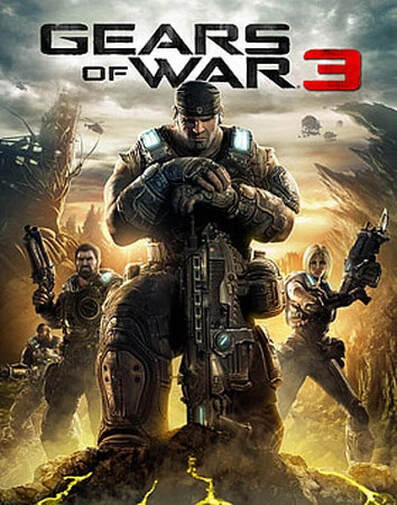
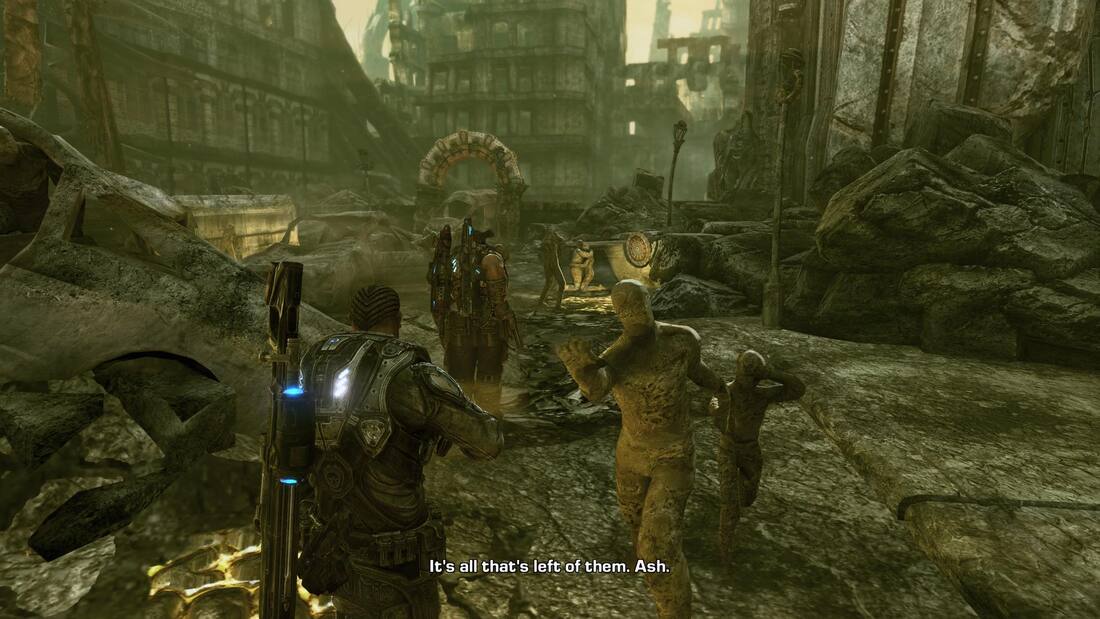
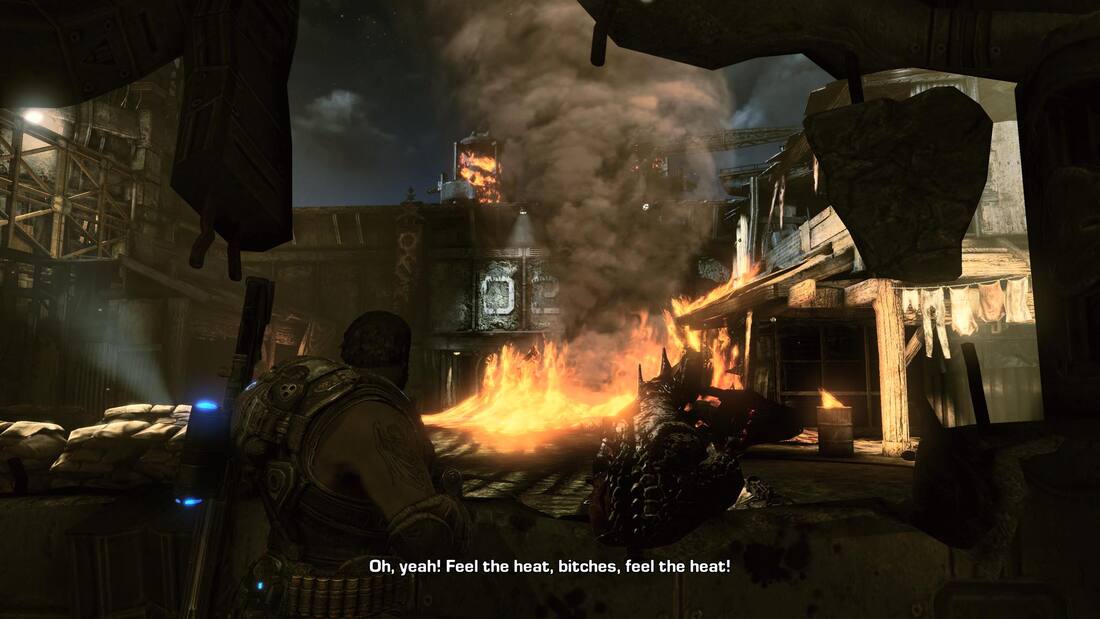
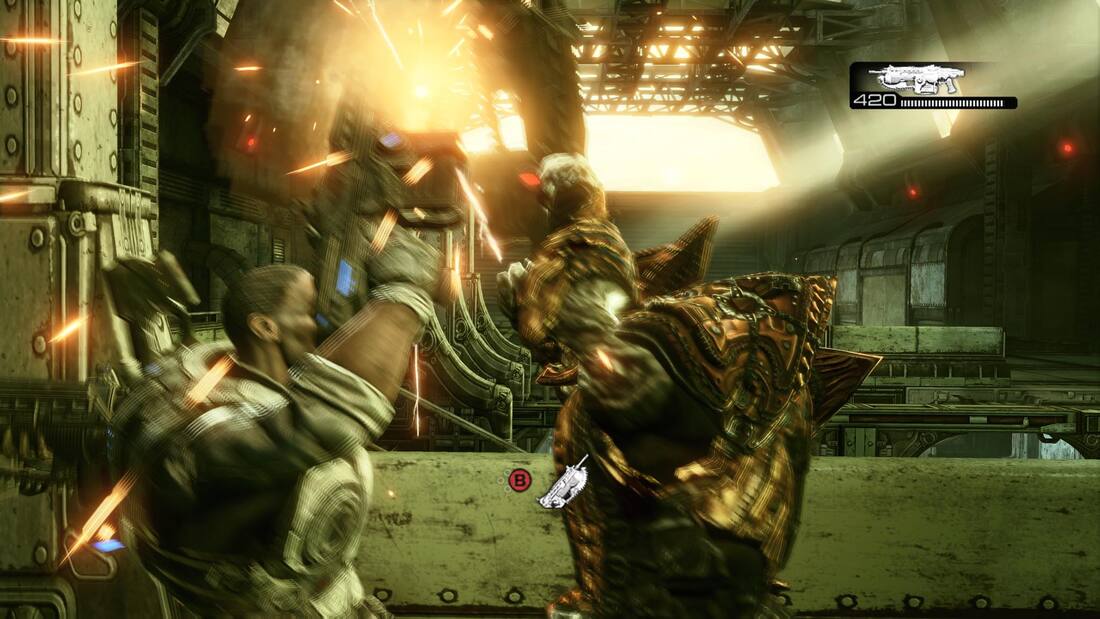


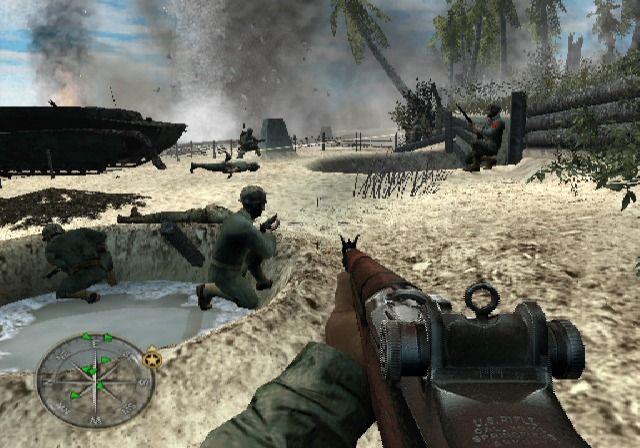
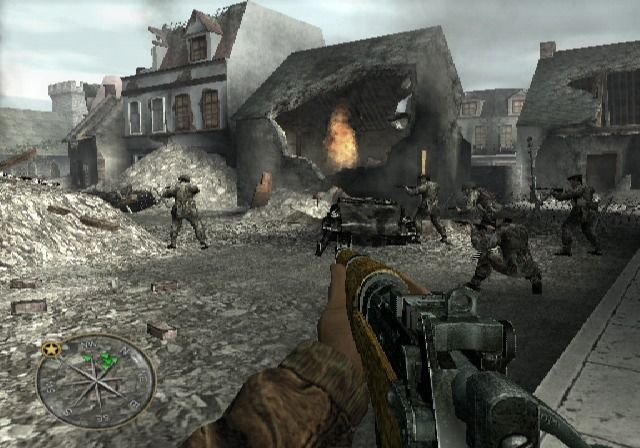
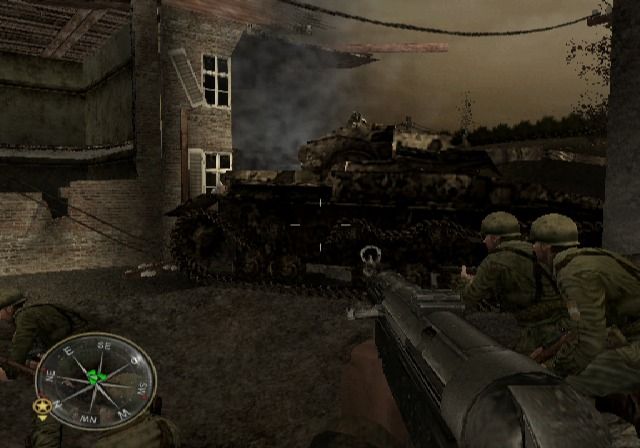
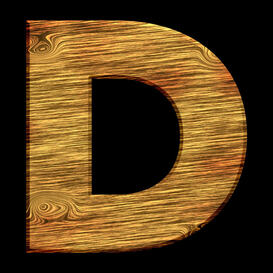
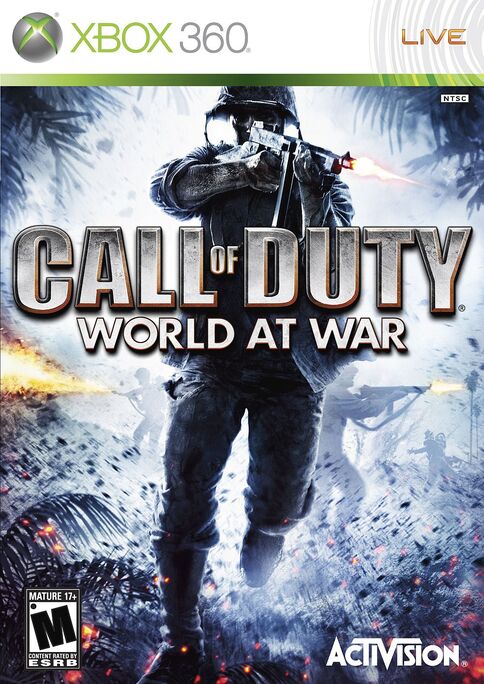
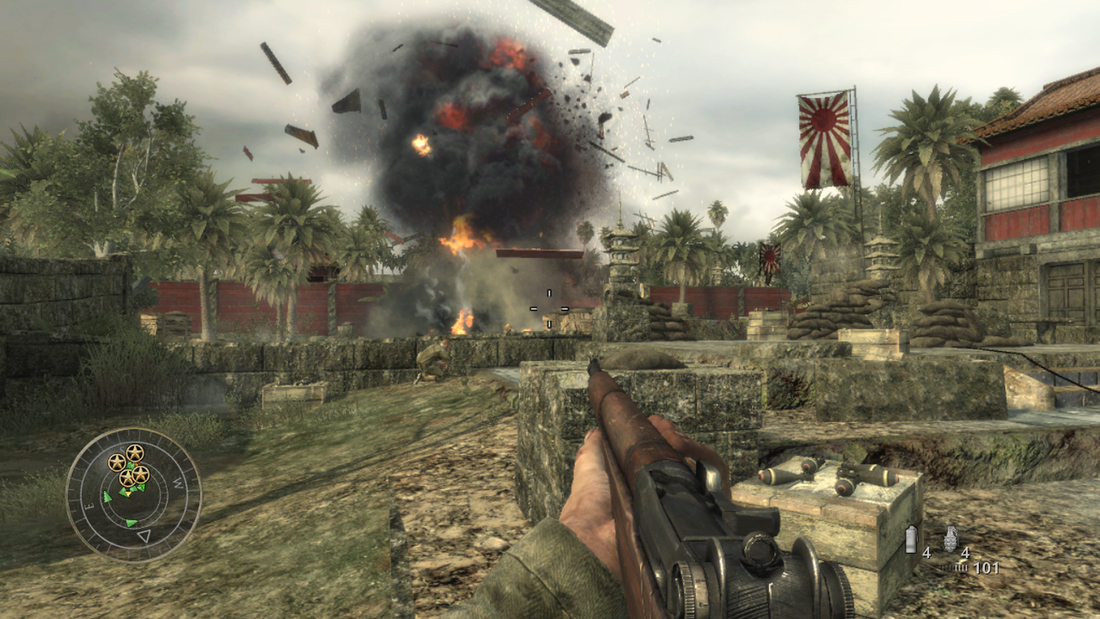
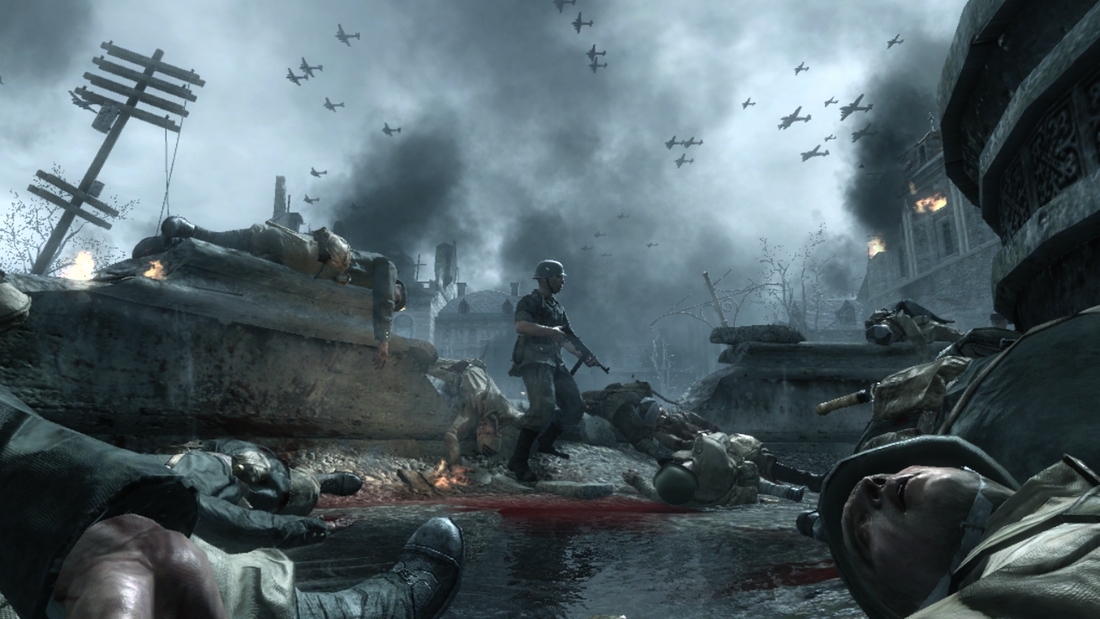
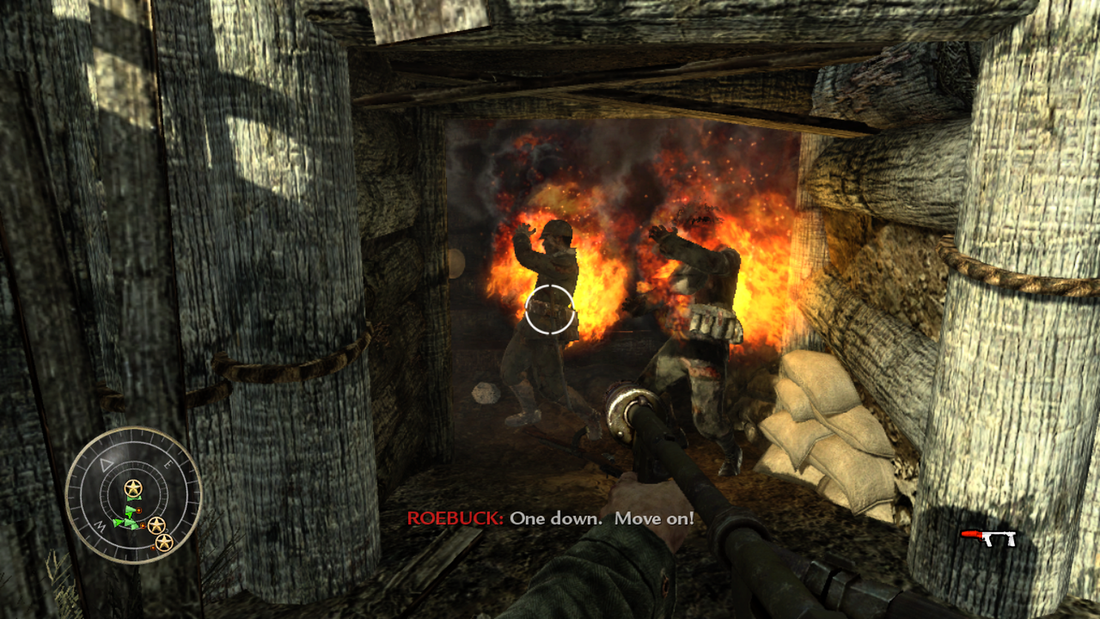
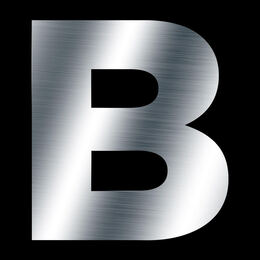
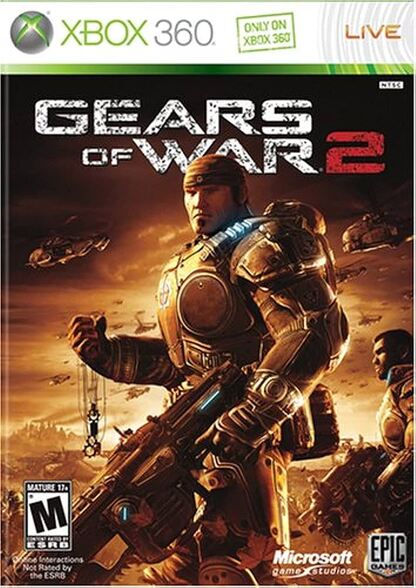
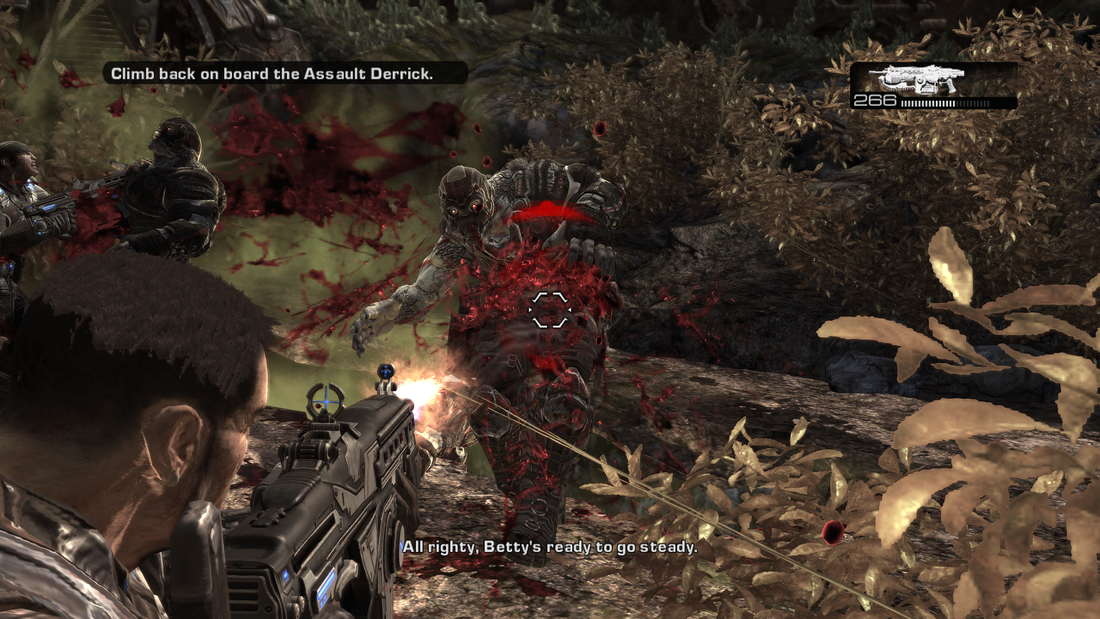
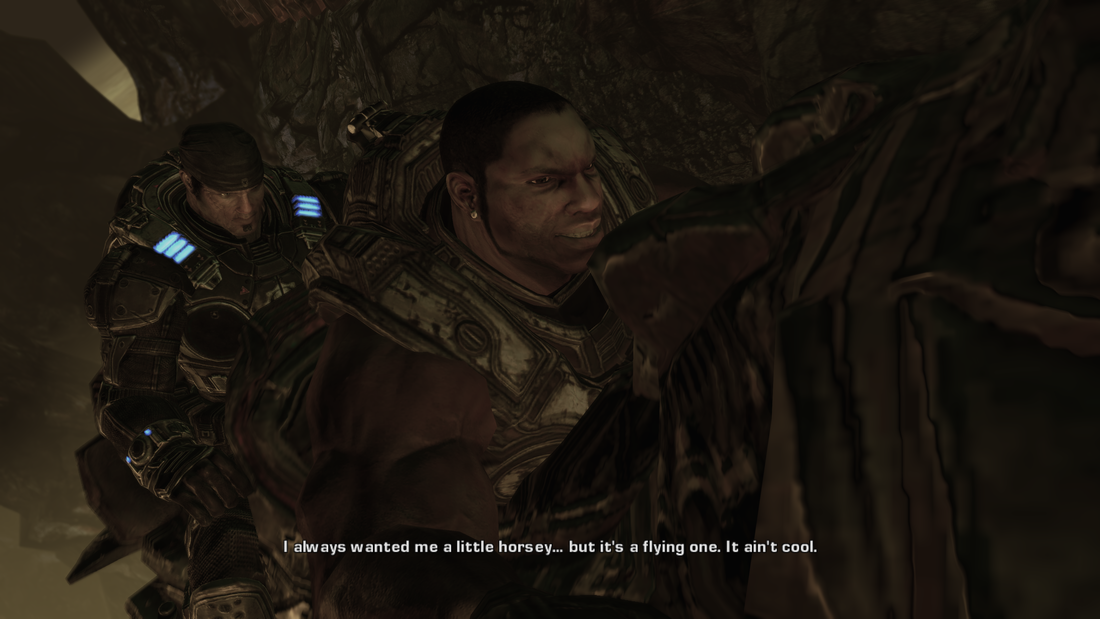
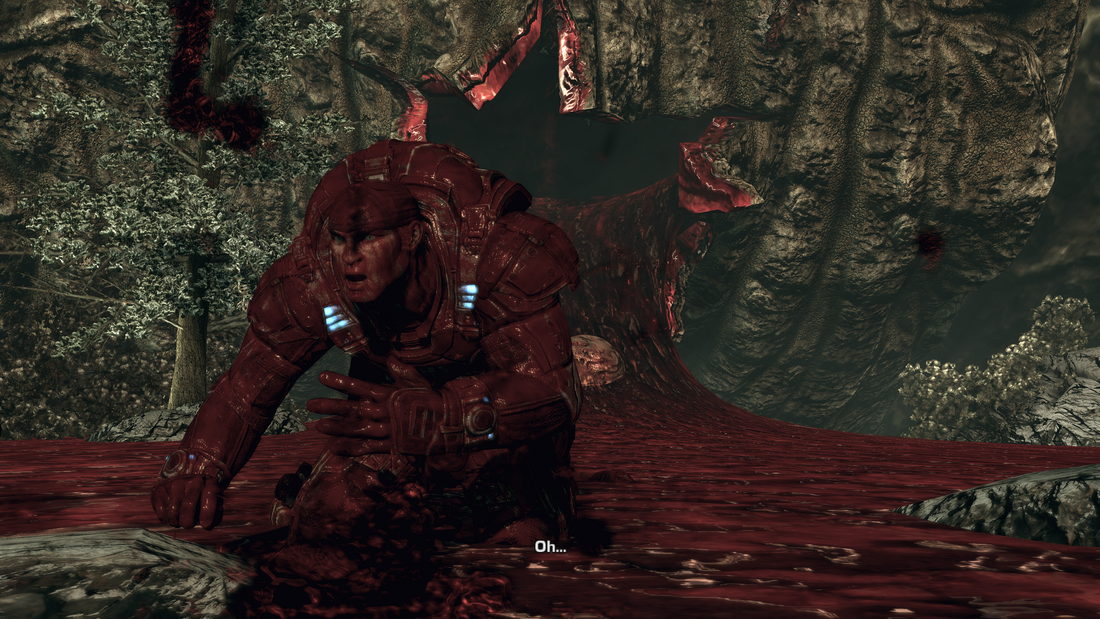
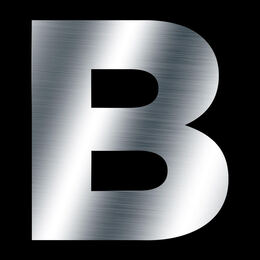
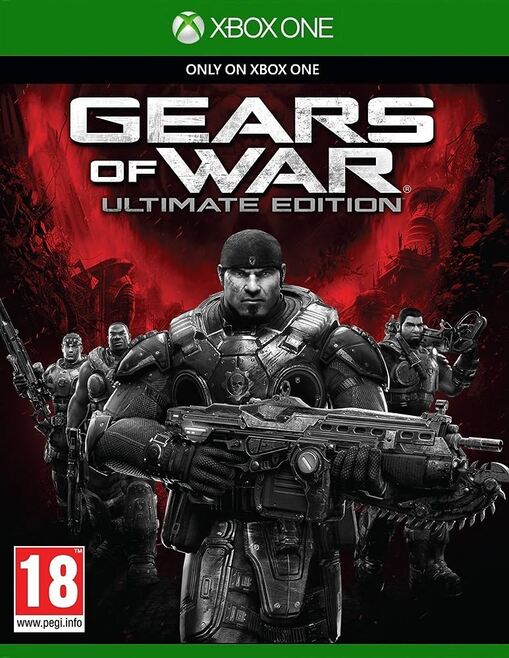
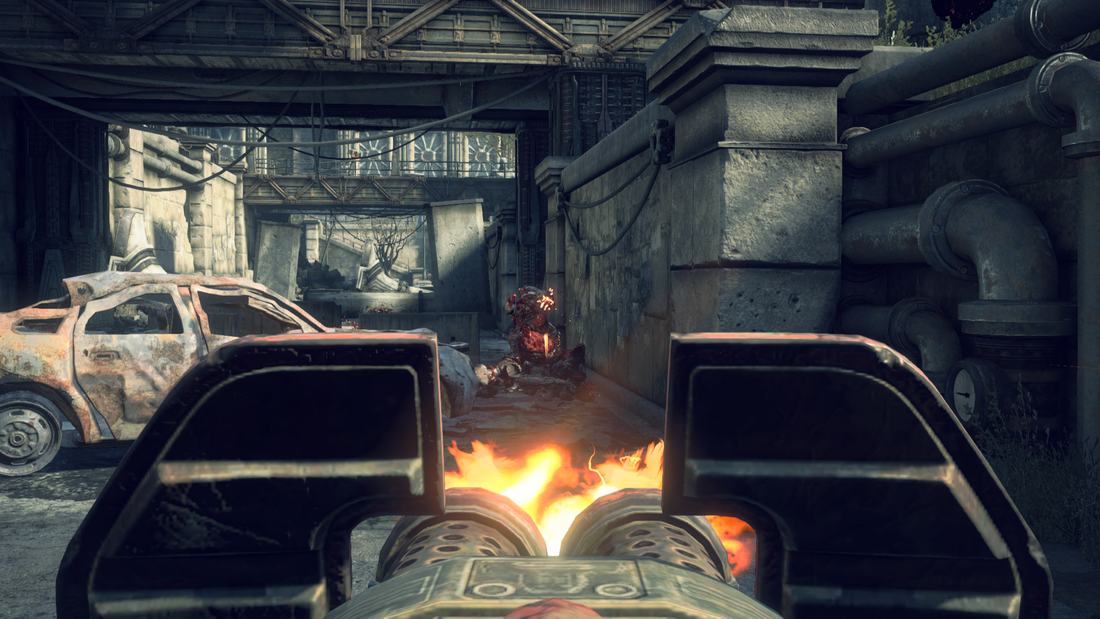
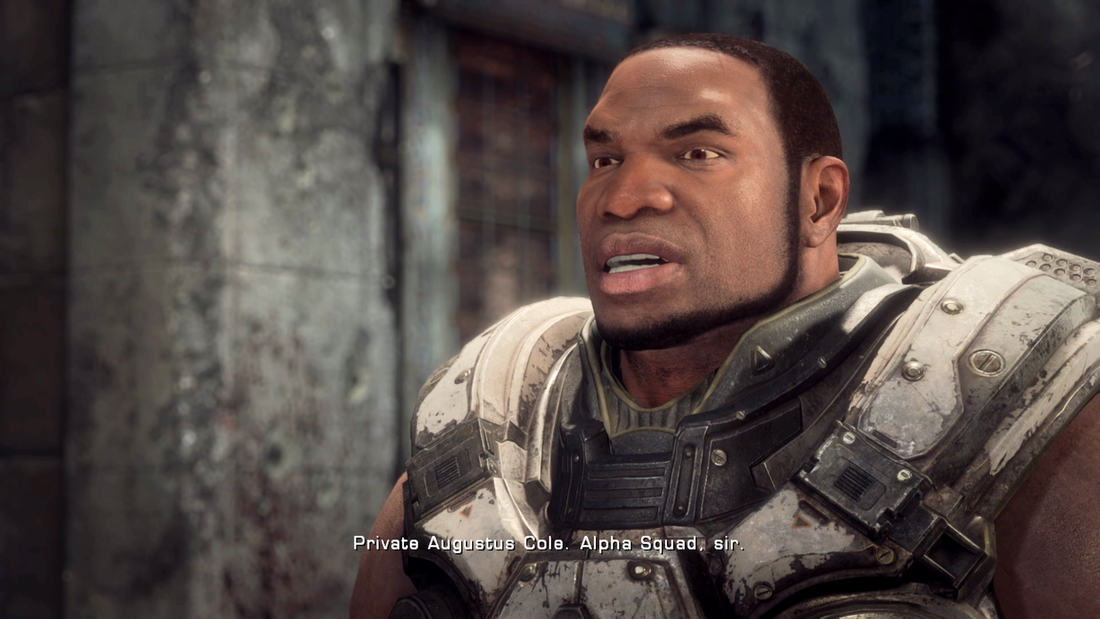
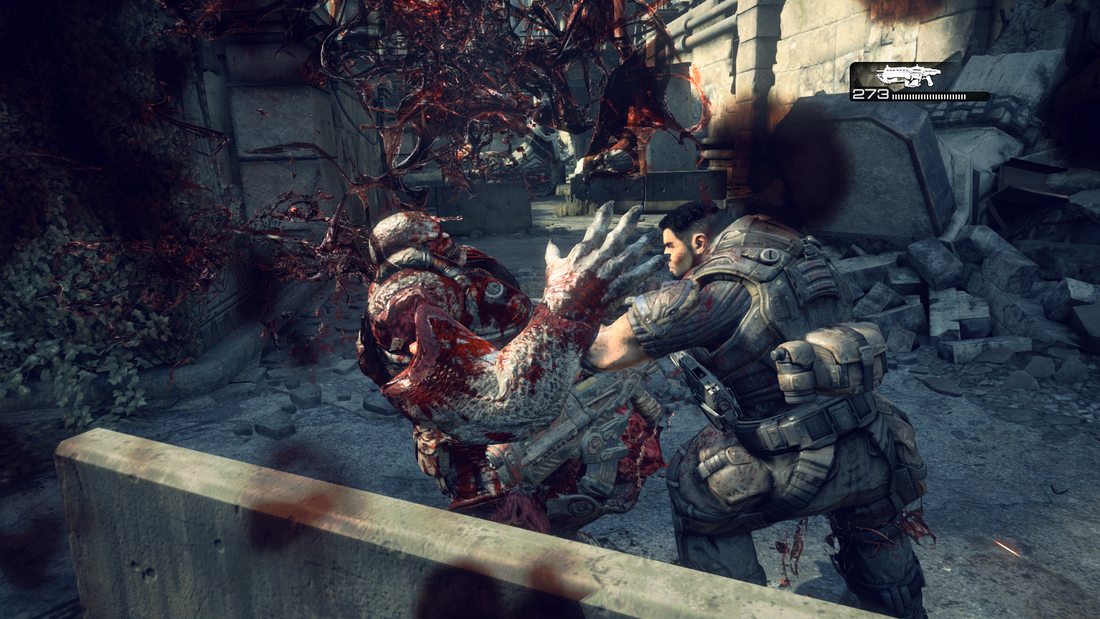
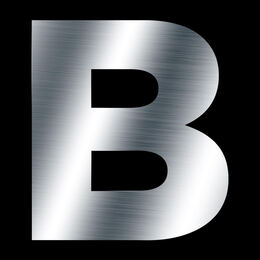
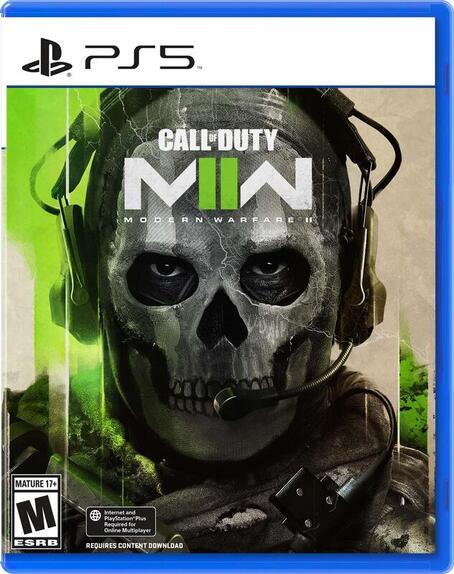
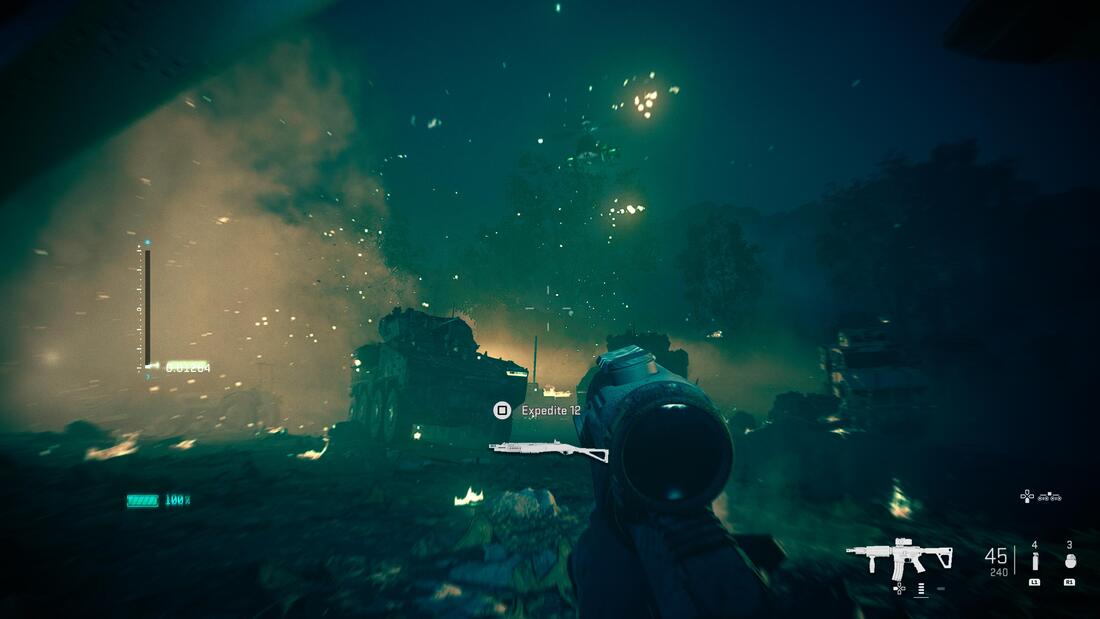

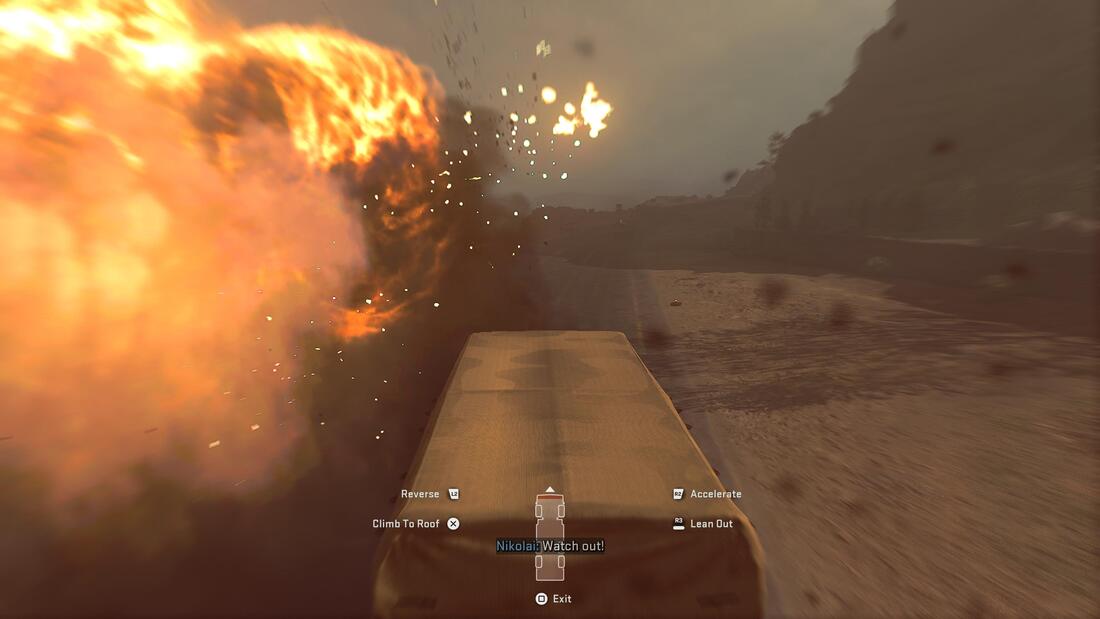

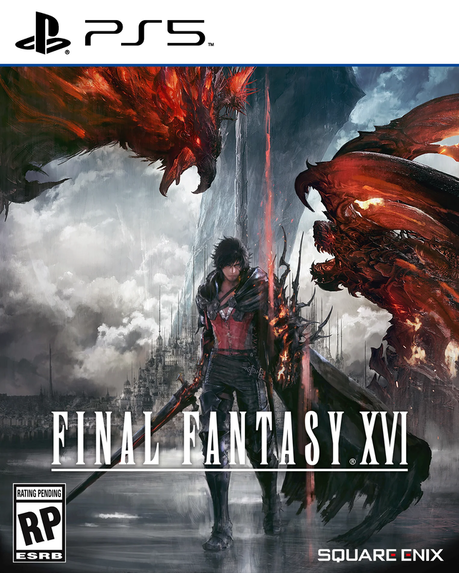

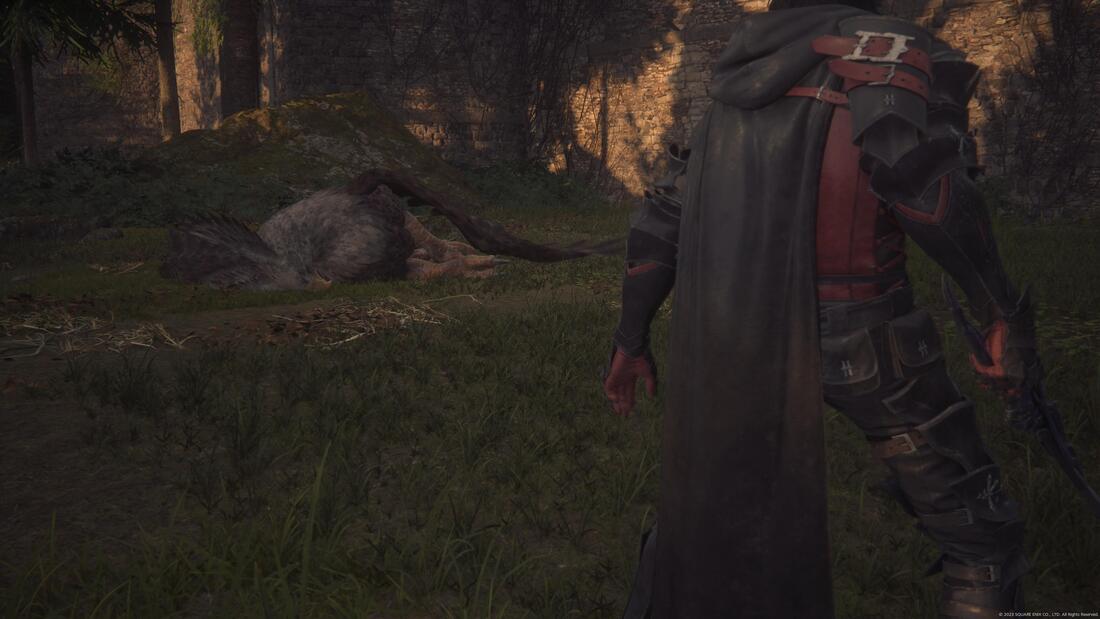
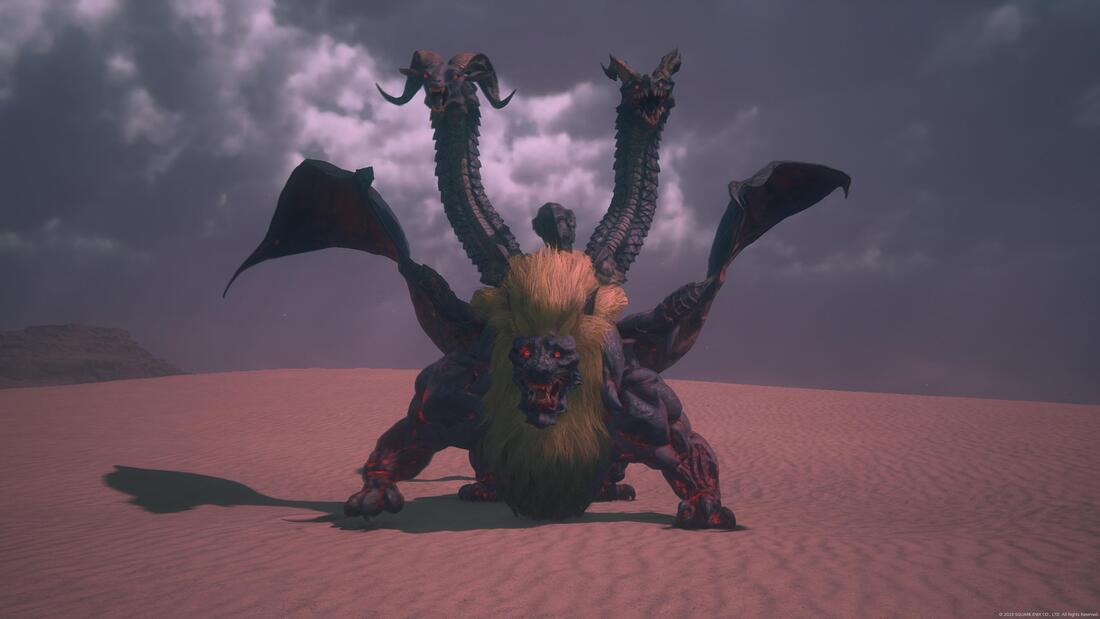
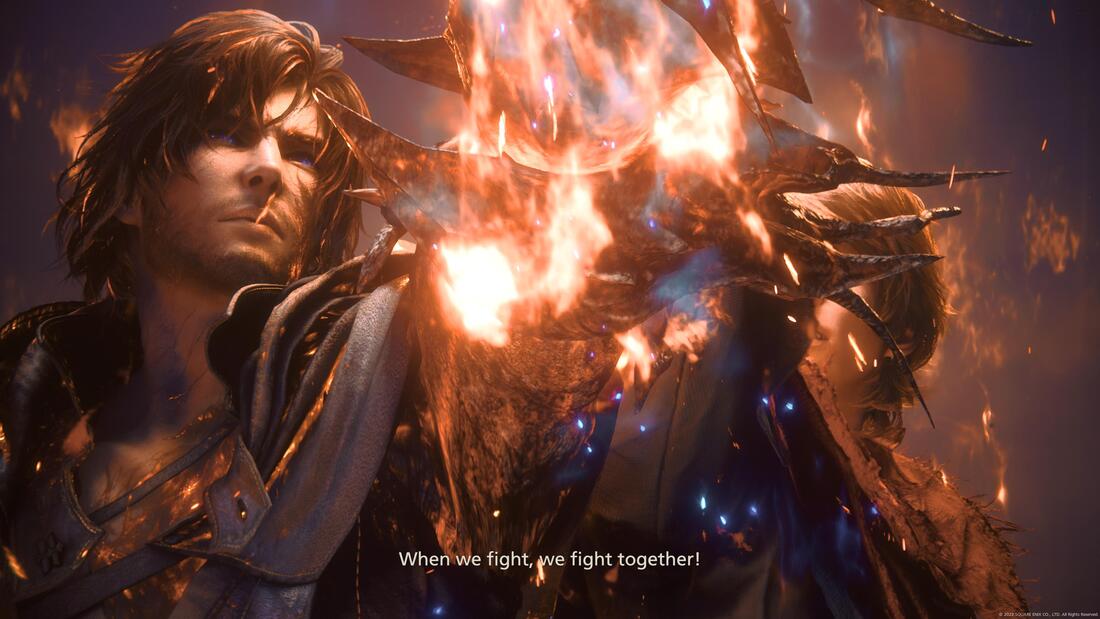


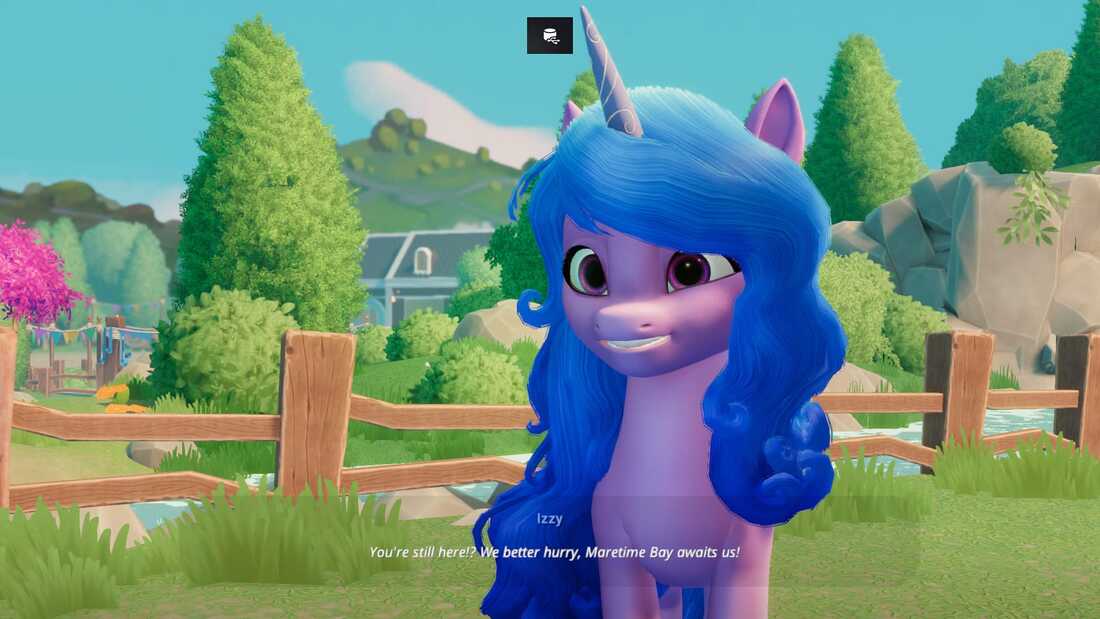
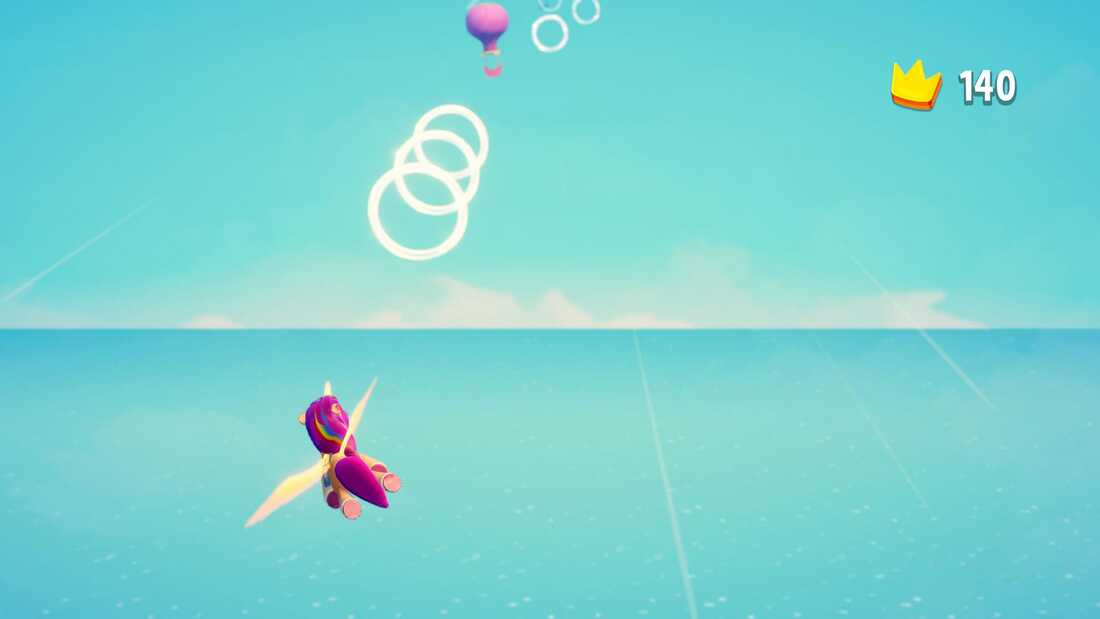
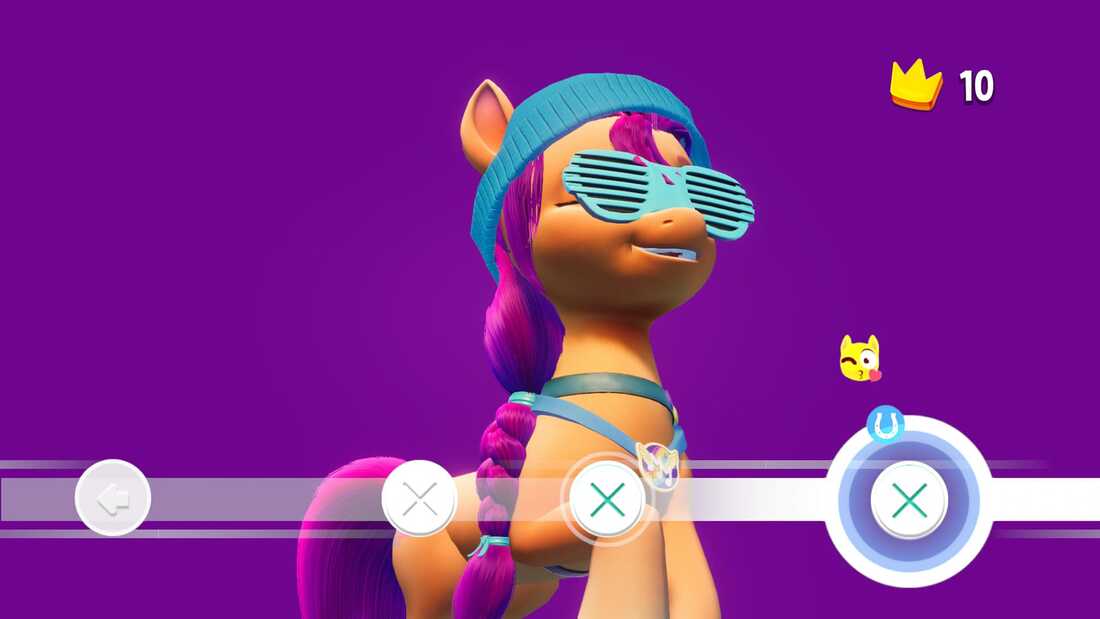
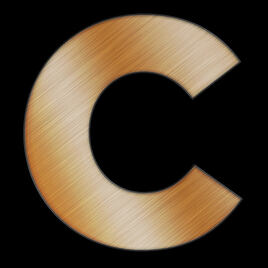
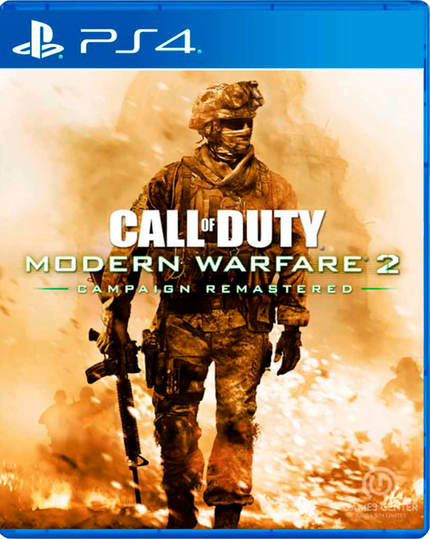

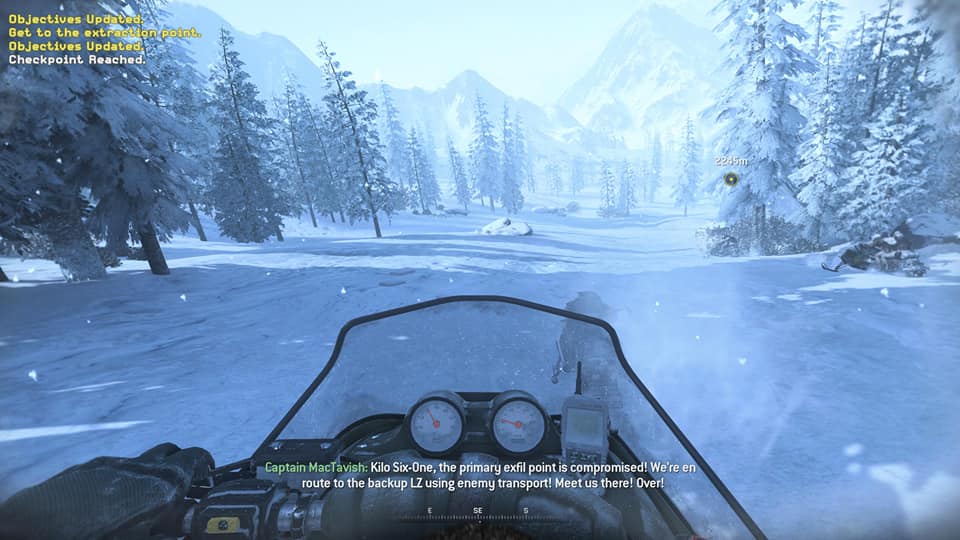
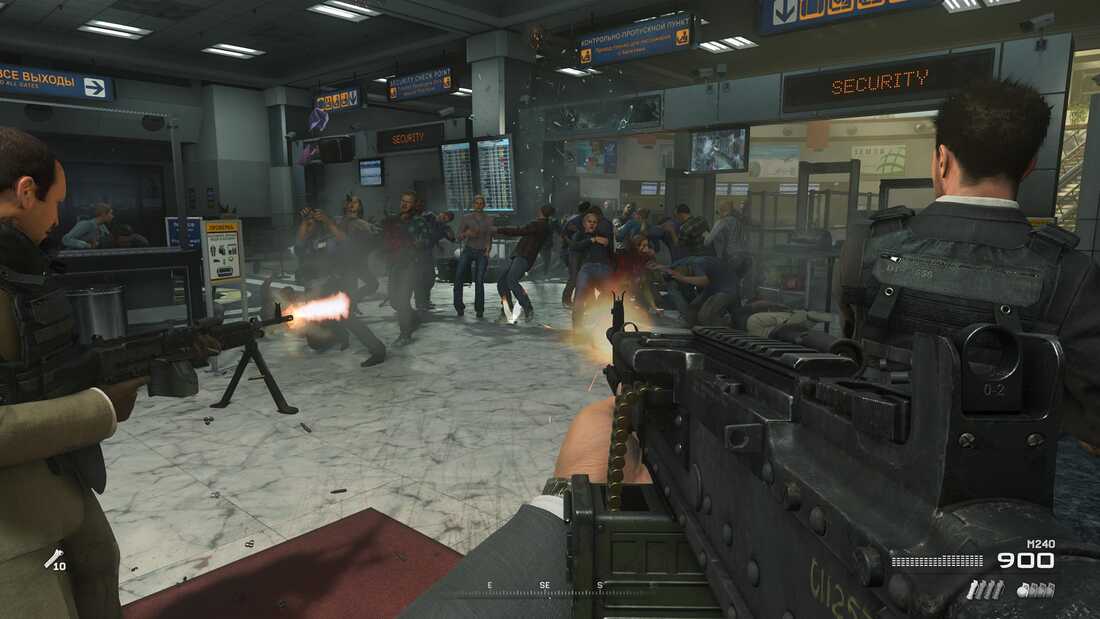

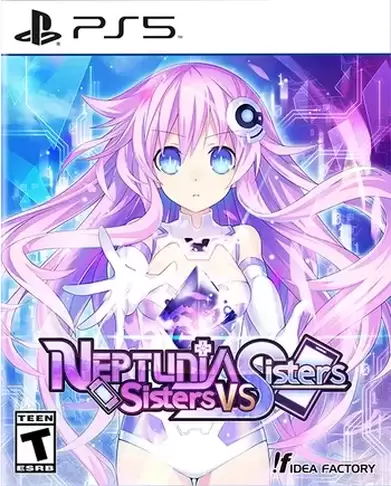
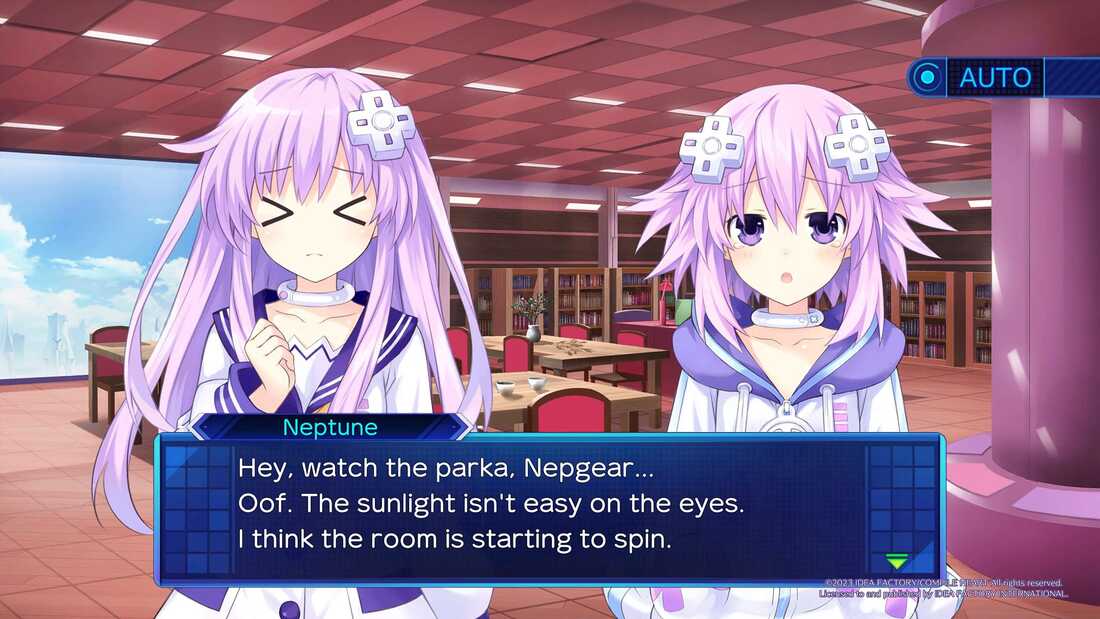
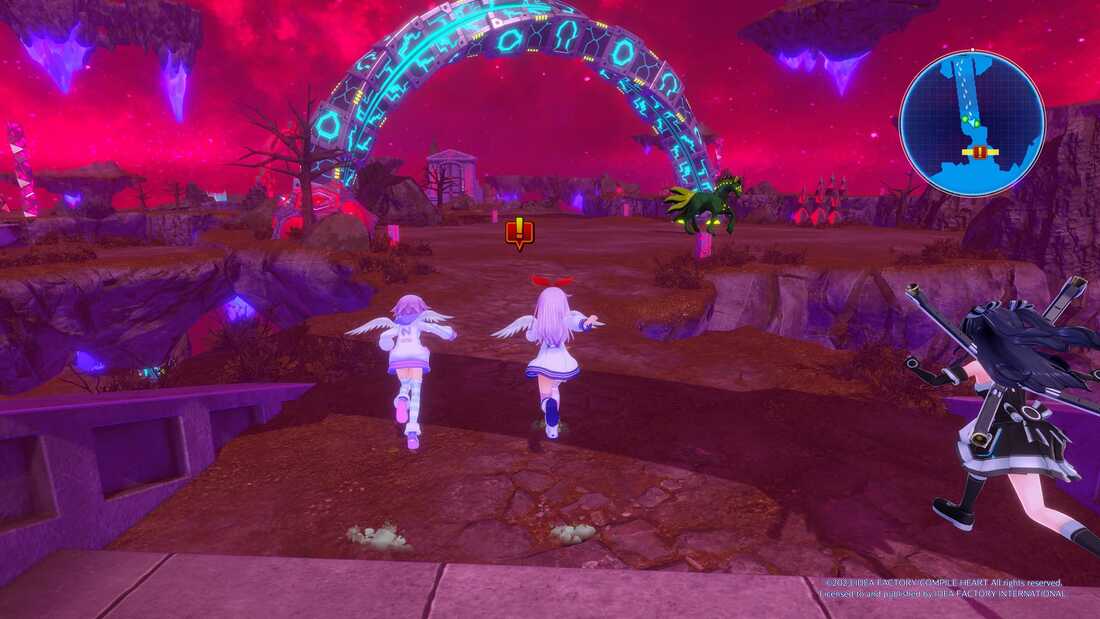

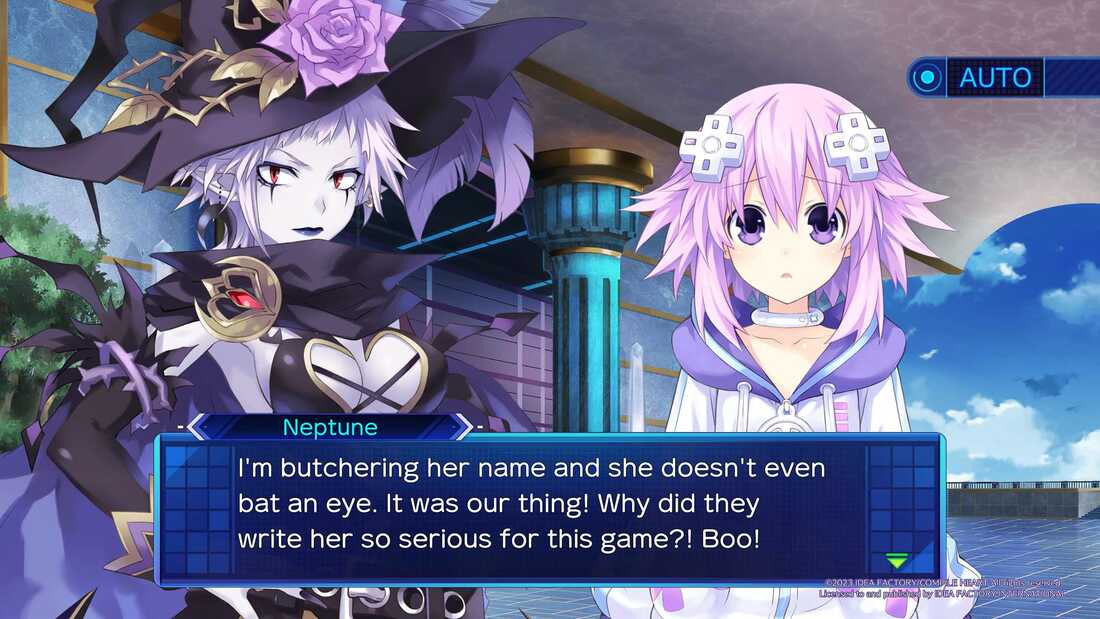
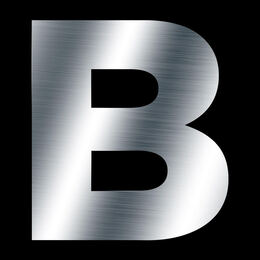
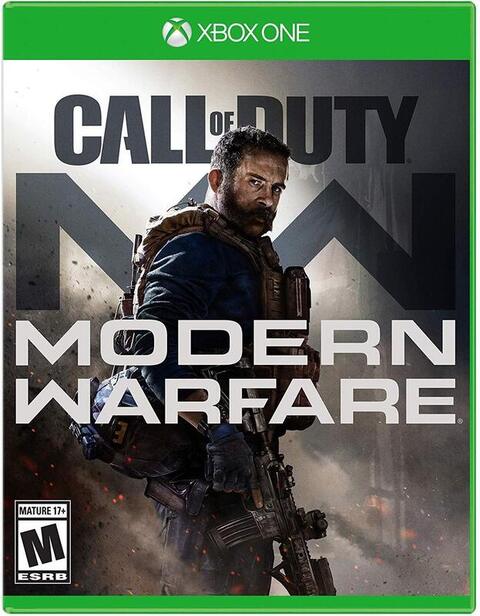
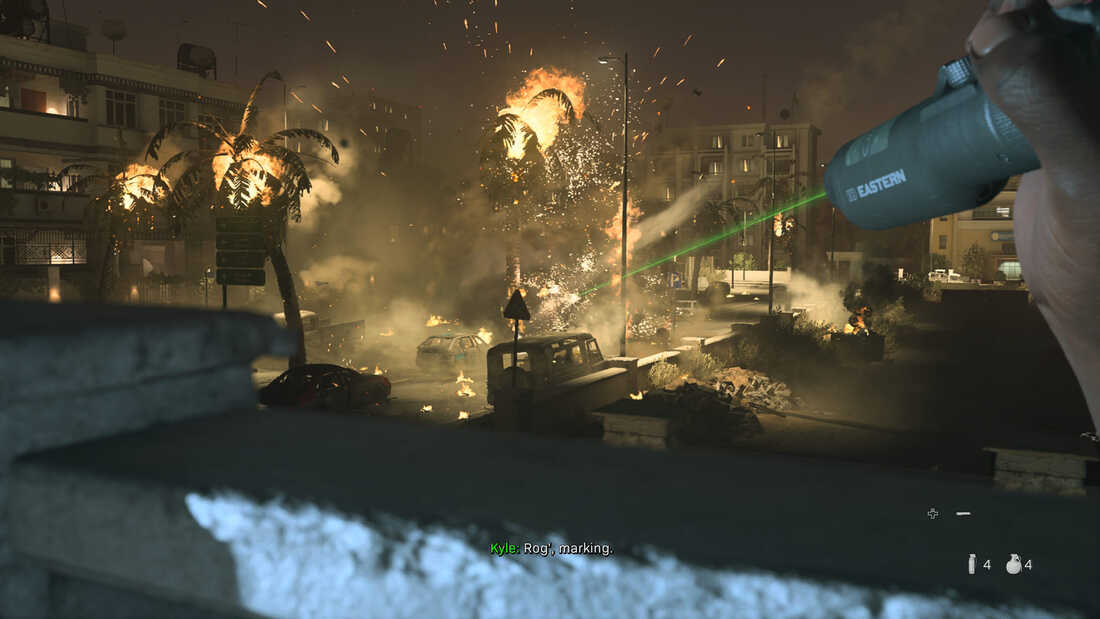
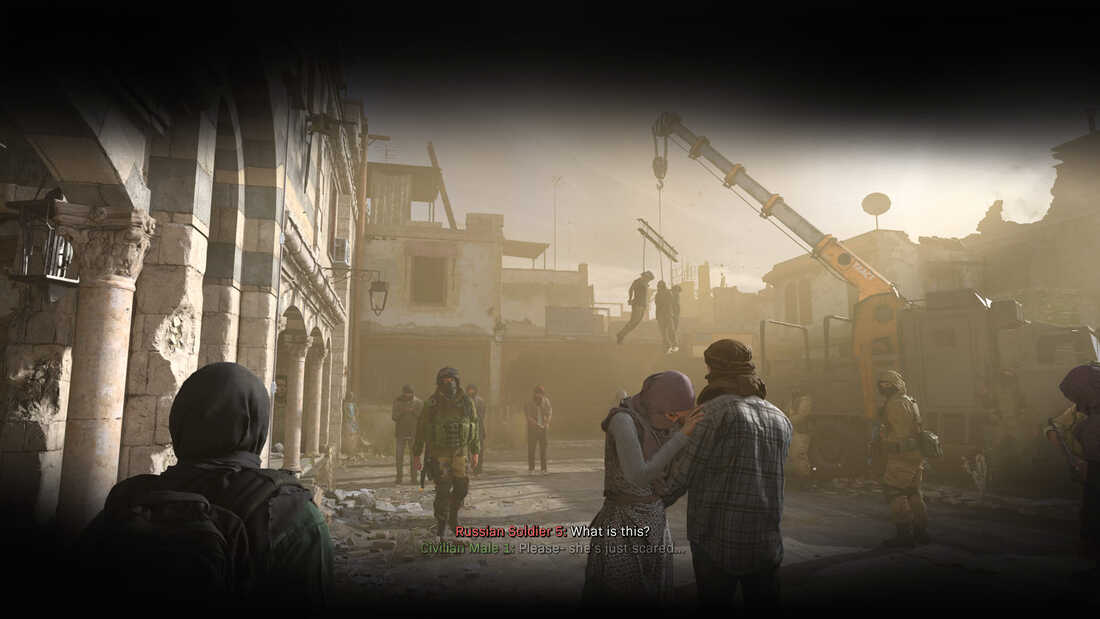
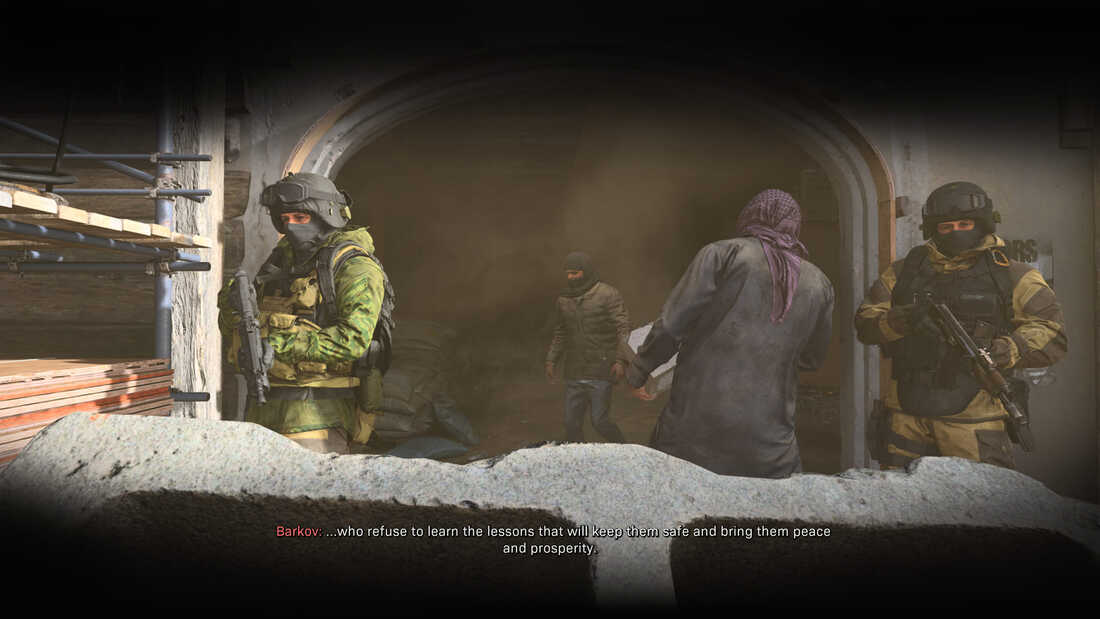
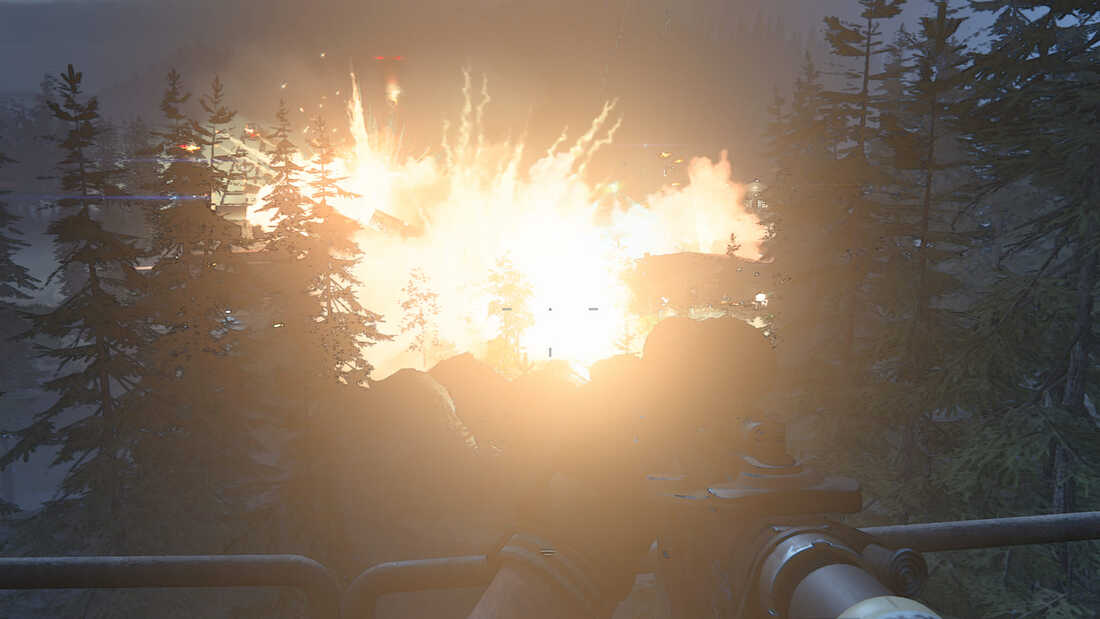
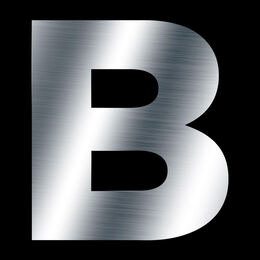
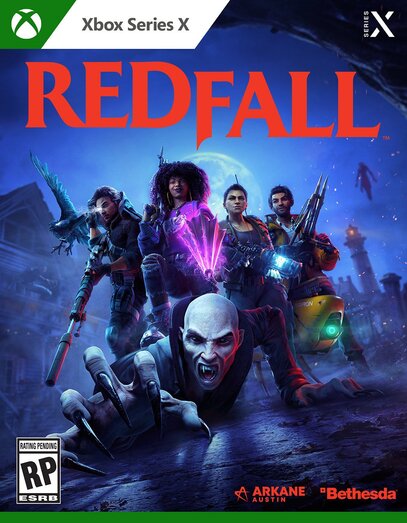
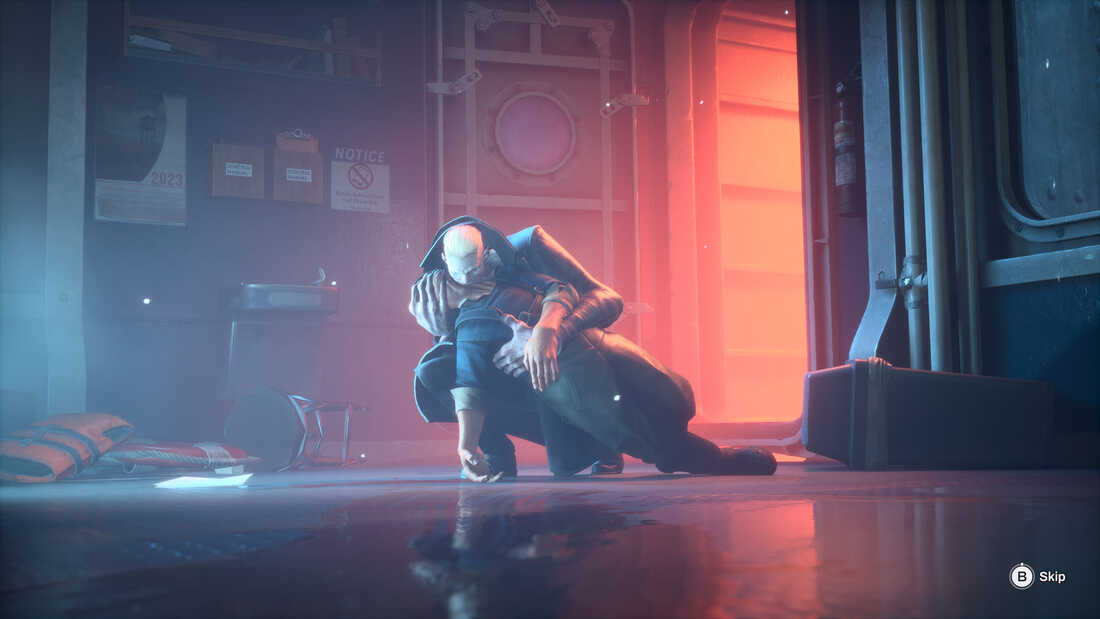
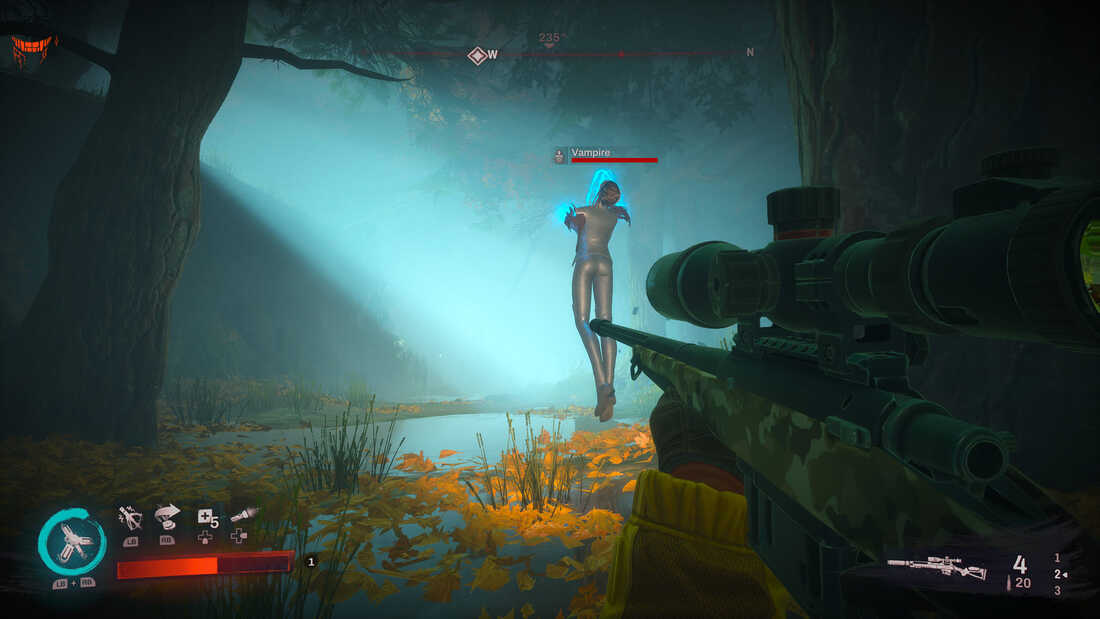
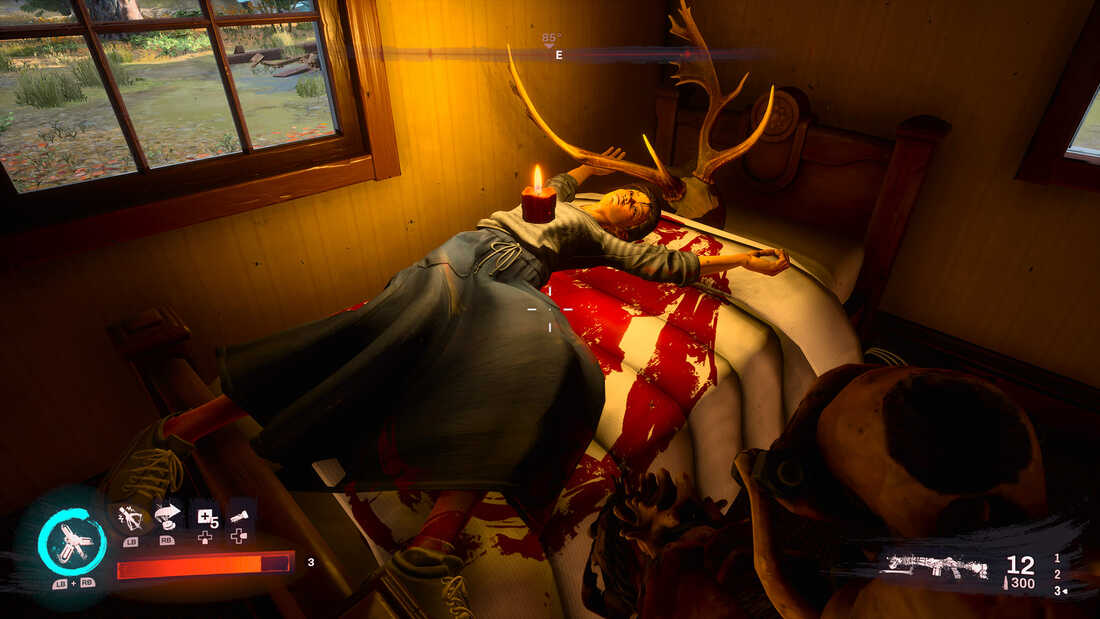
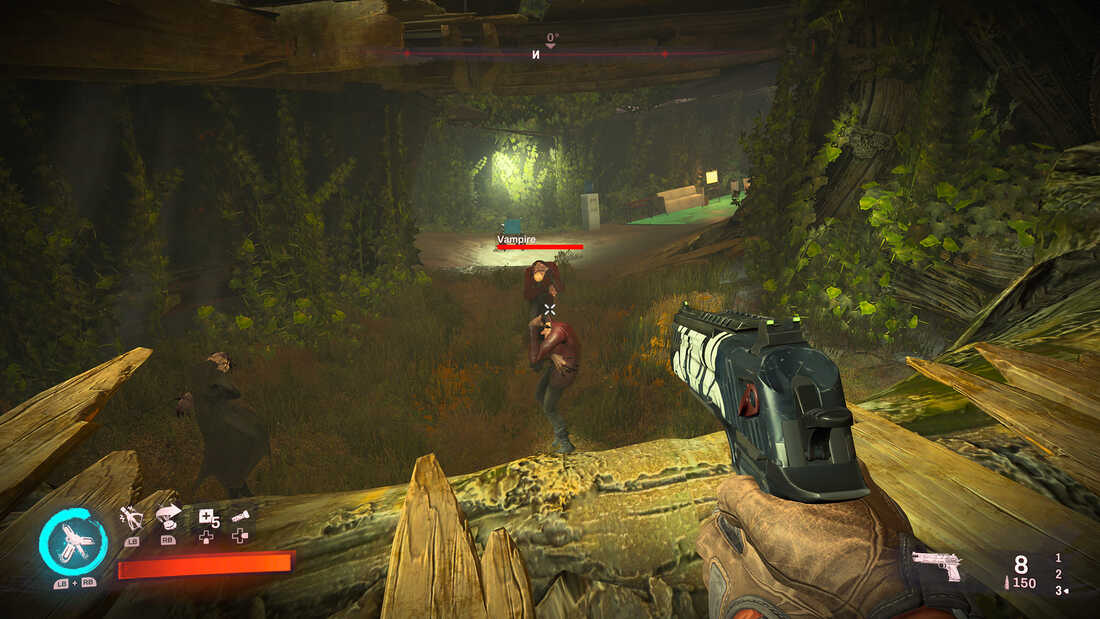
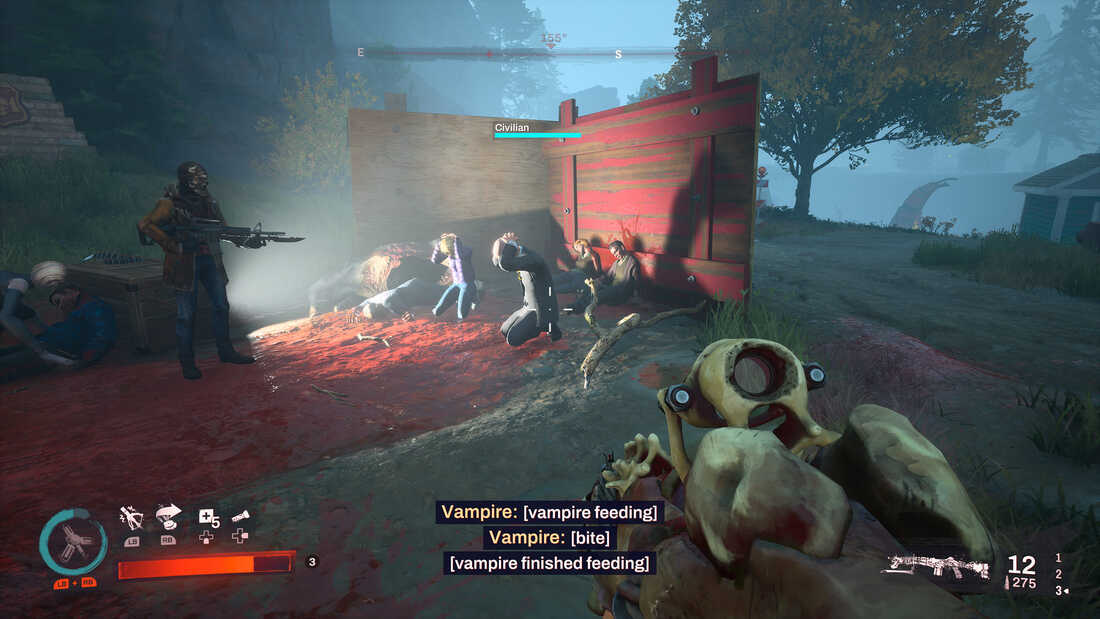
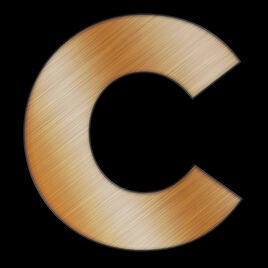
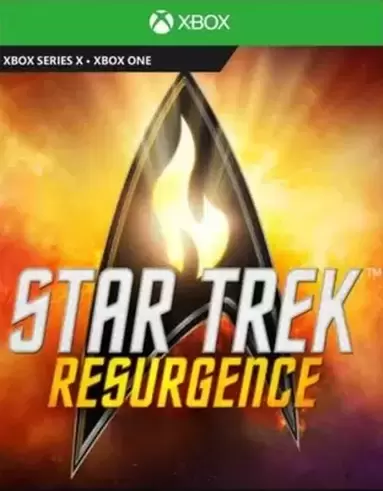

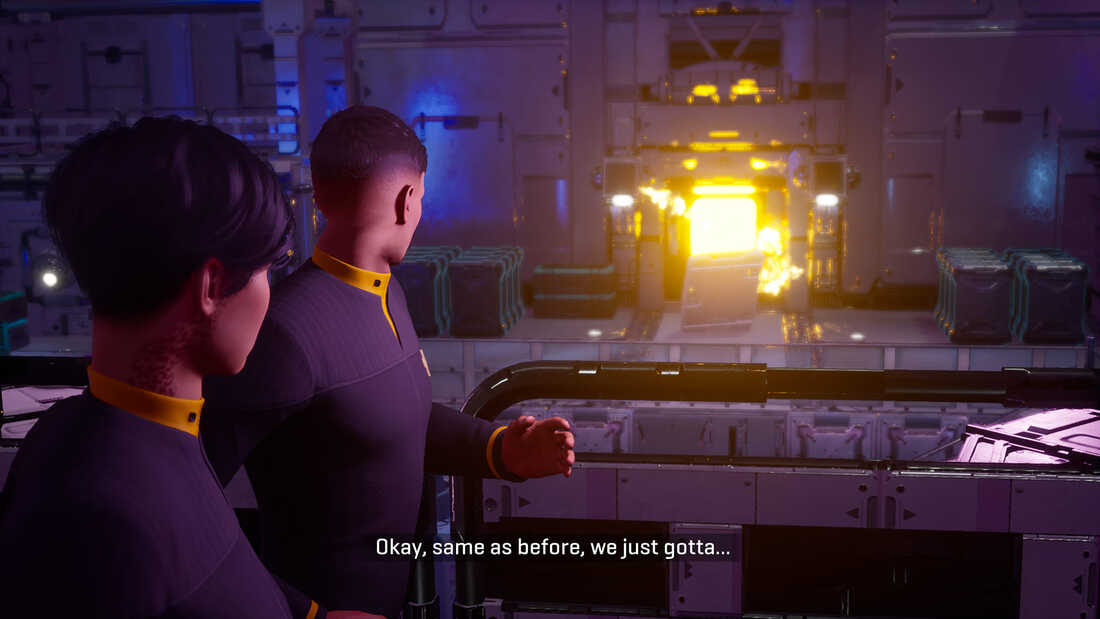
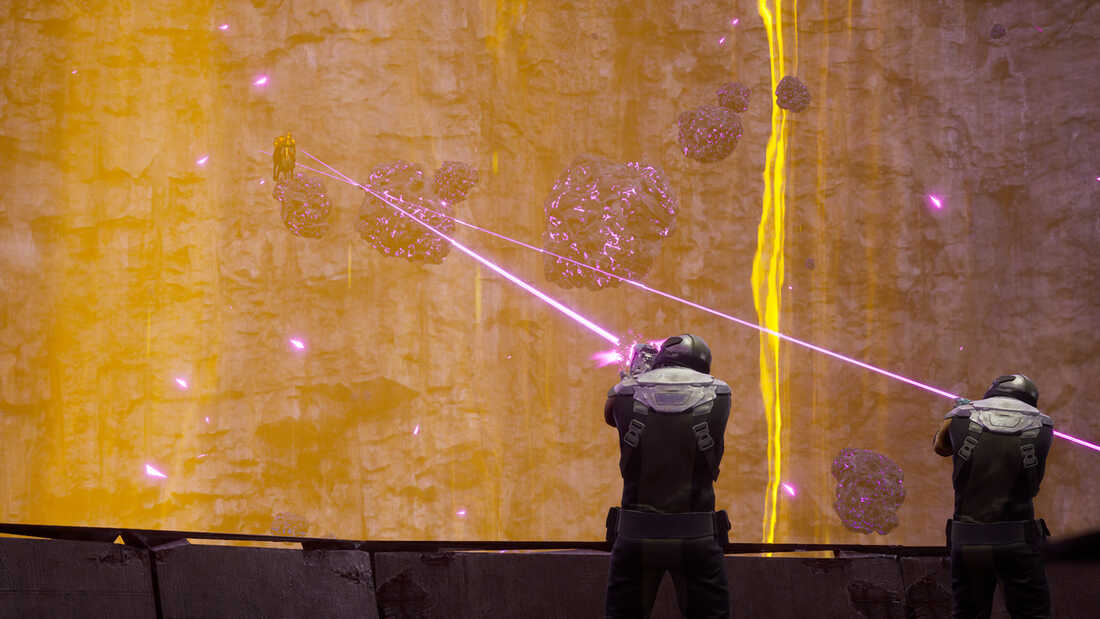
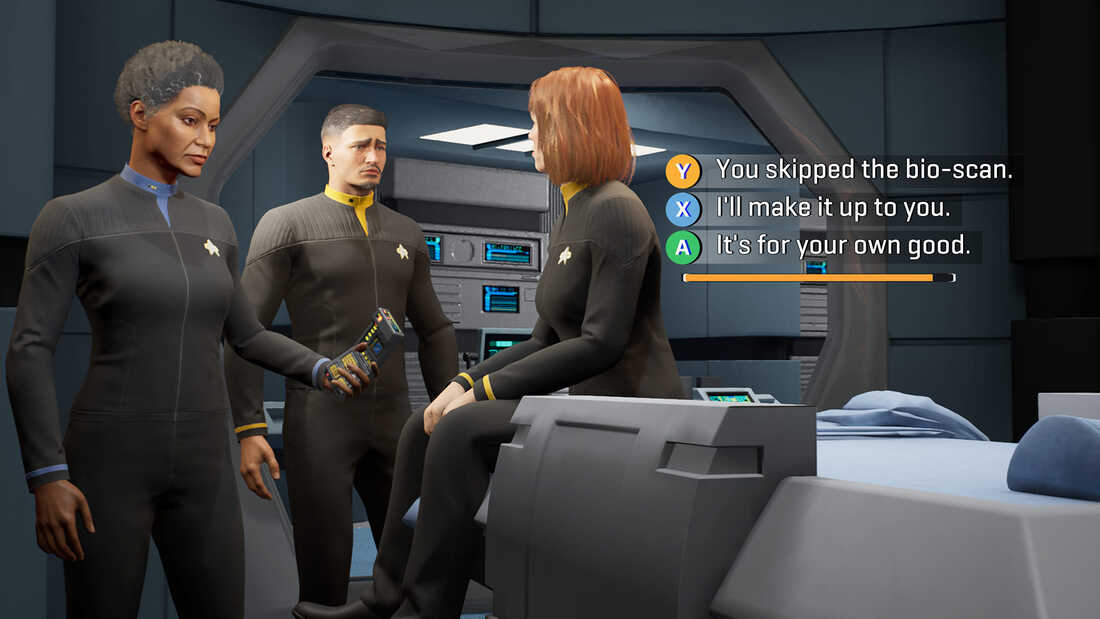
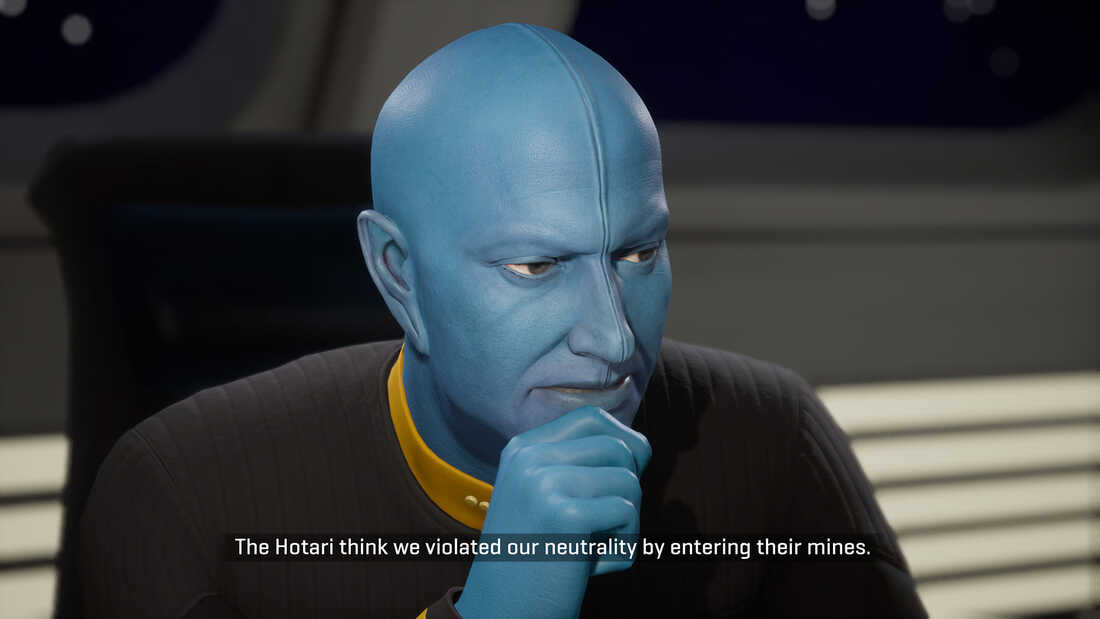
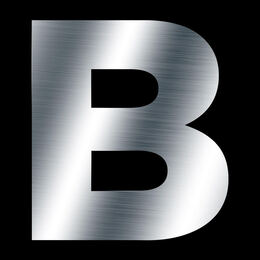
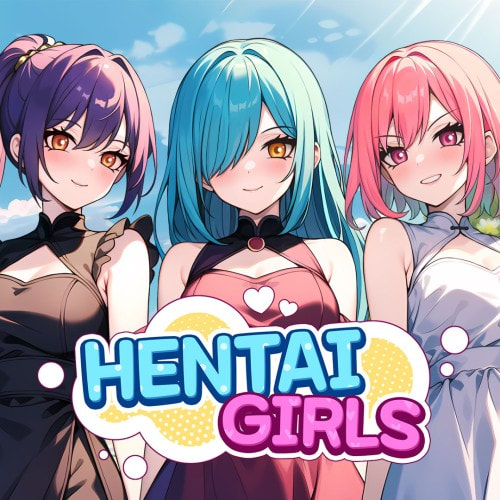
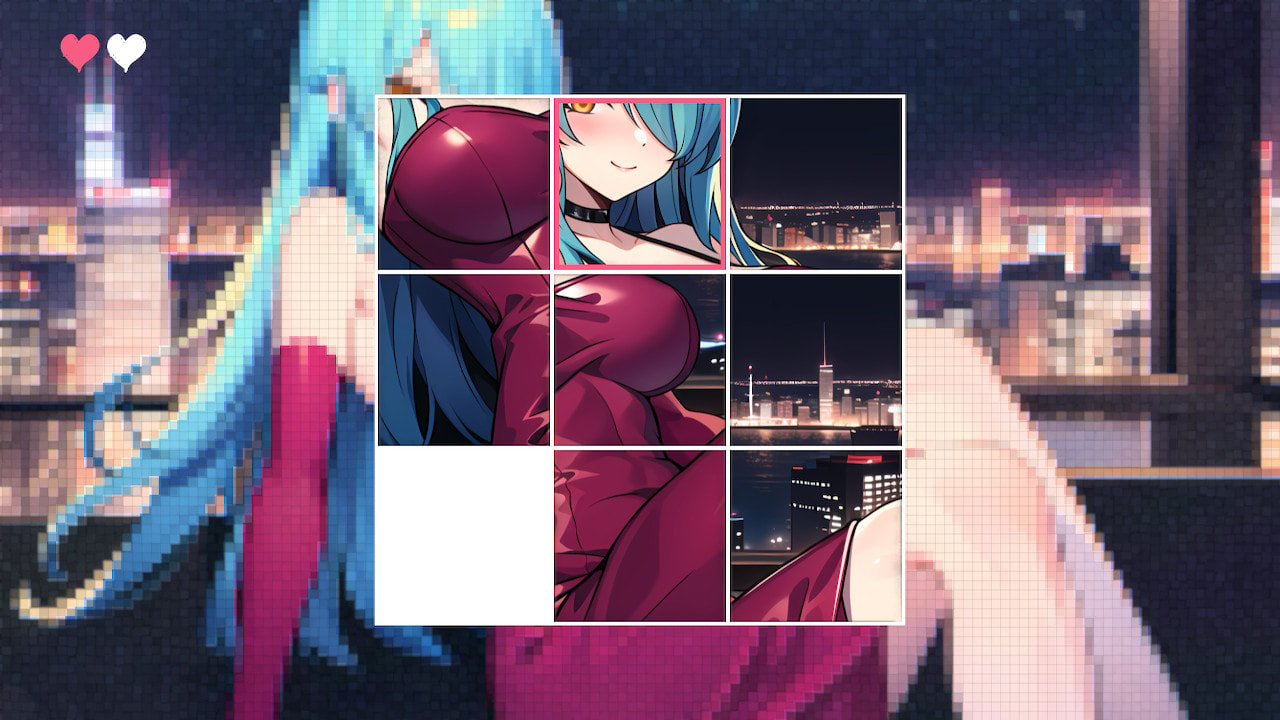
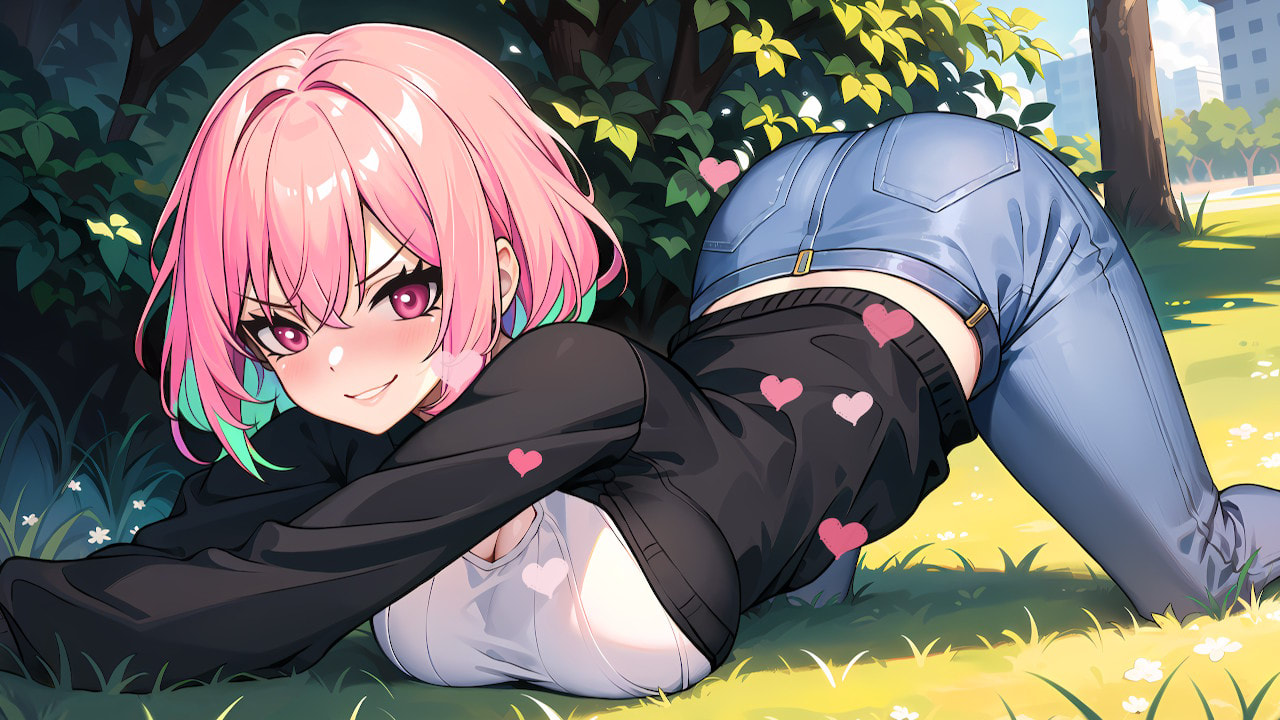
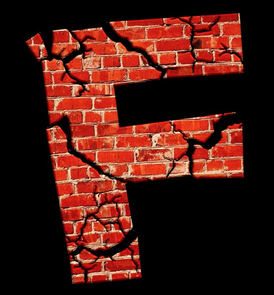
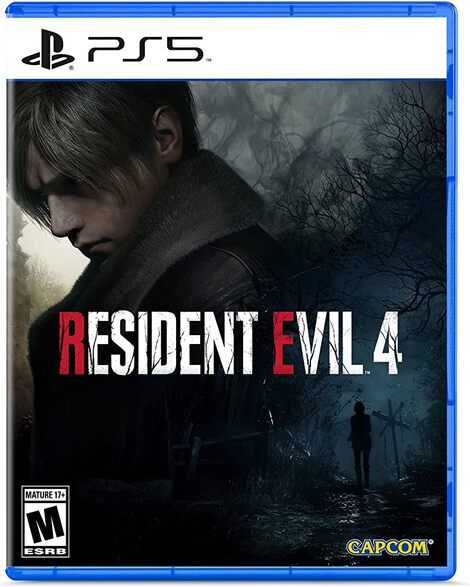
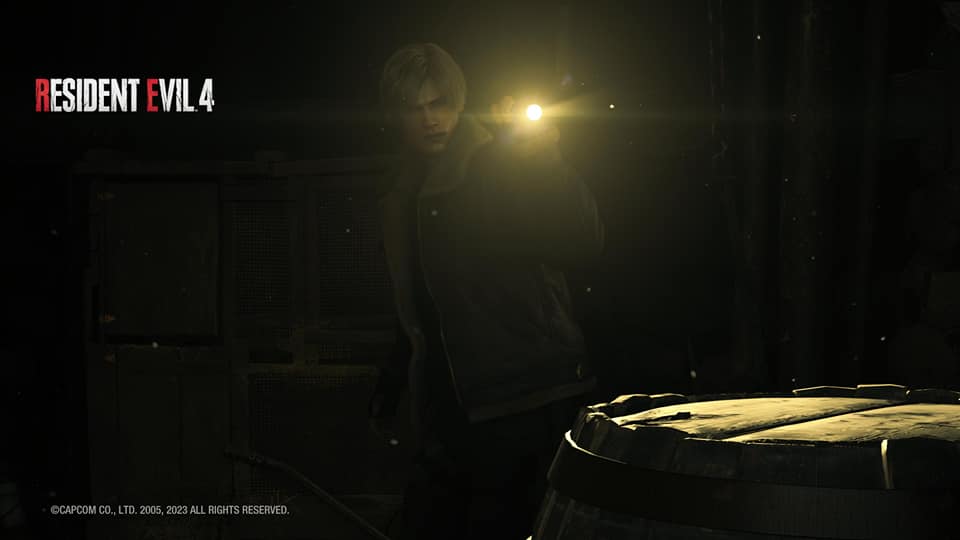

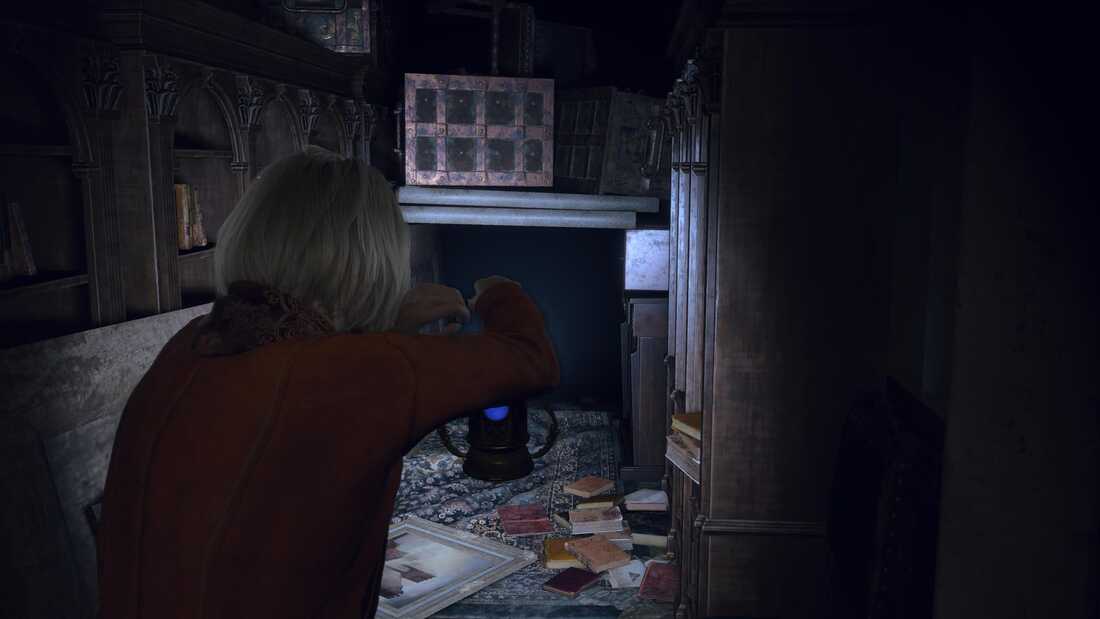
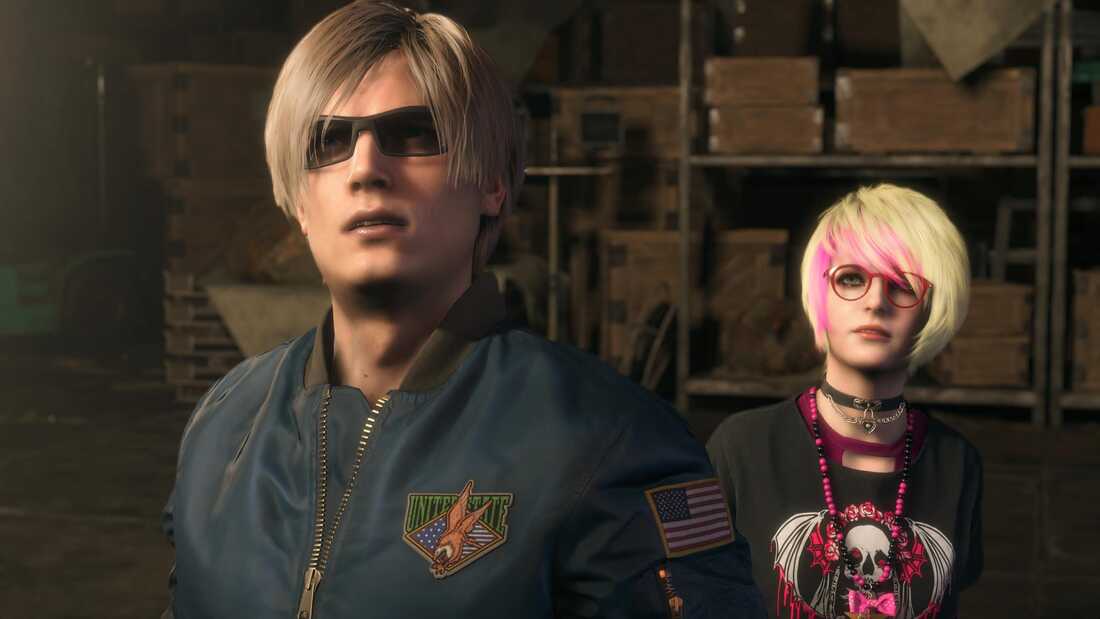

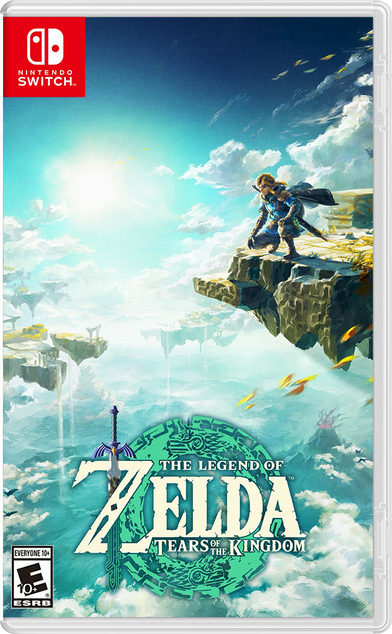

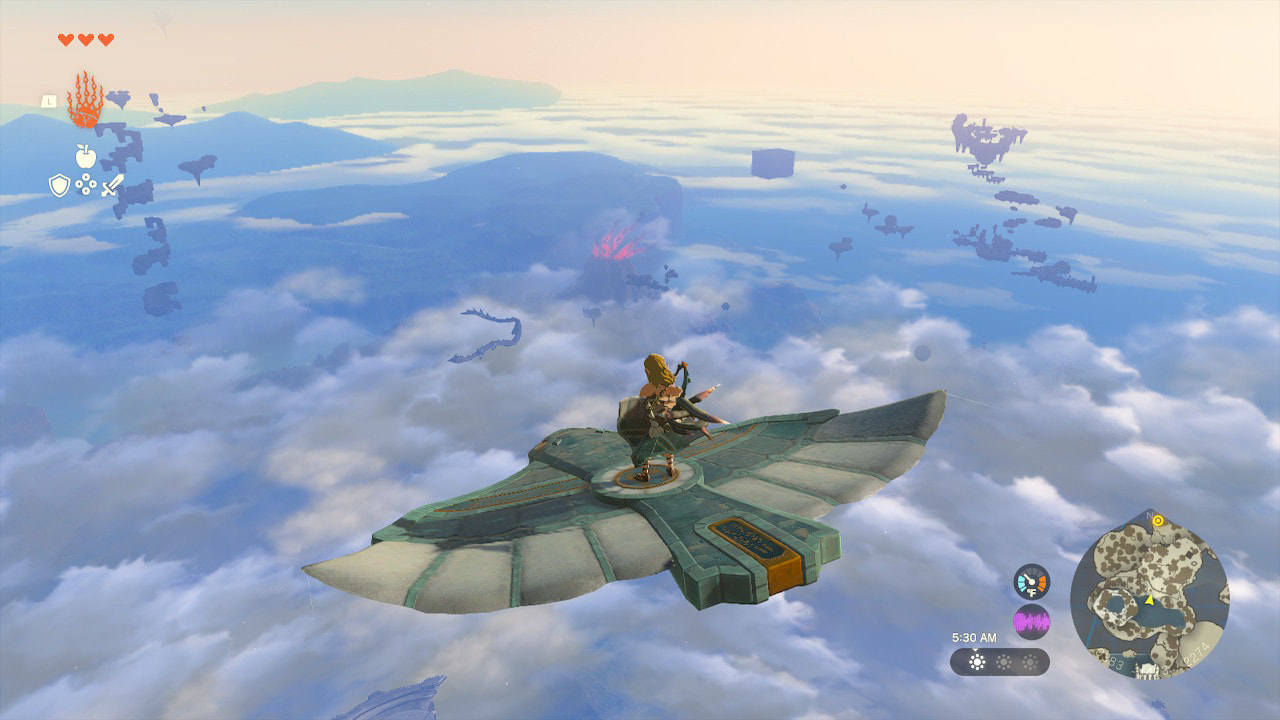
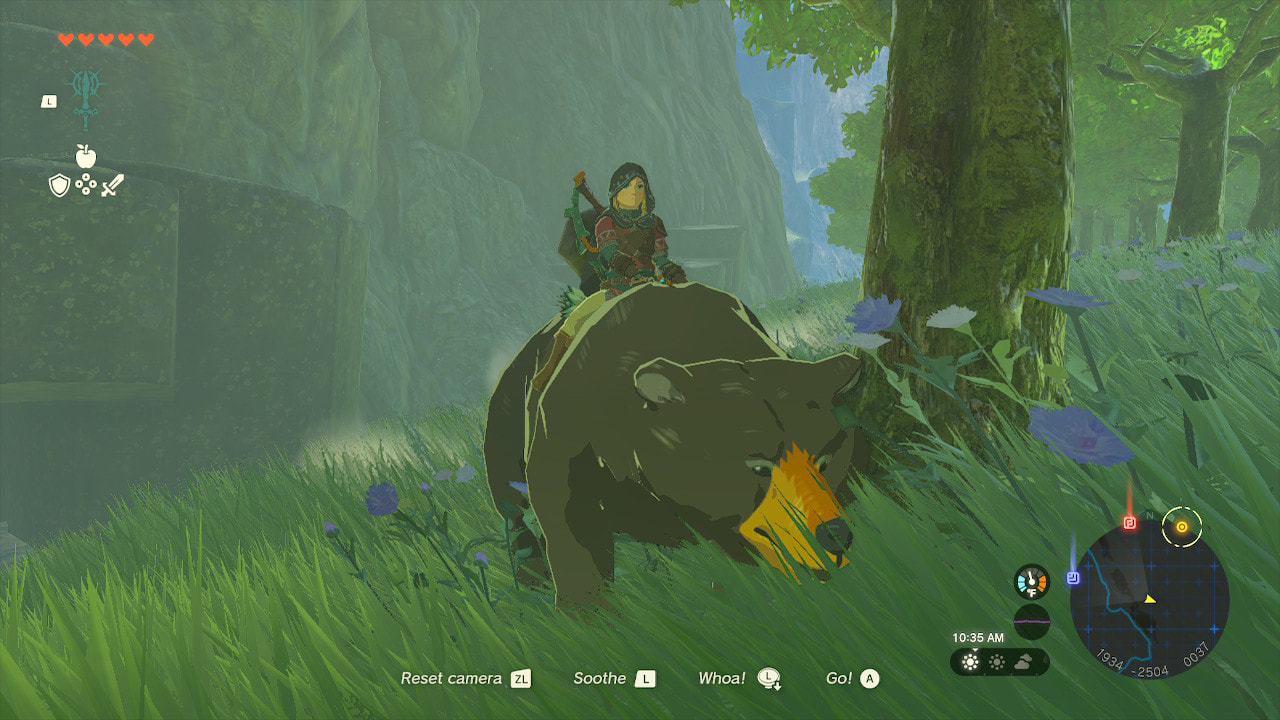
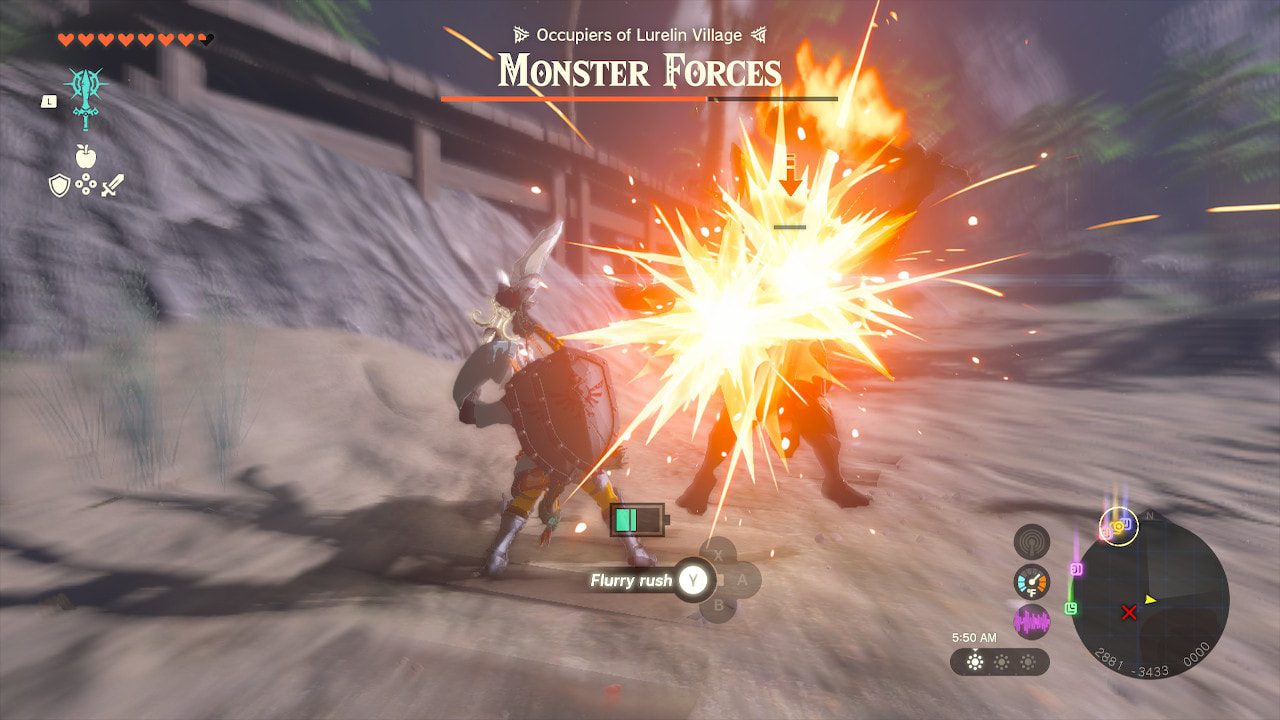
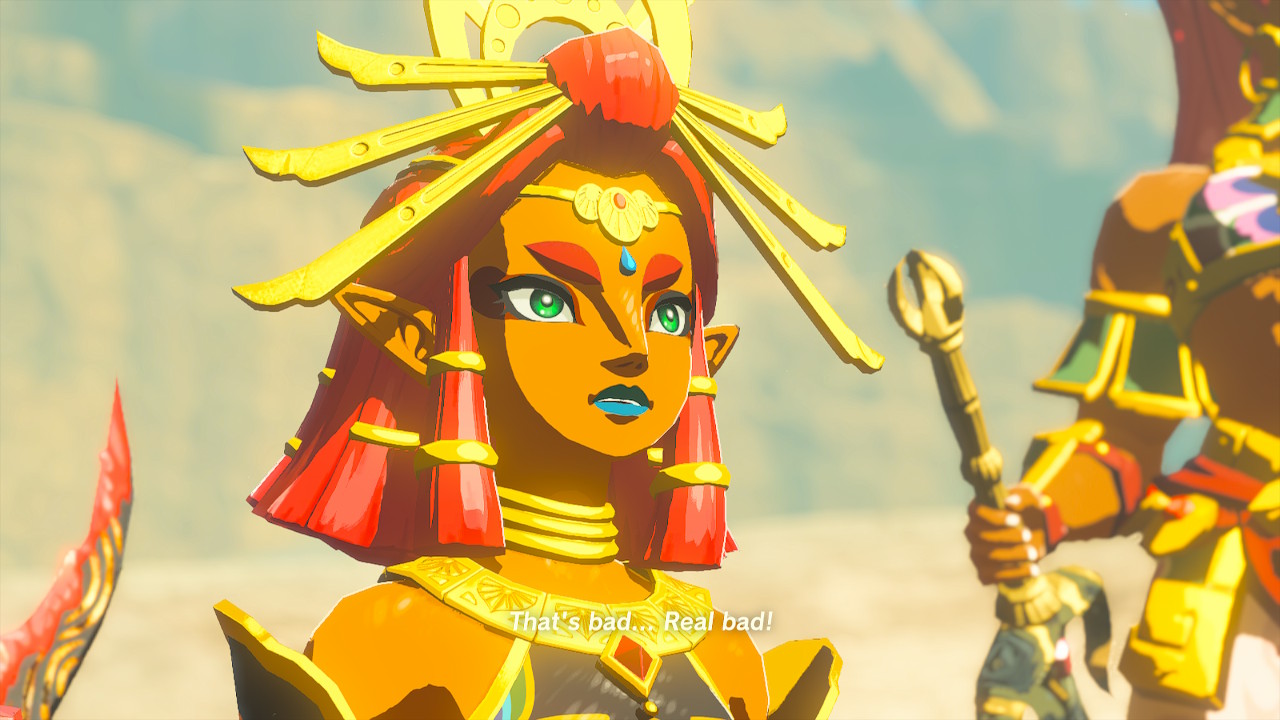
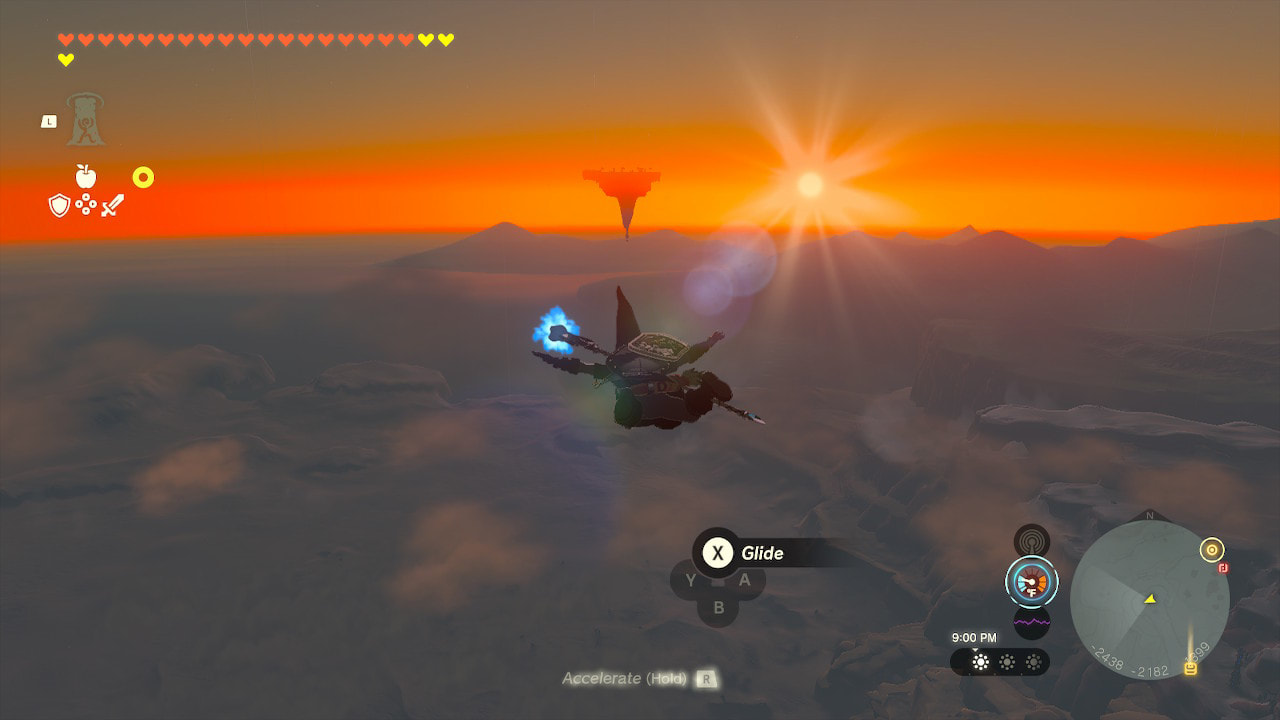

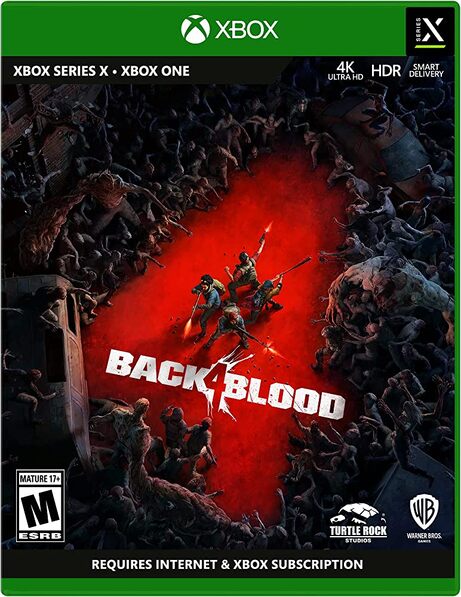
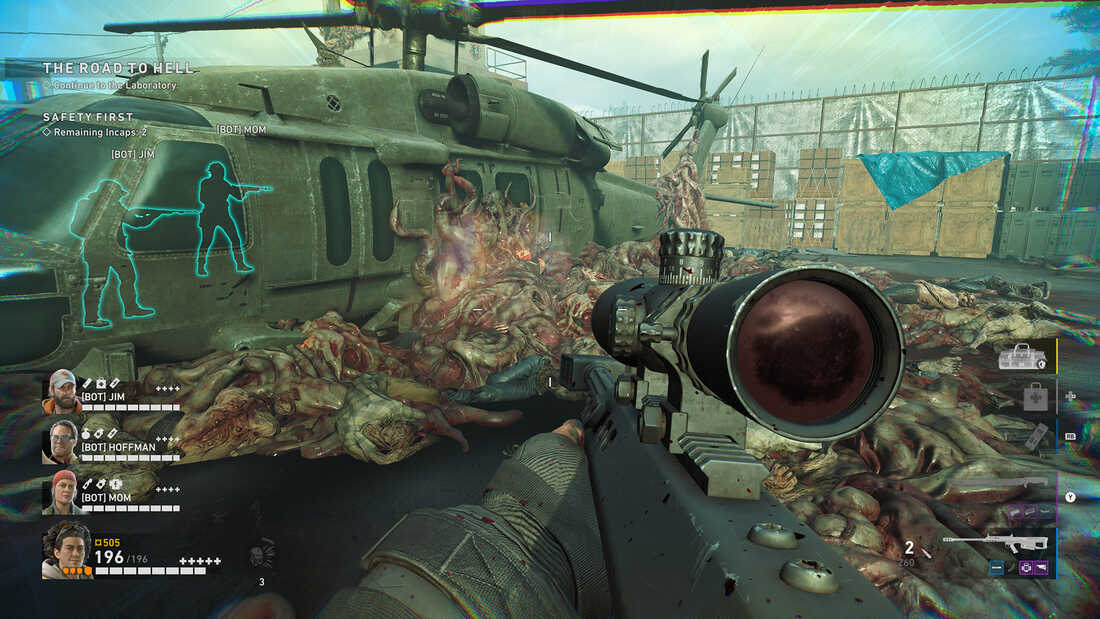
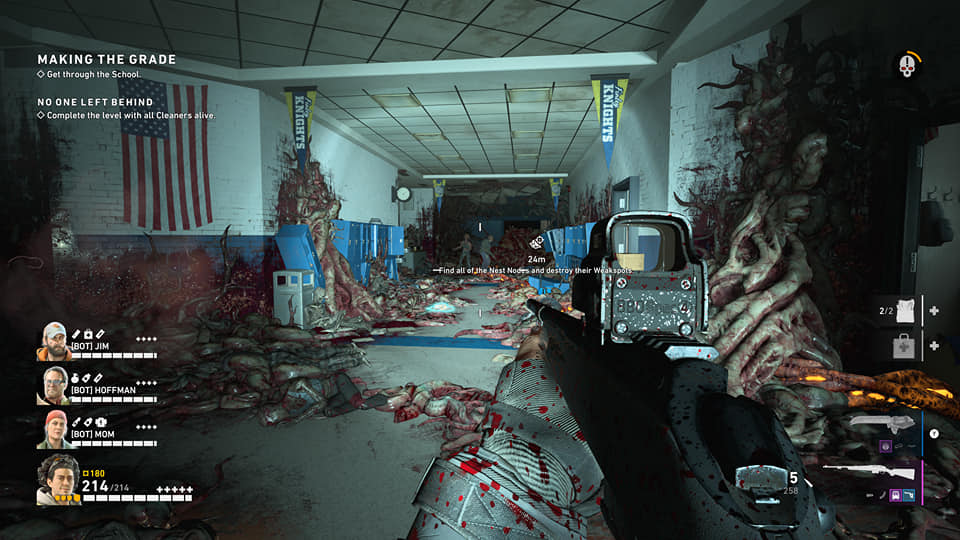
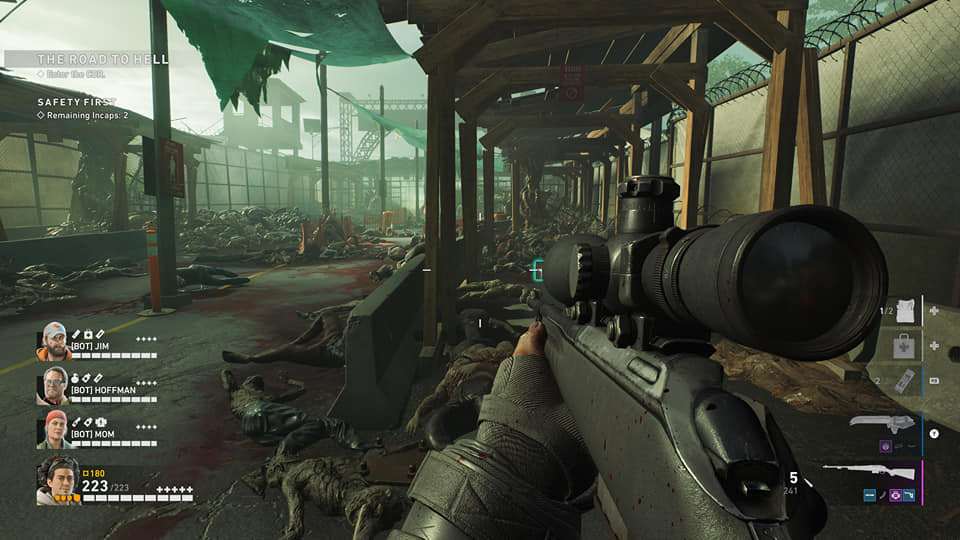
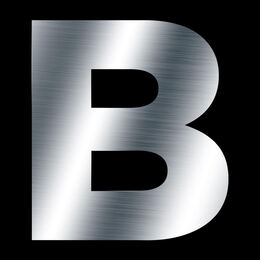
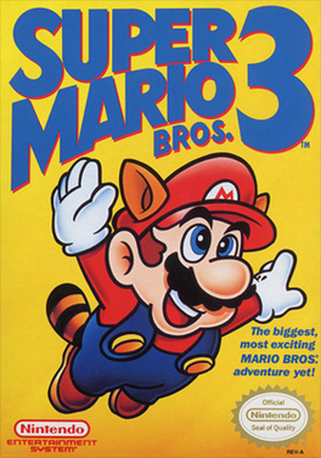
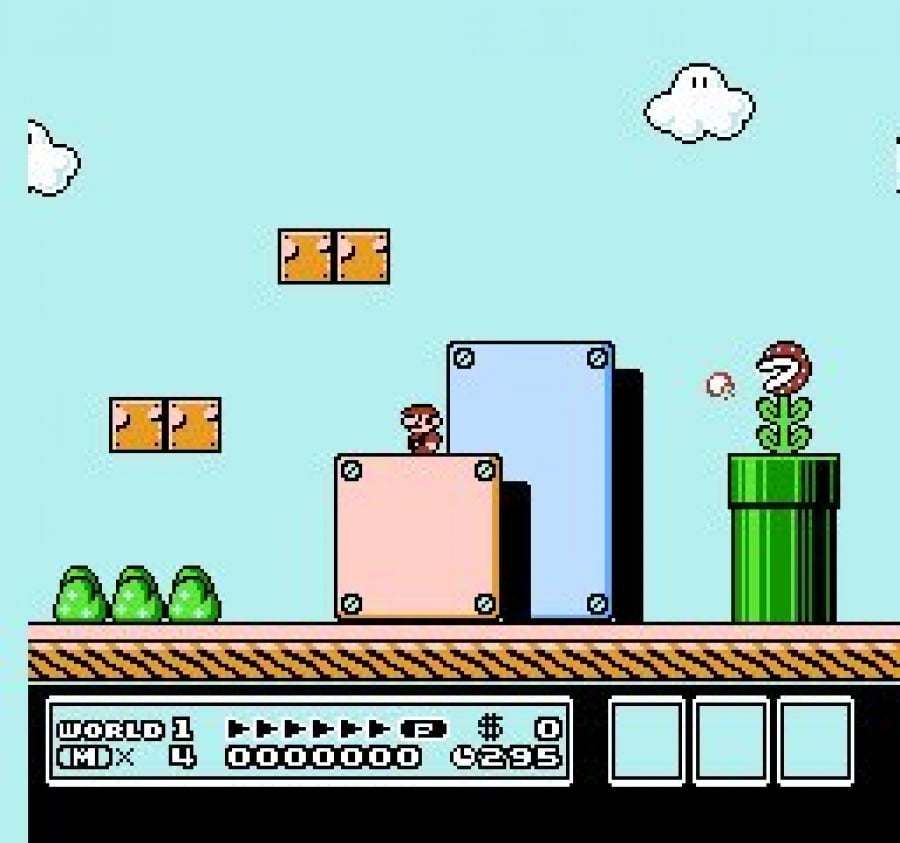

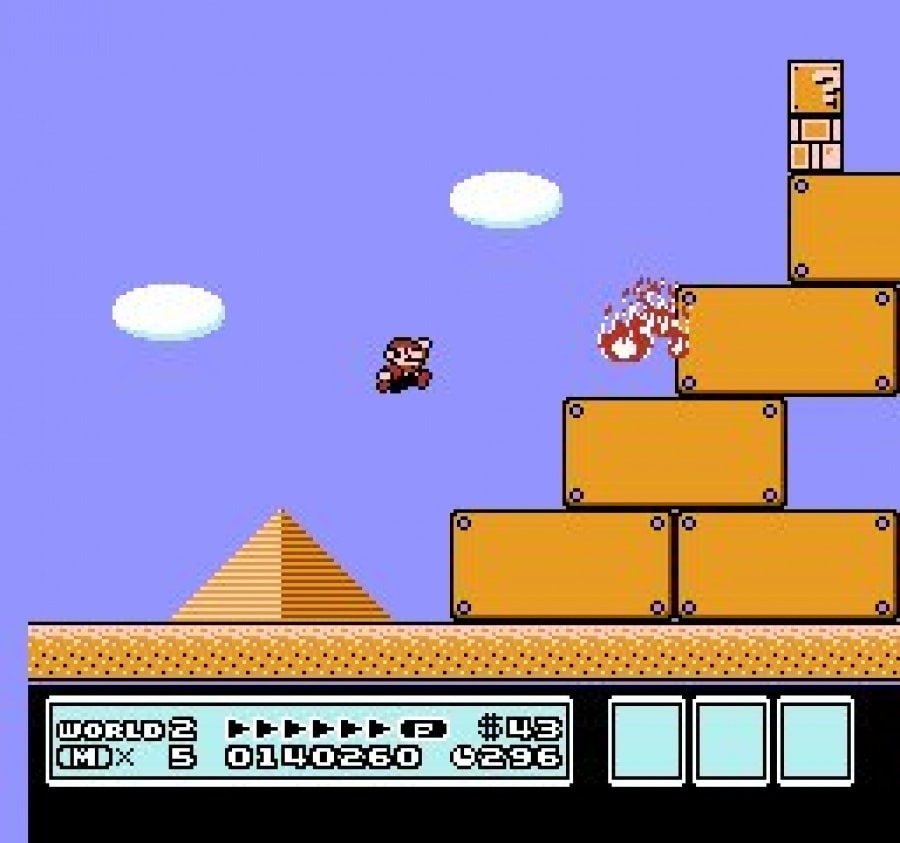

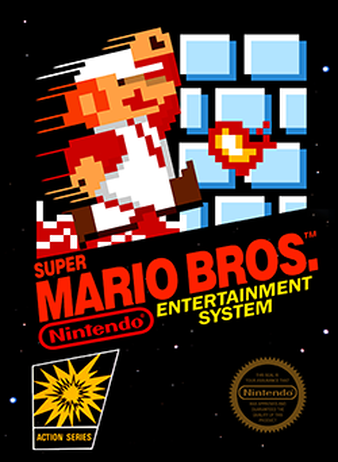
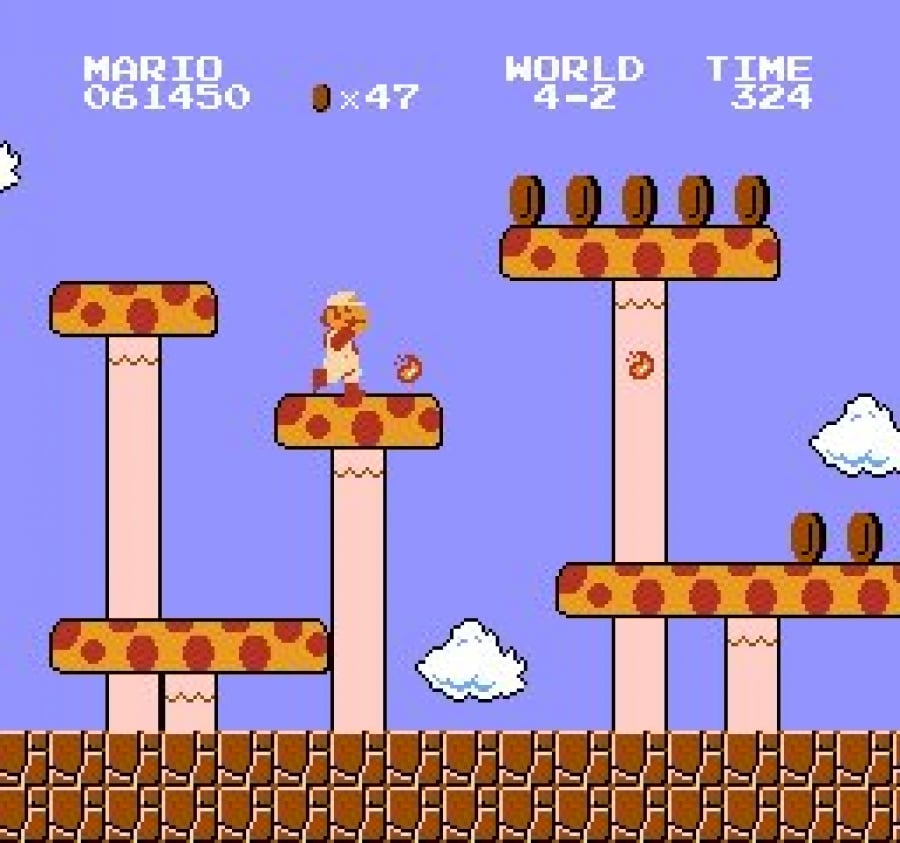
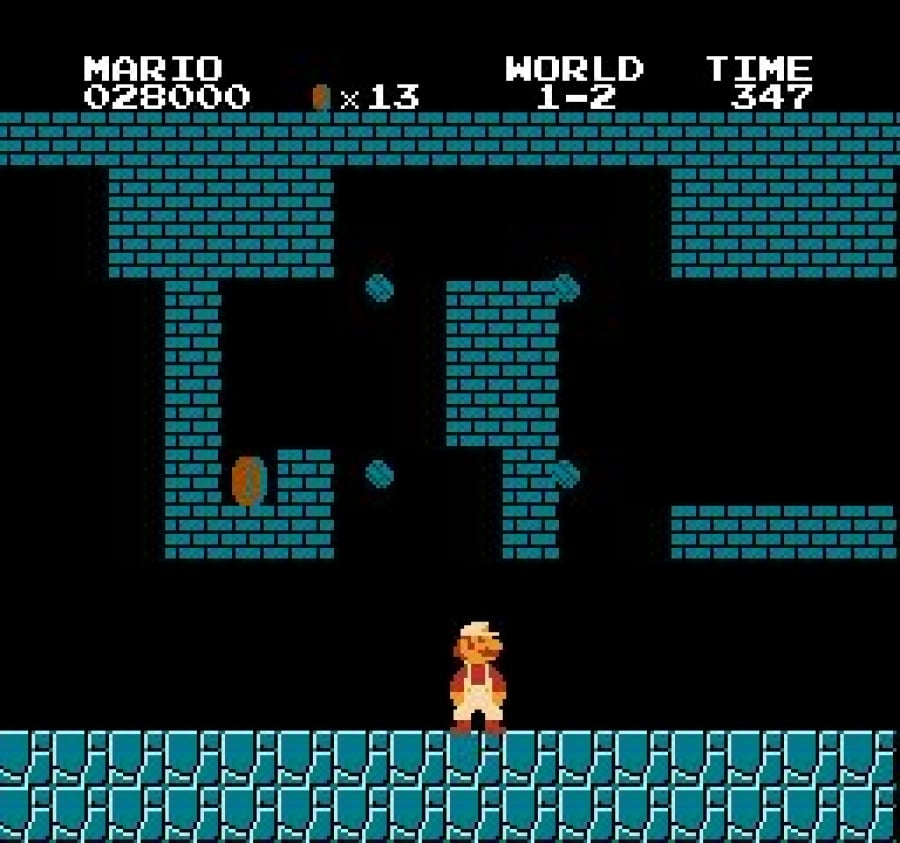

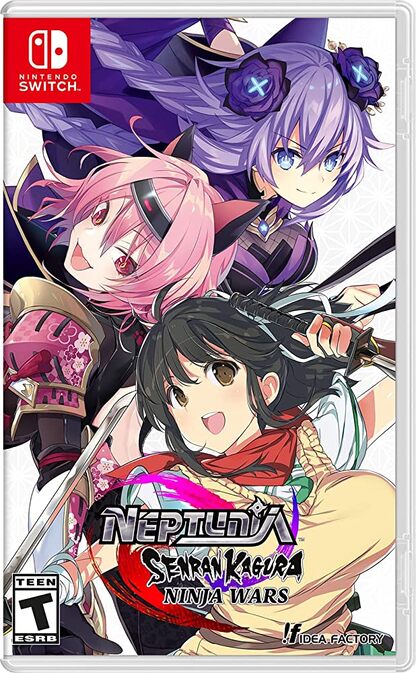
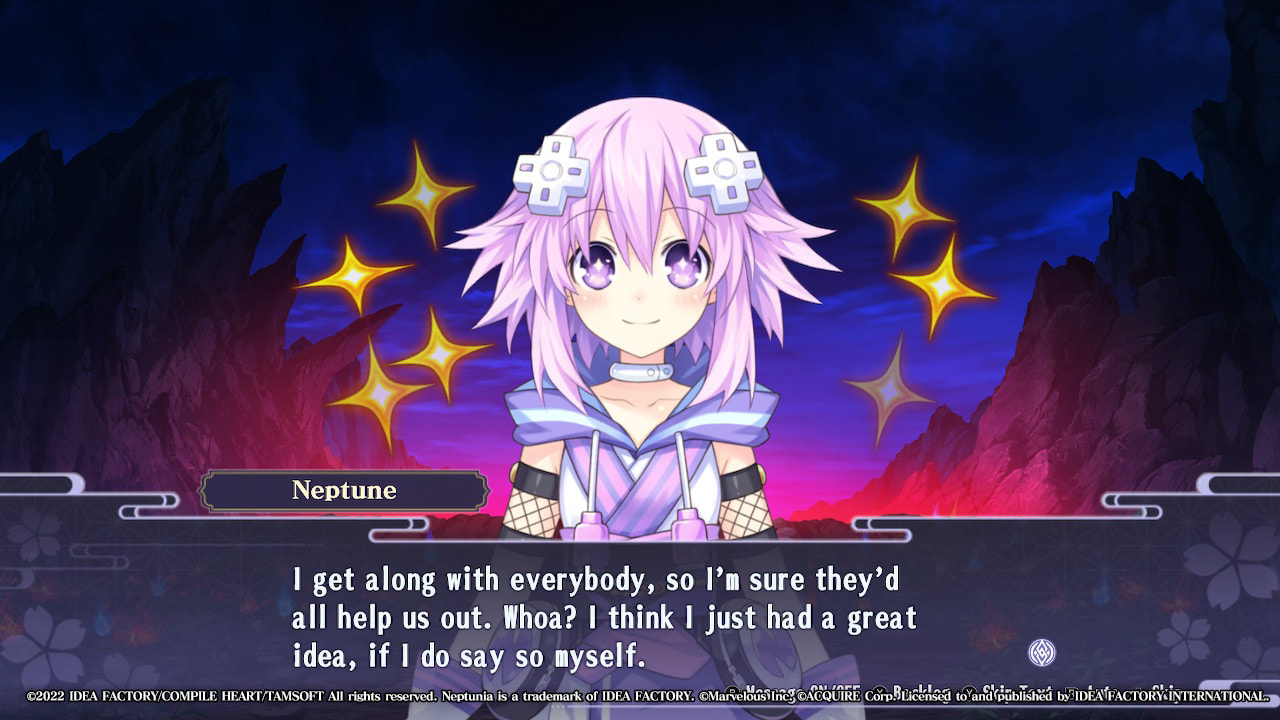
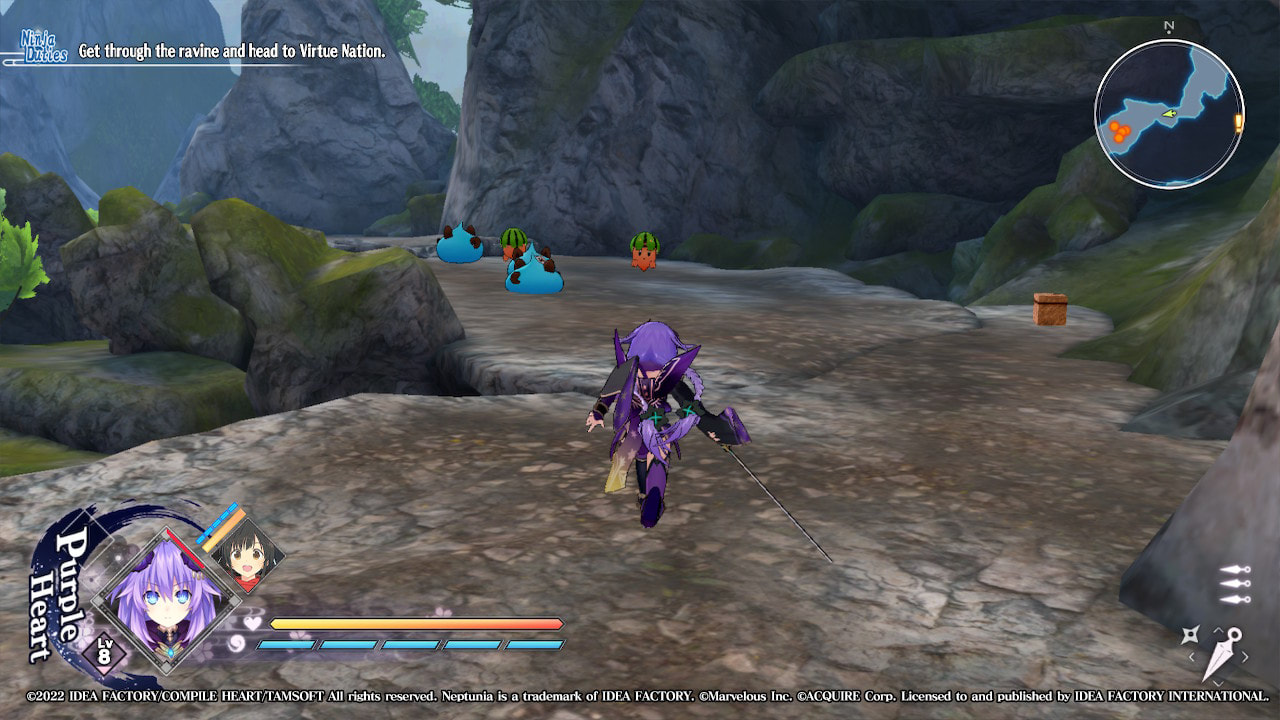

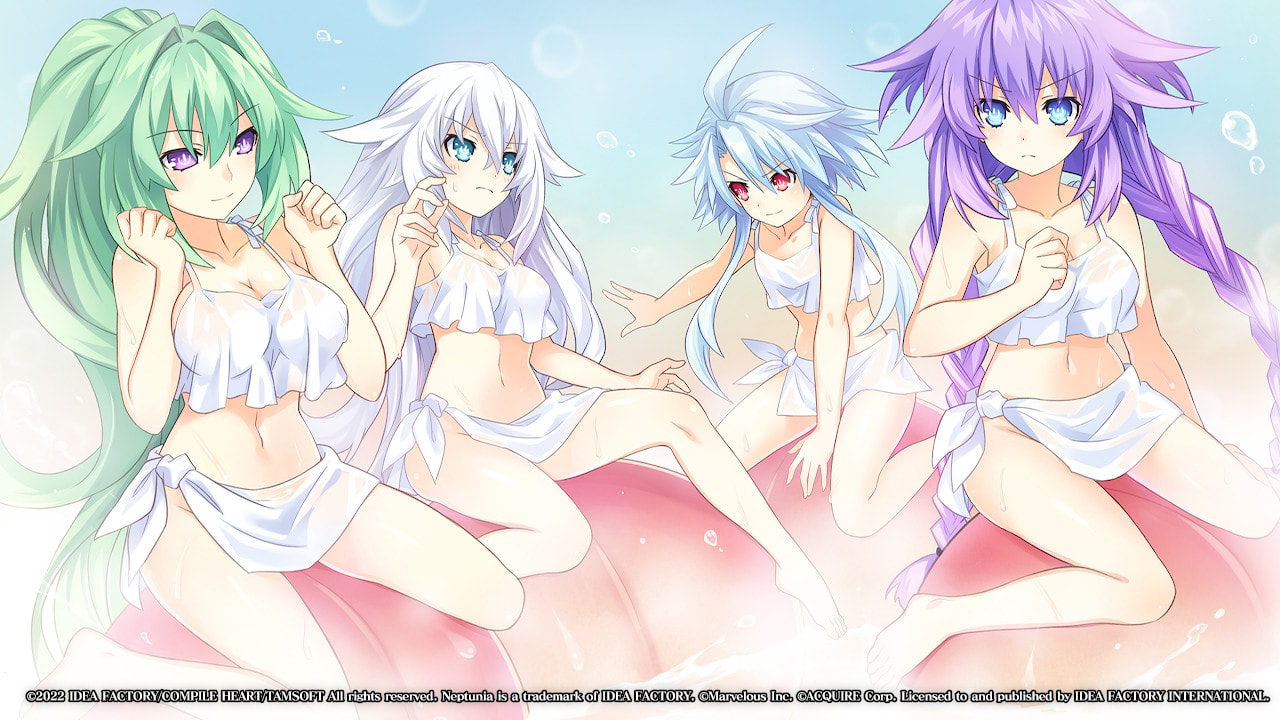
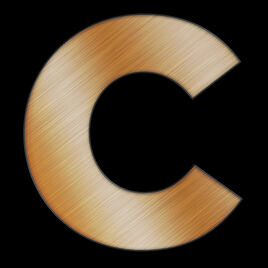
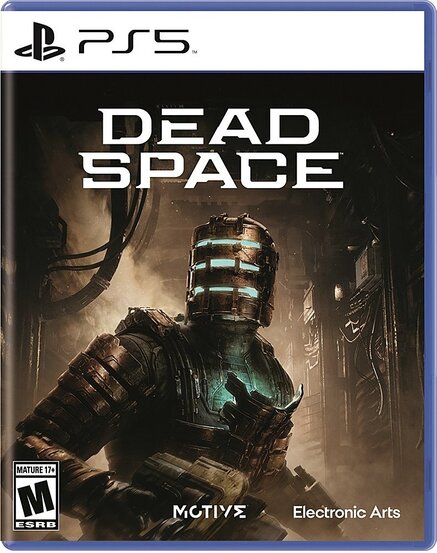
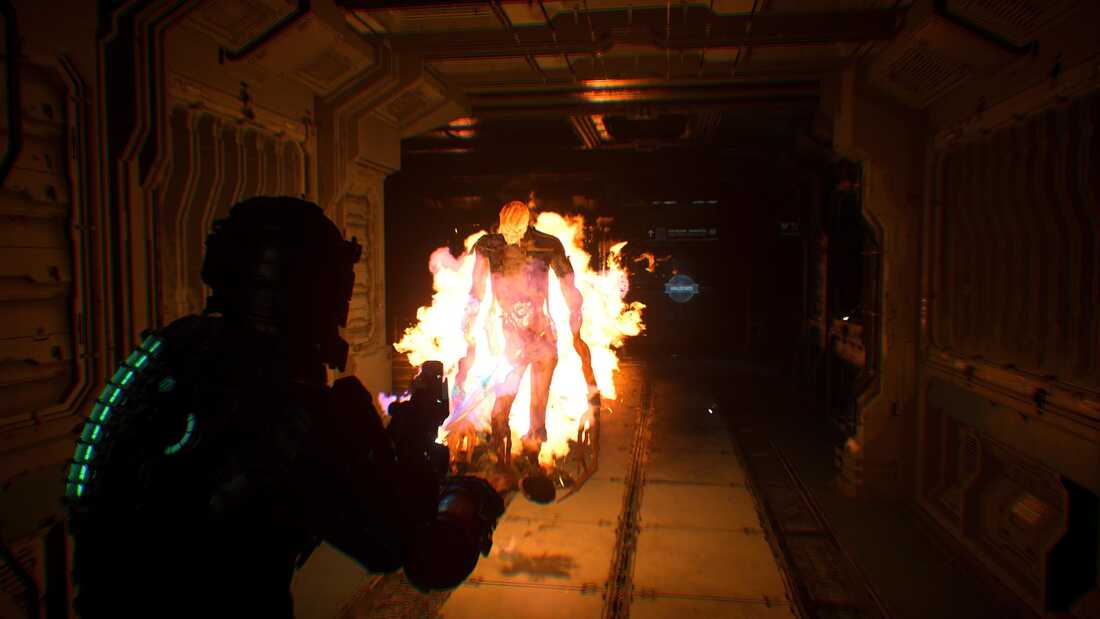
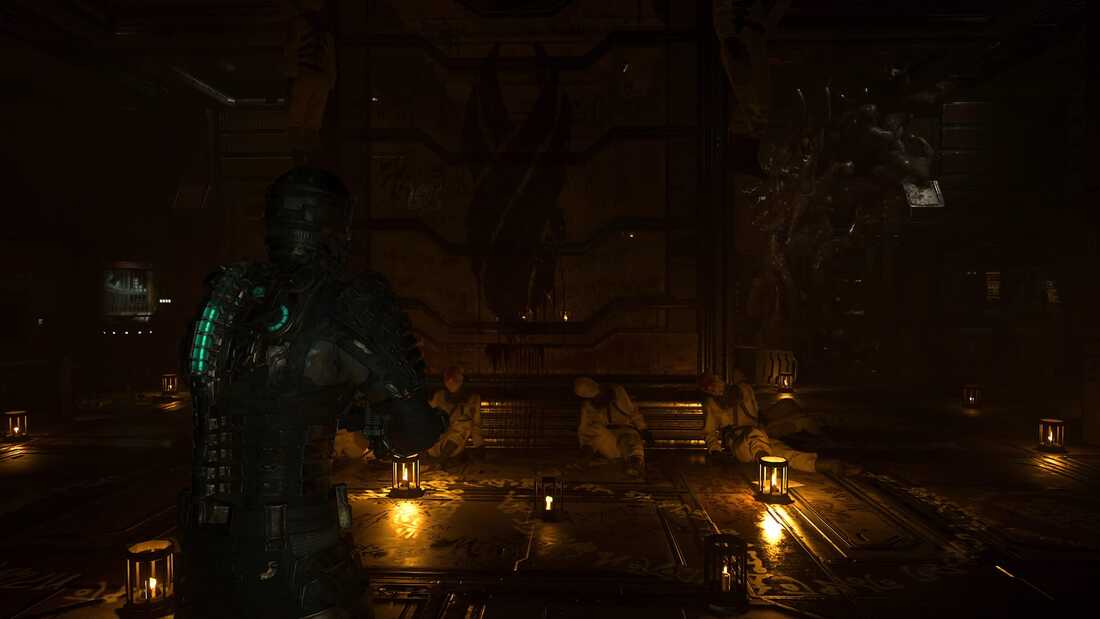
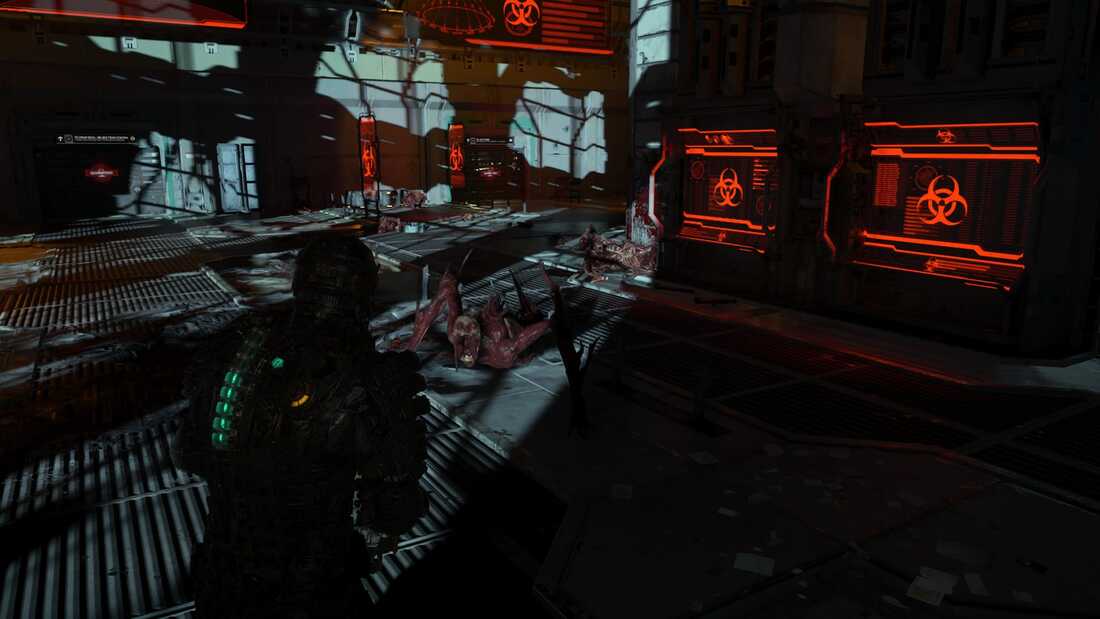
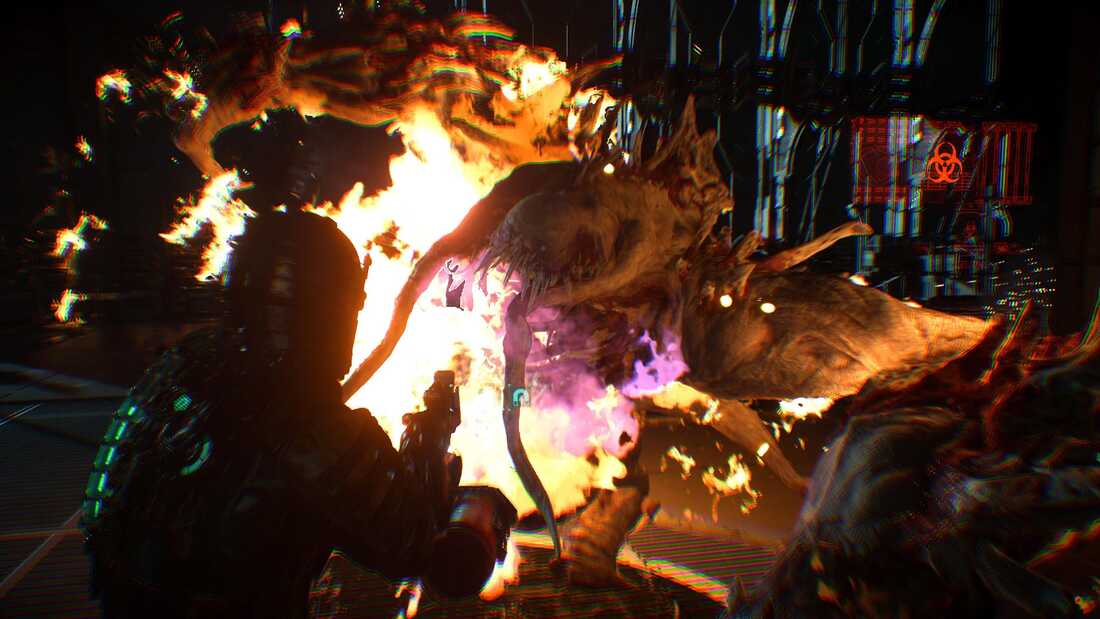

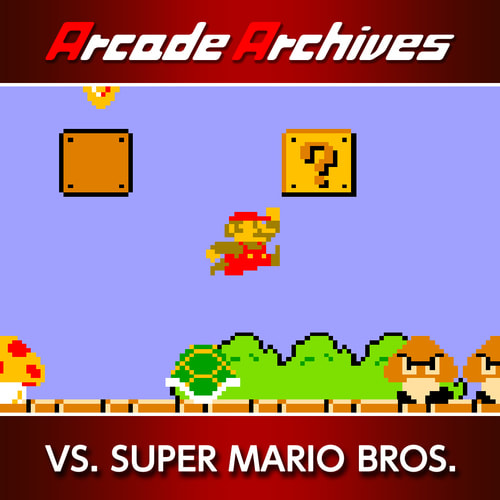
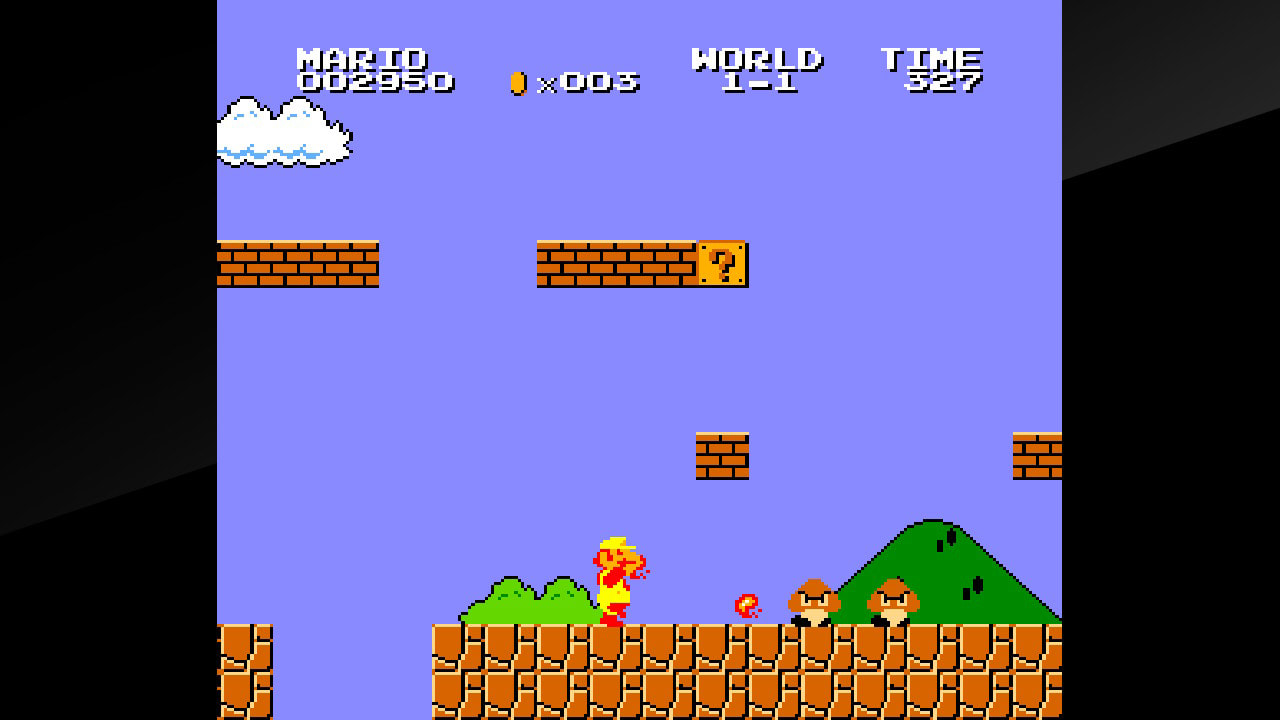
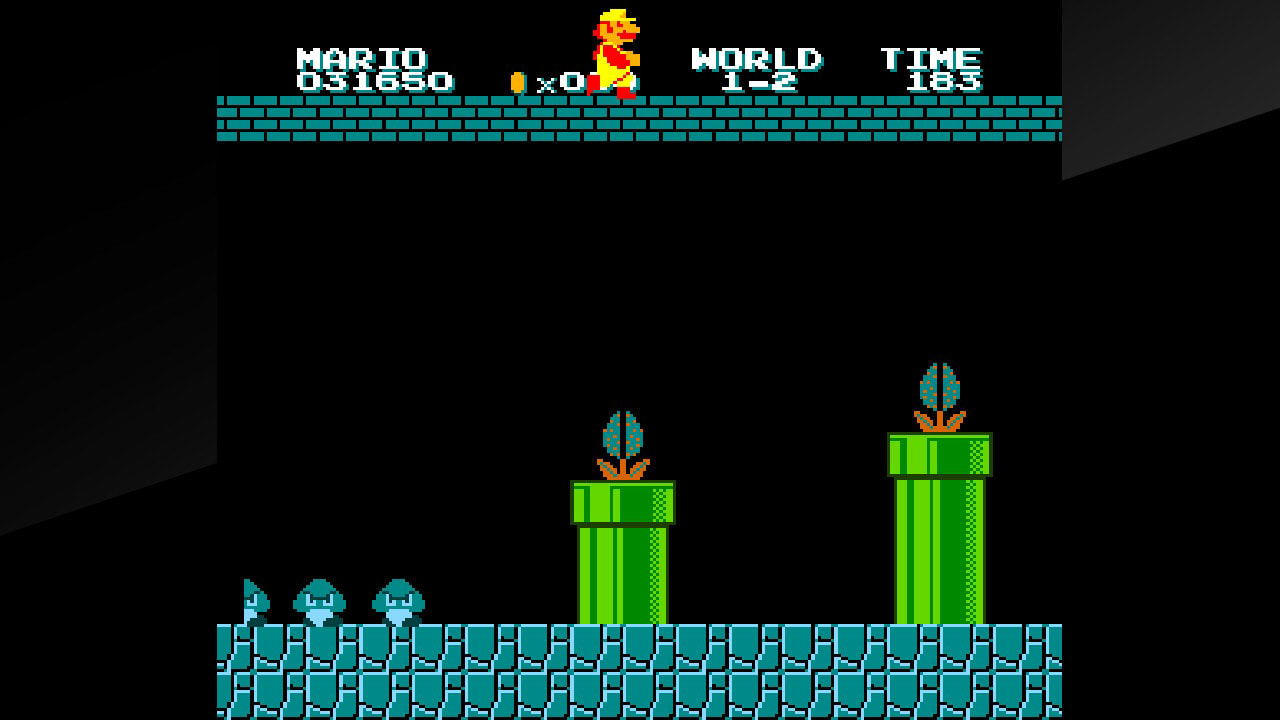

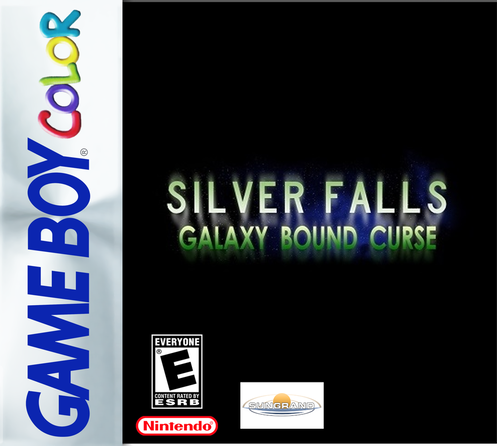
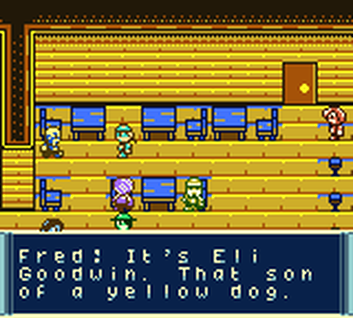
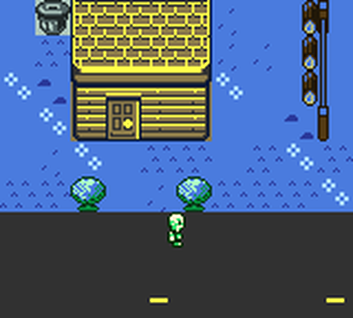
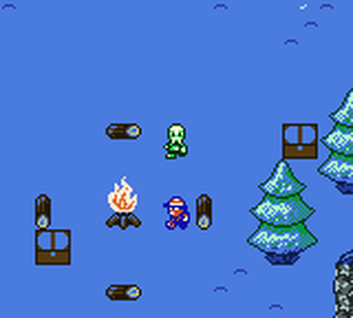
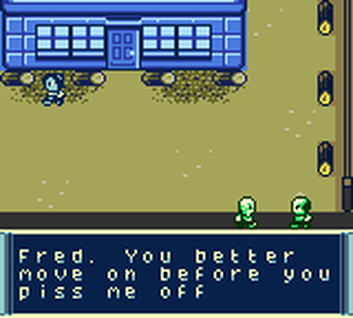
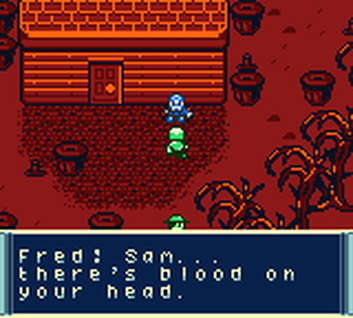
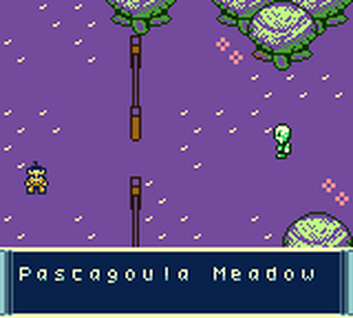
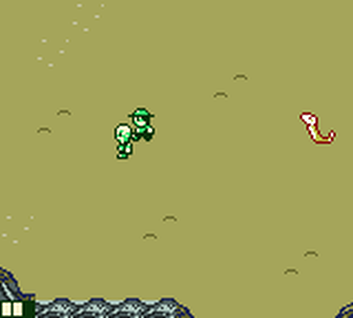
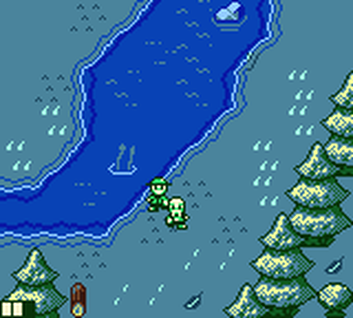
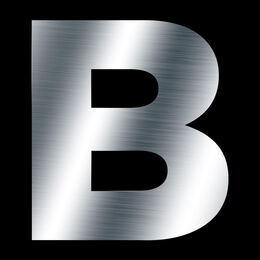
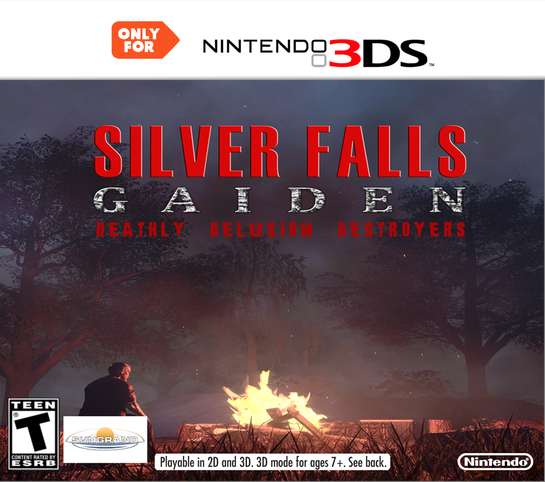
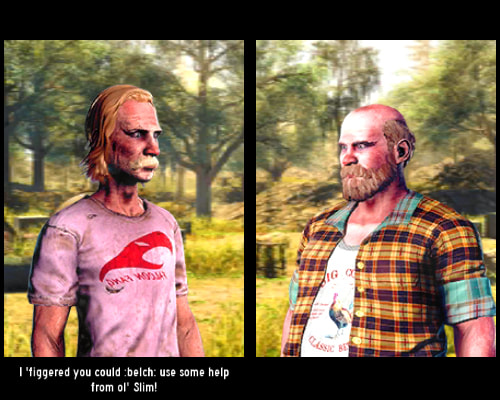
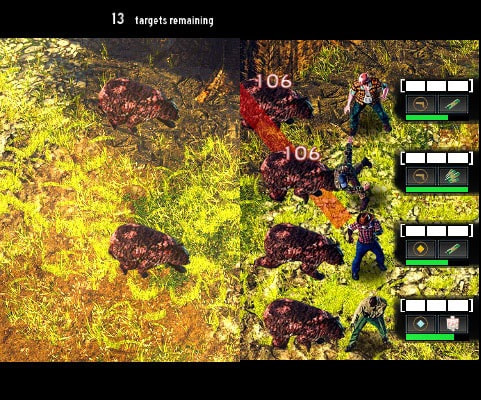
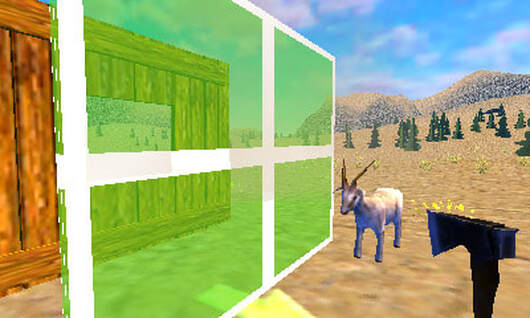
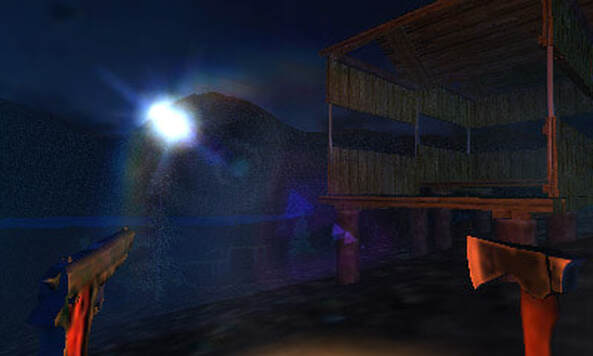
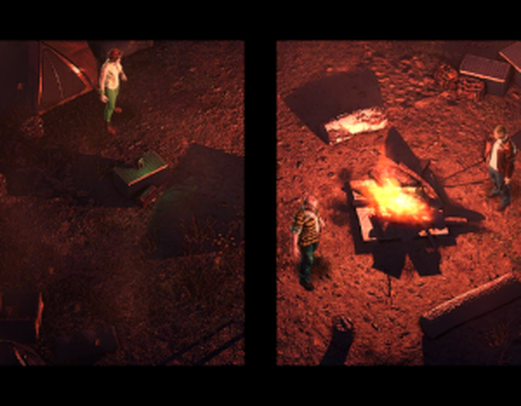

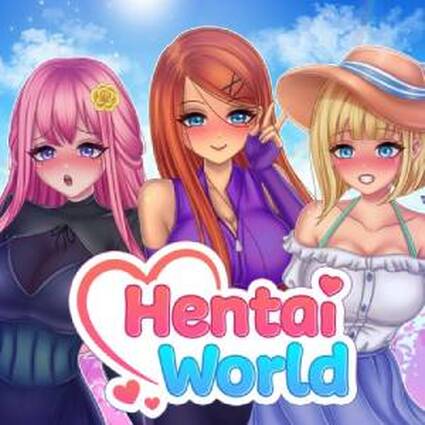
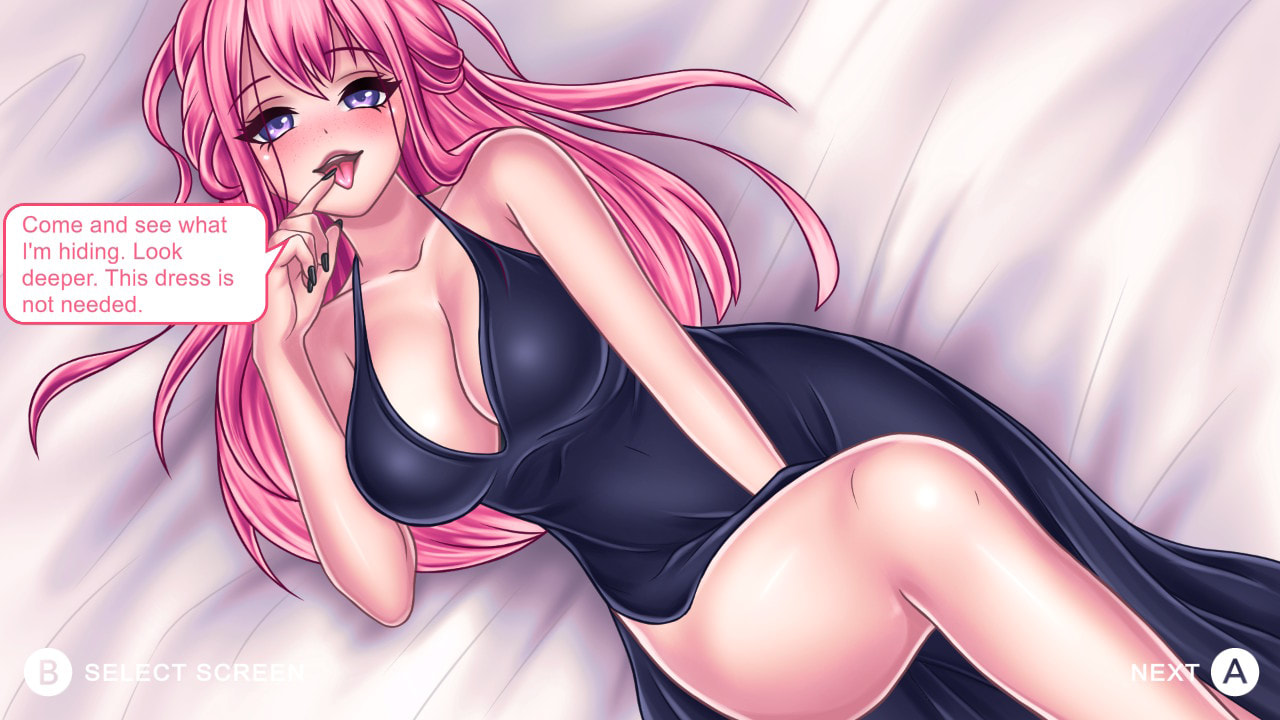
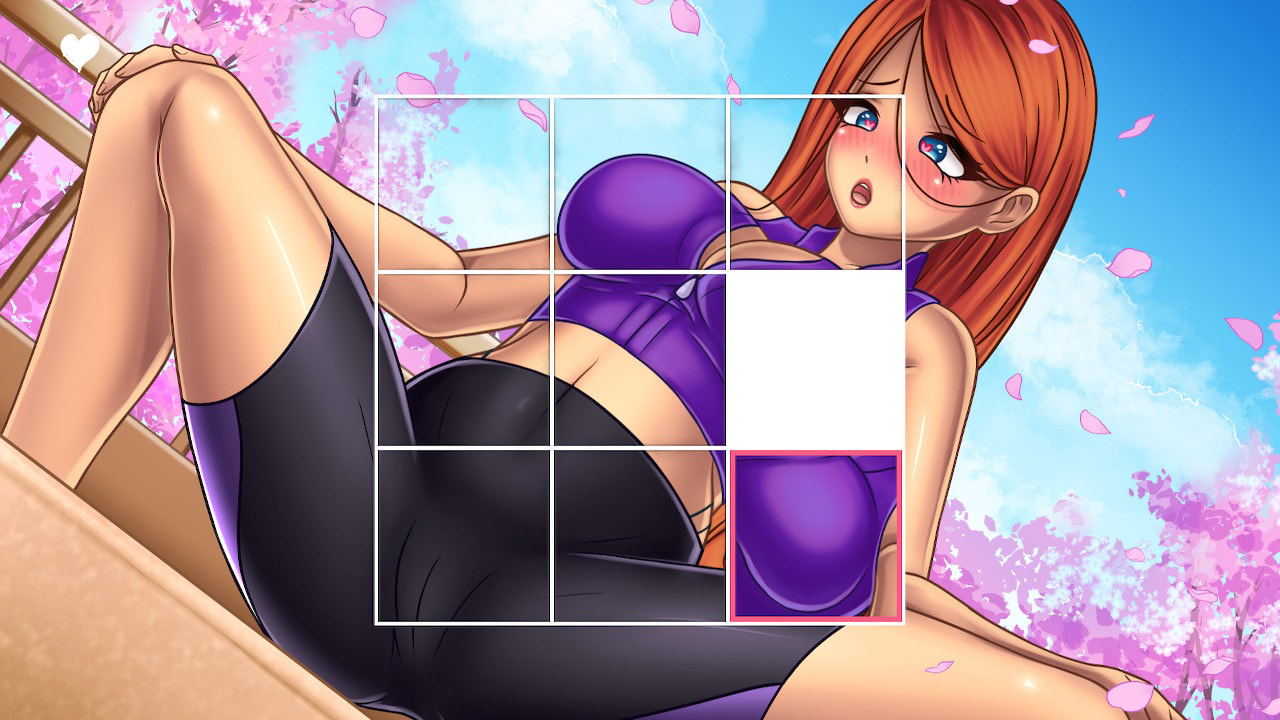
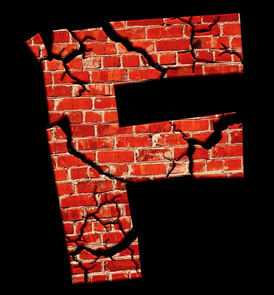
 RSS Feed
RSS Feed
